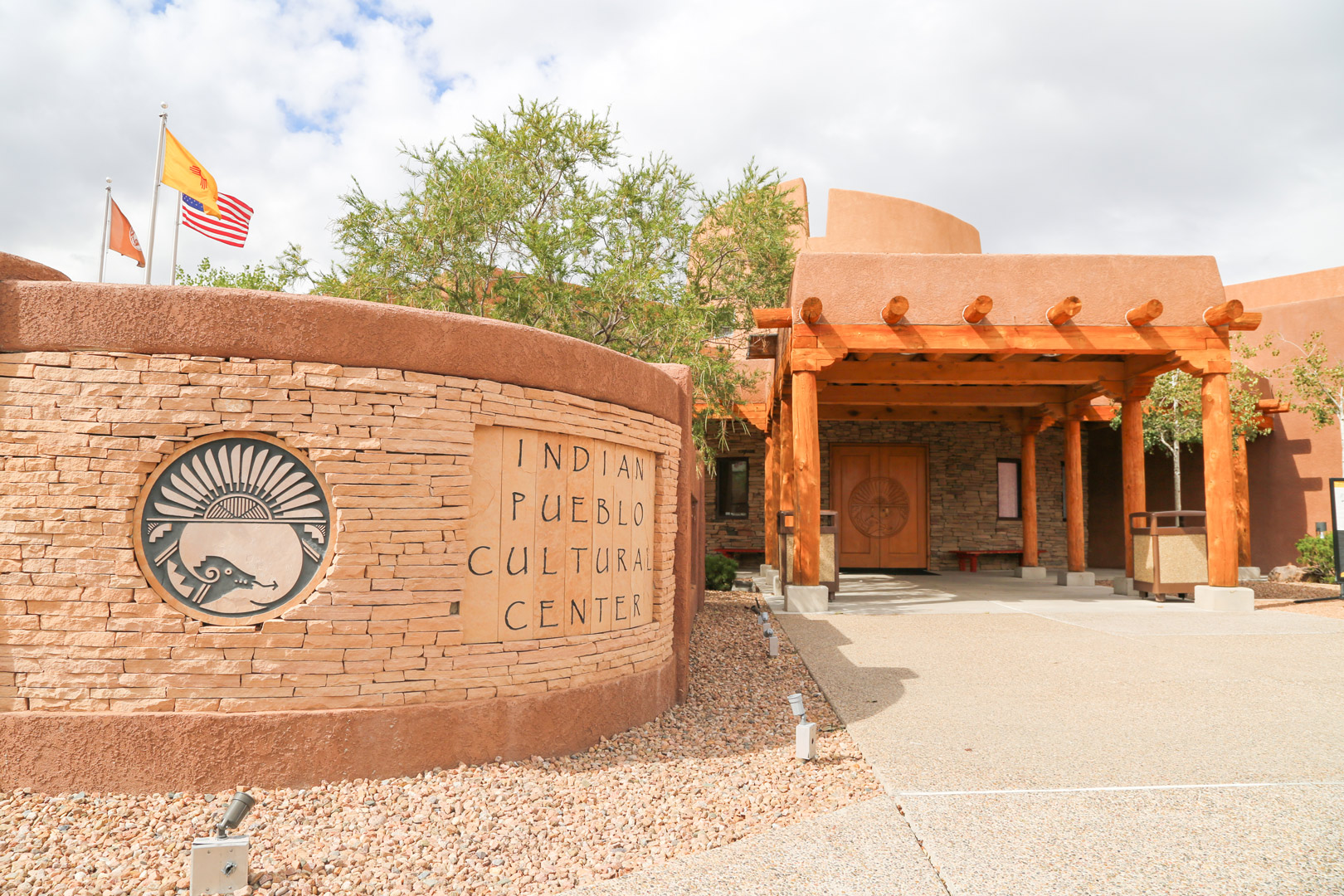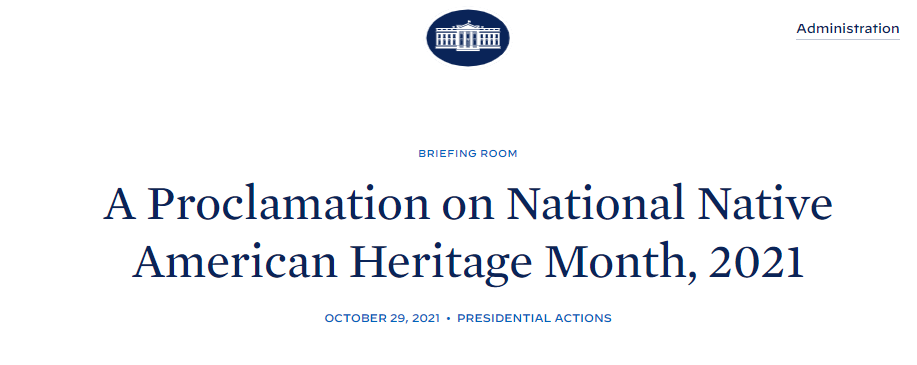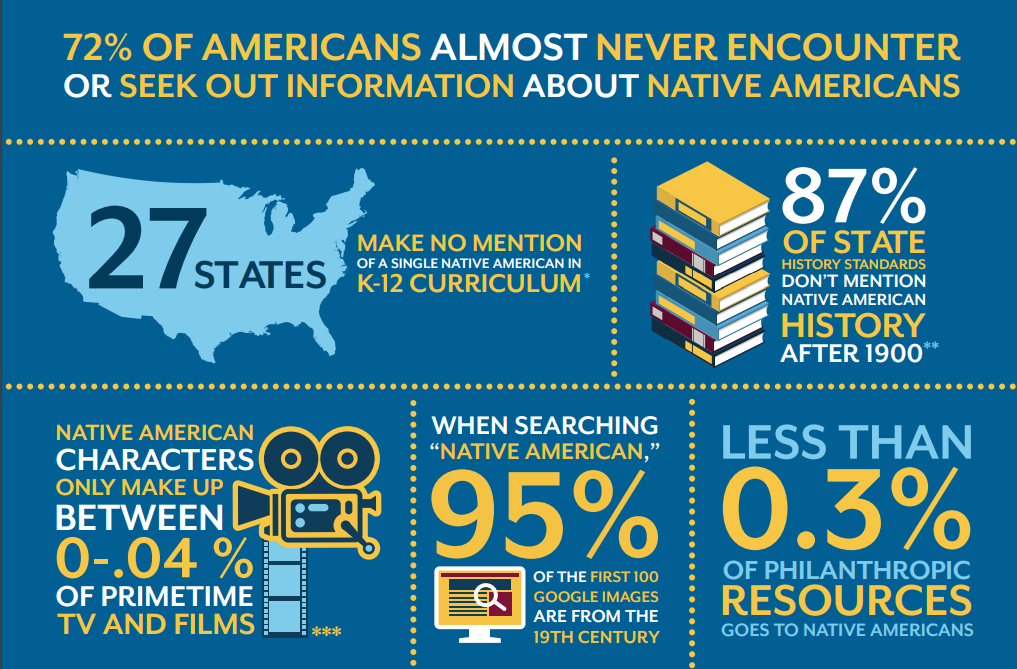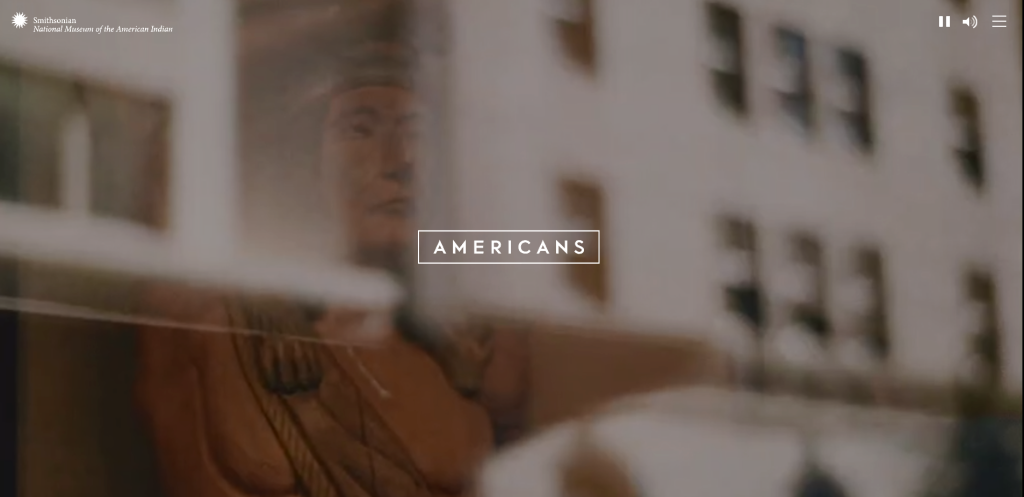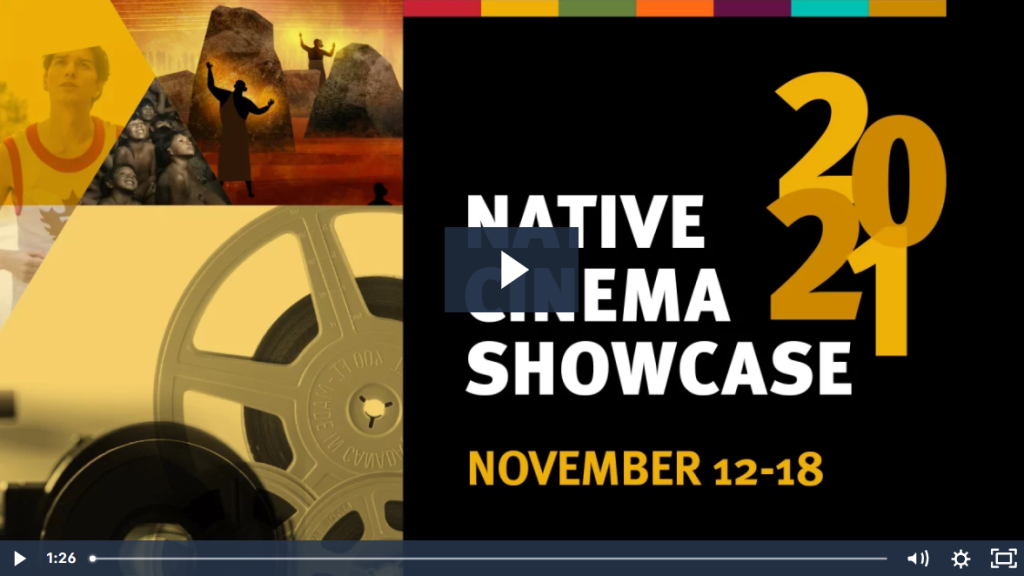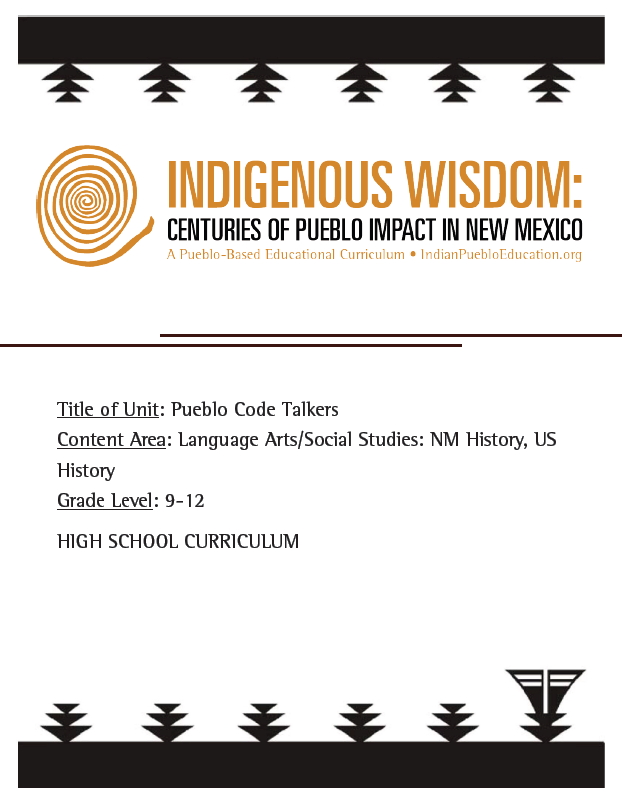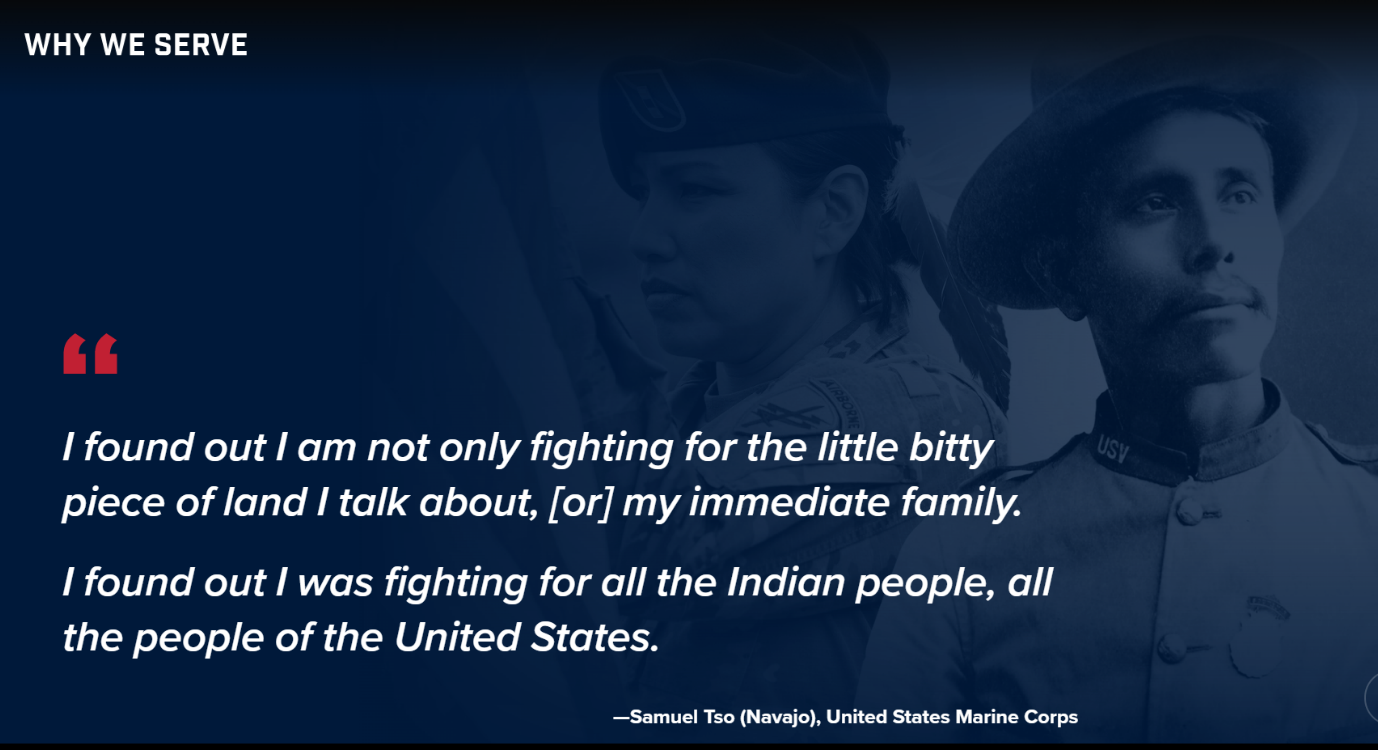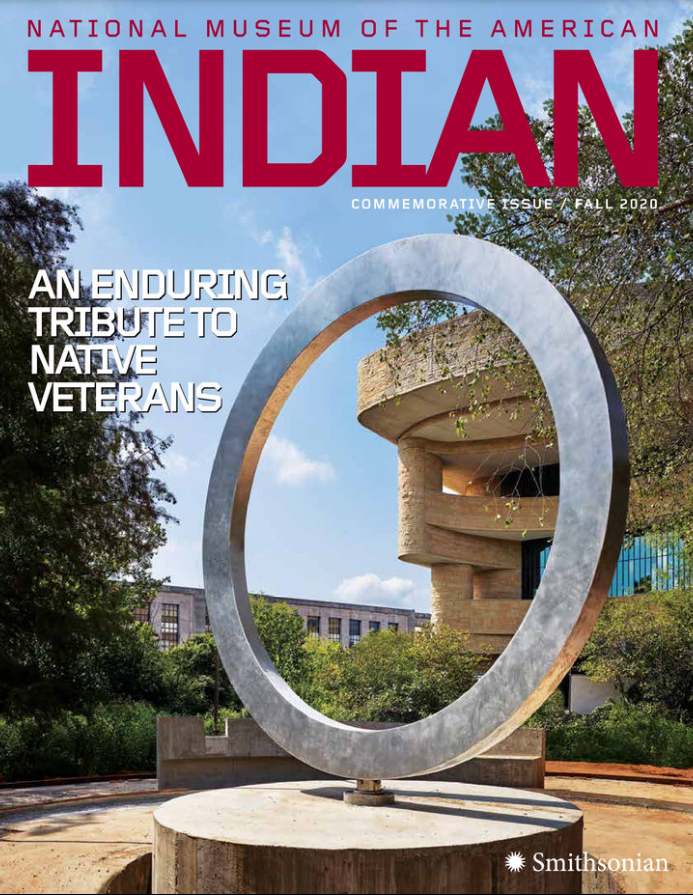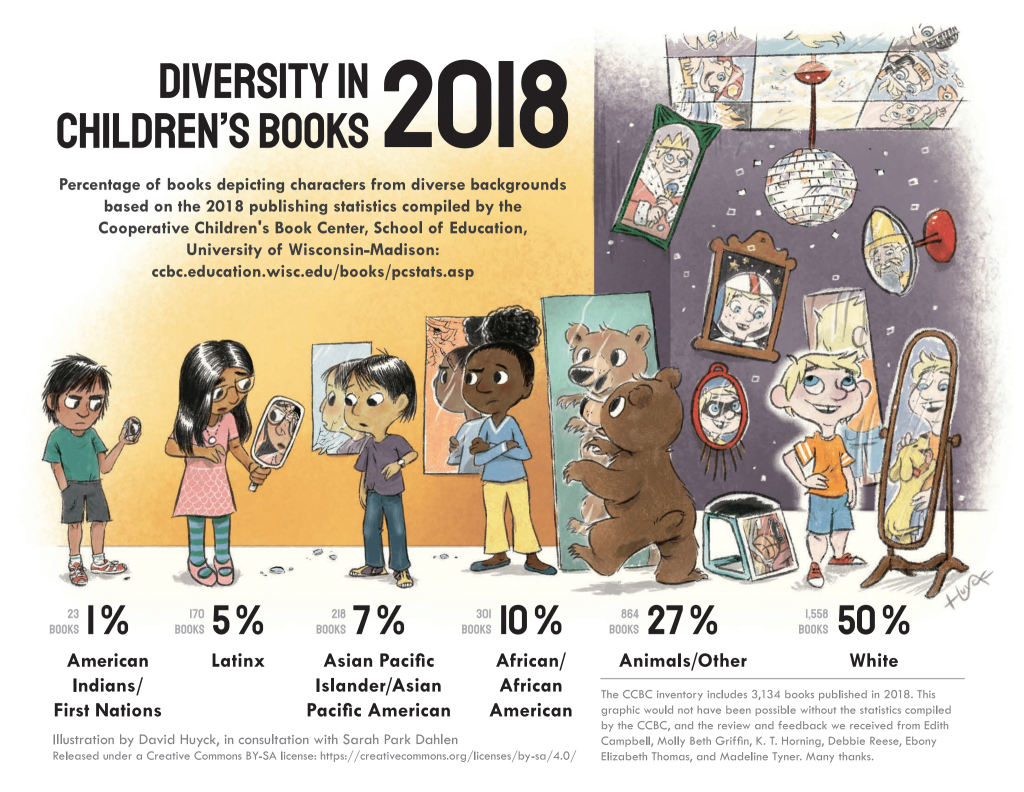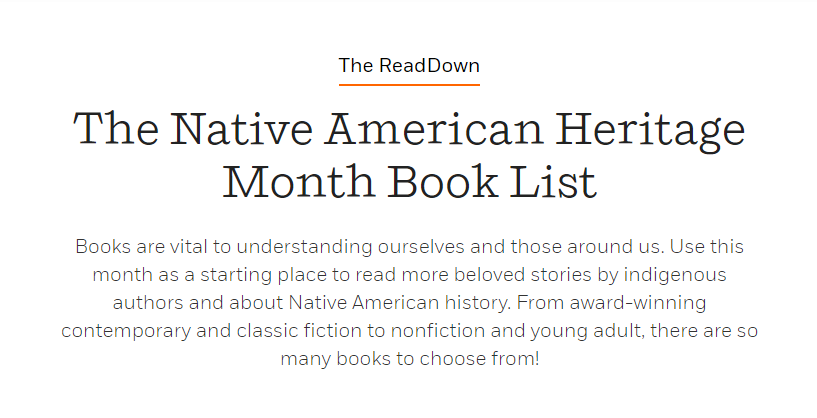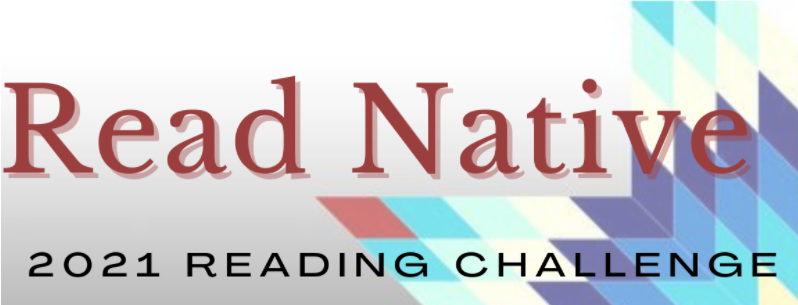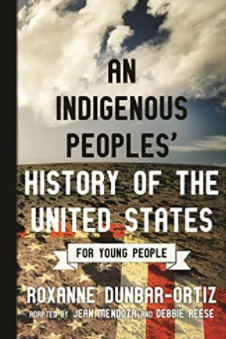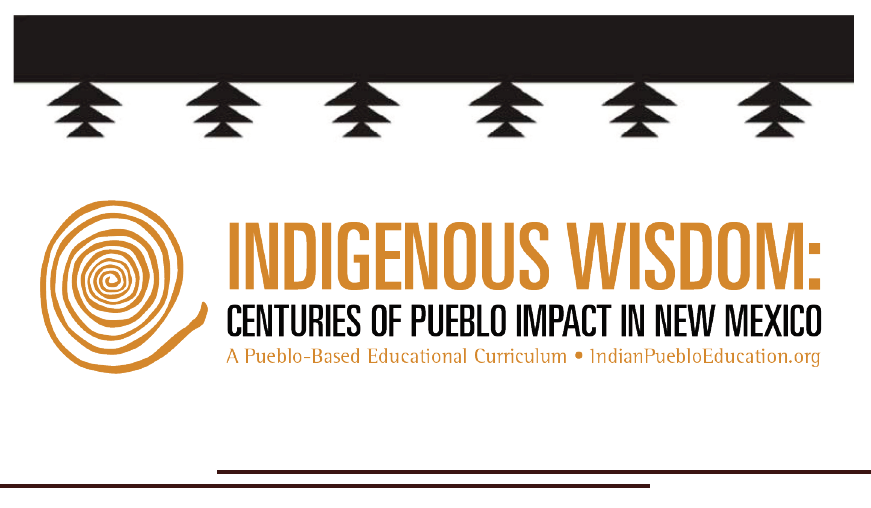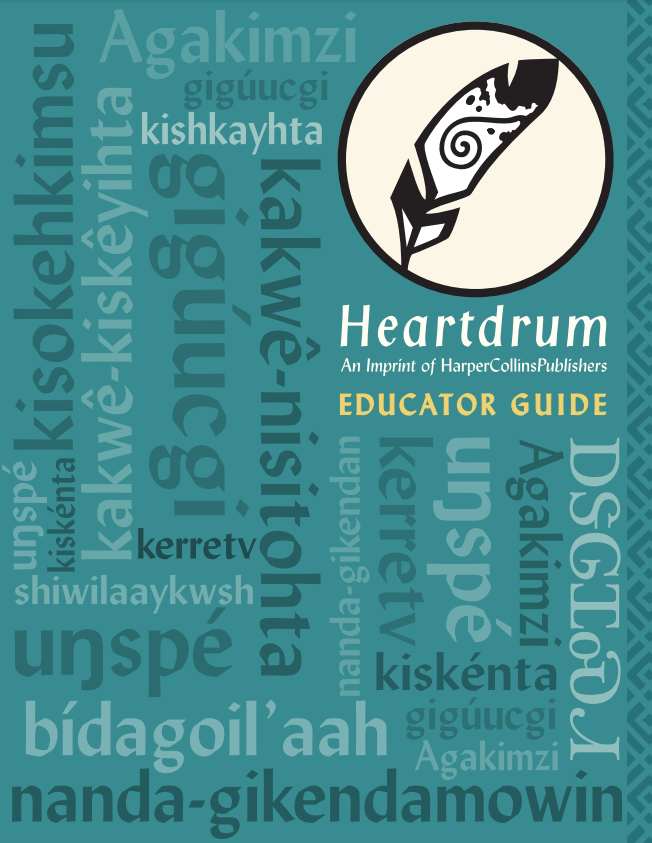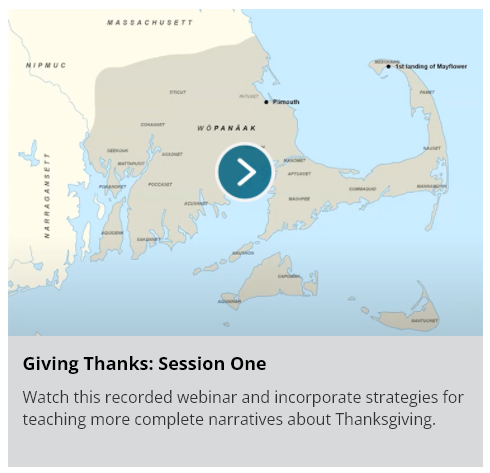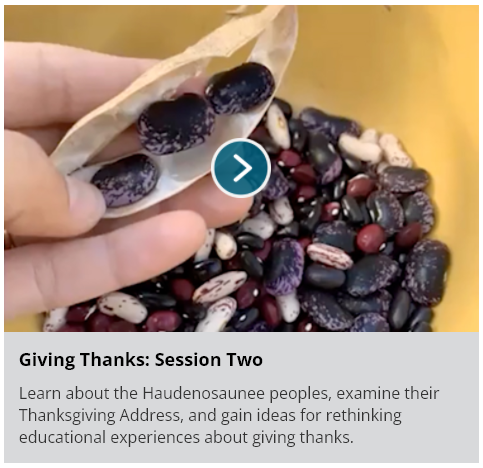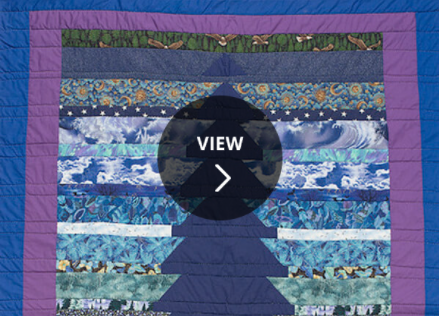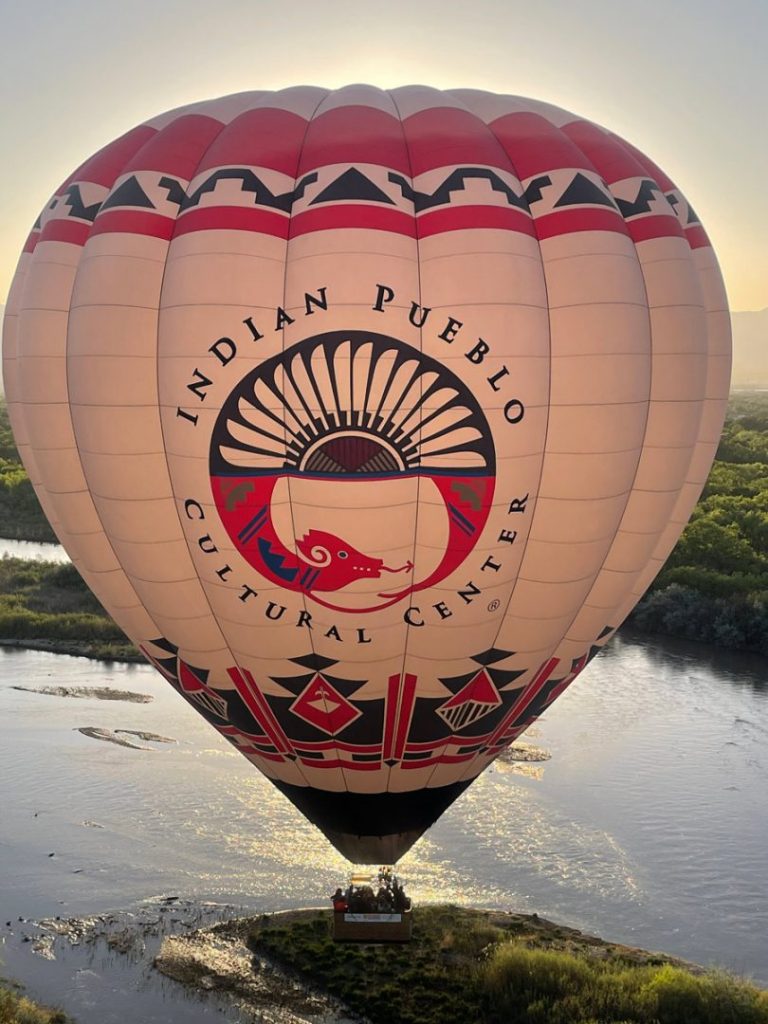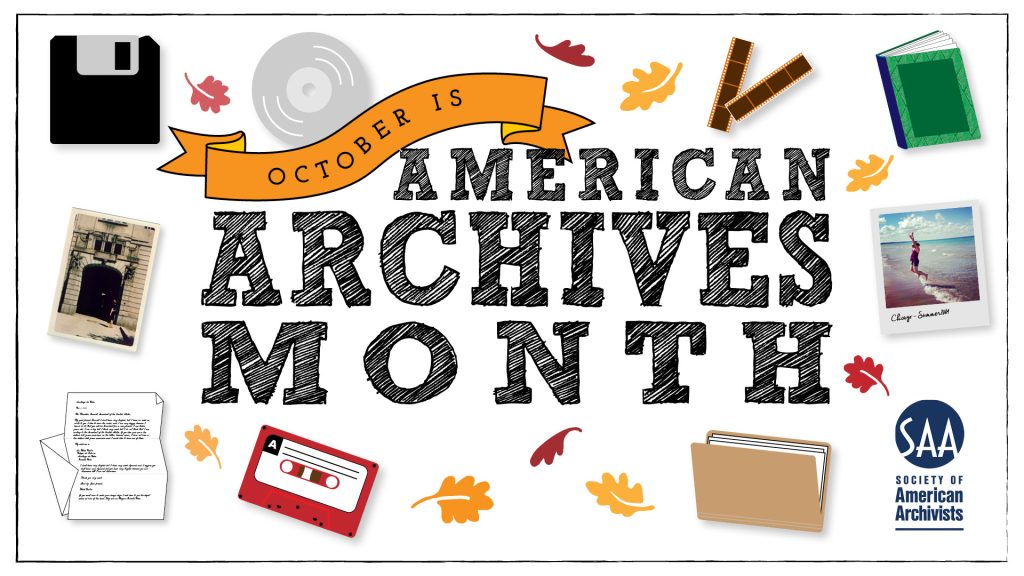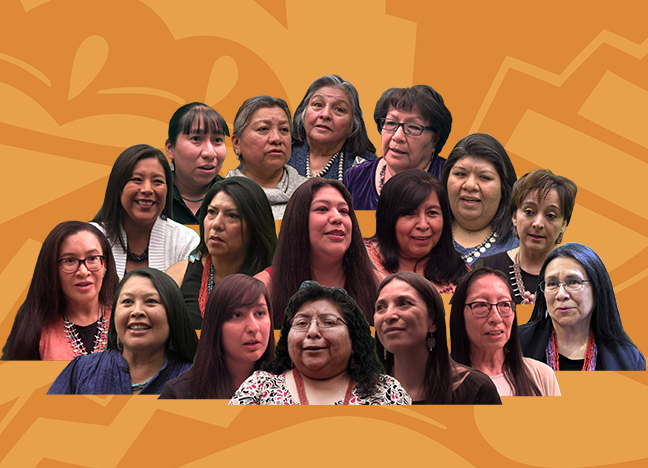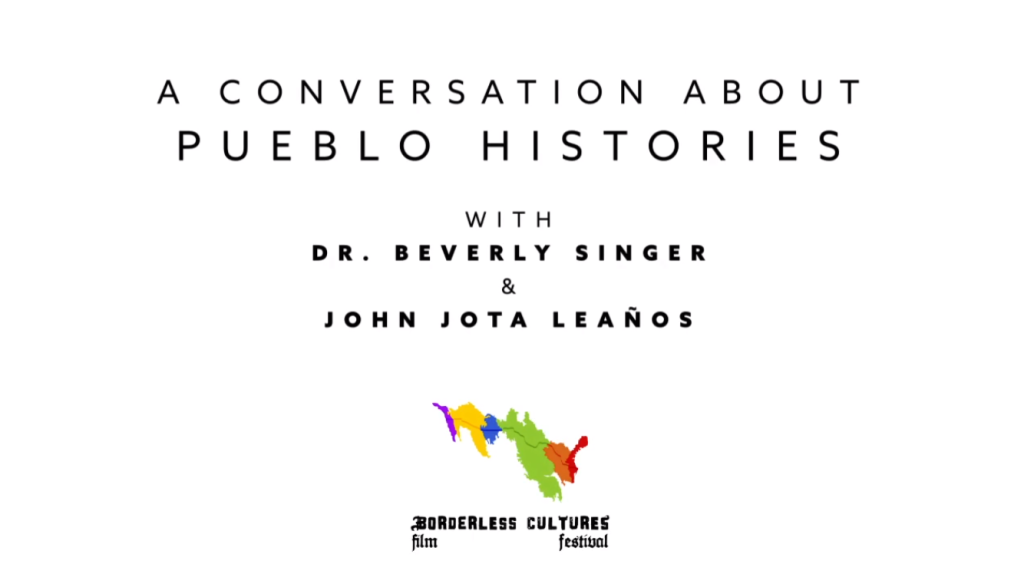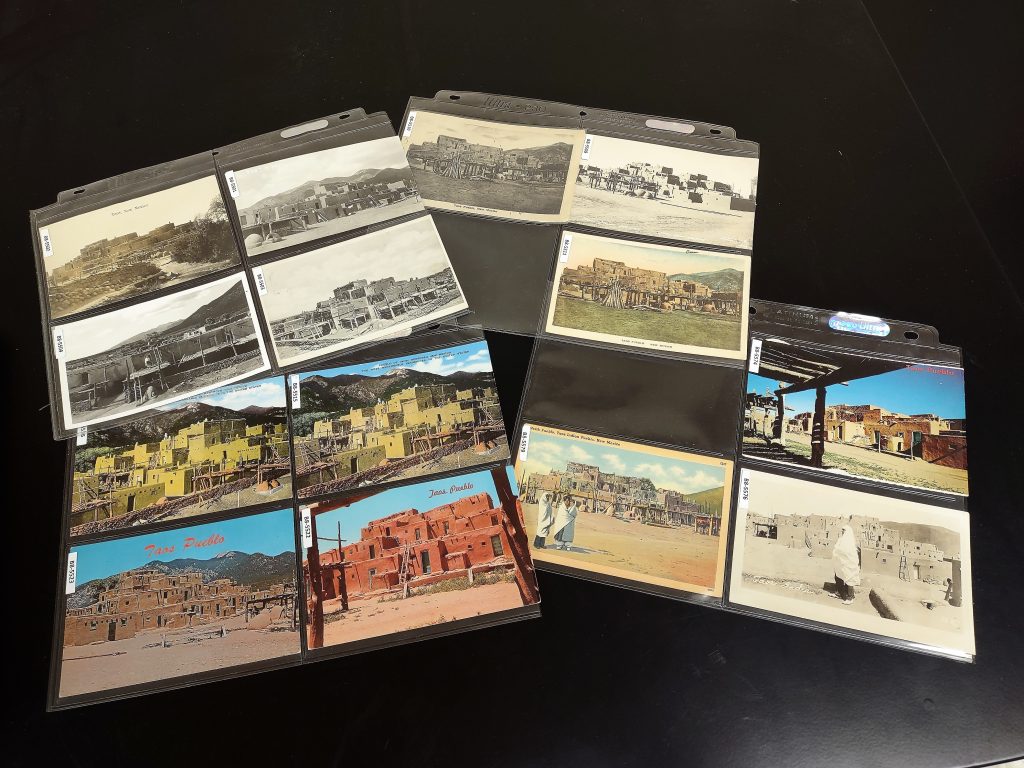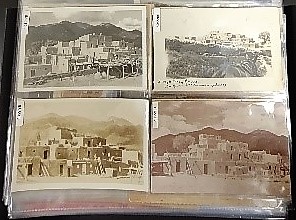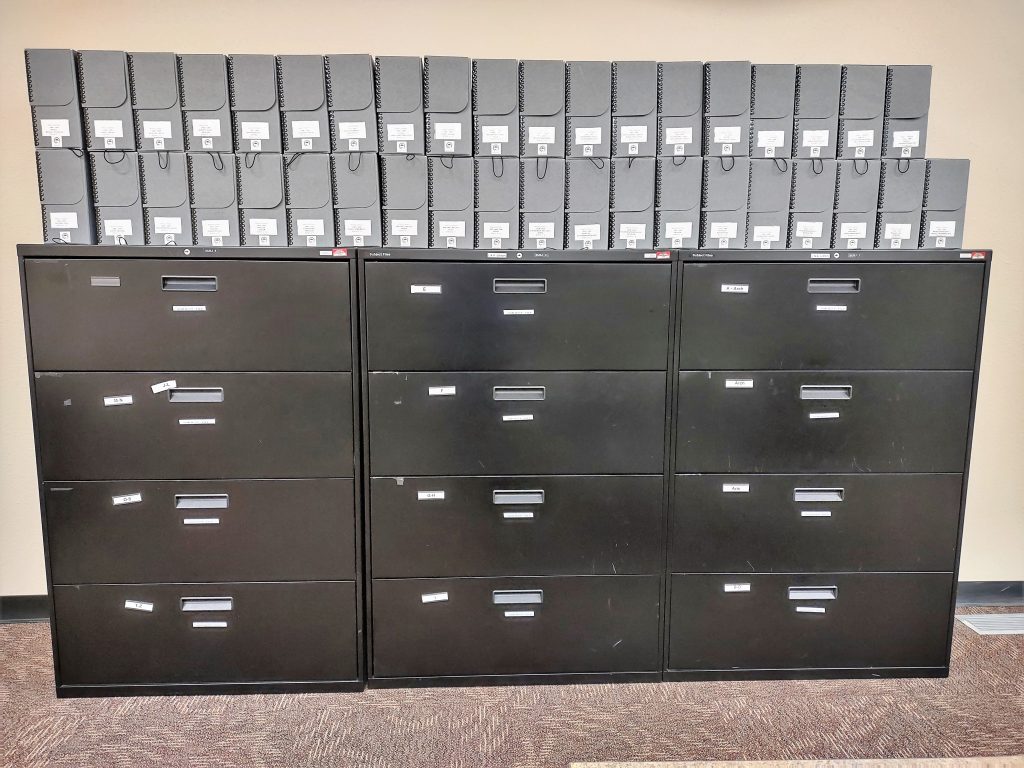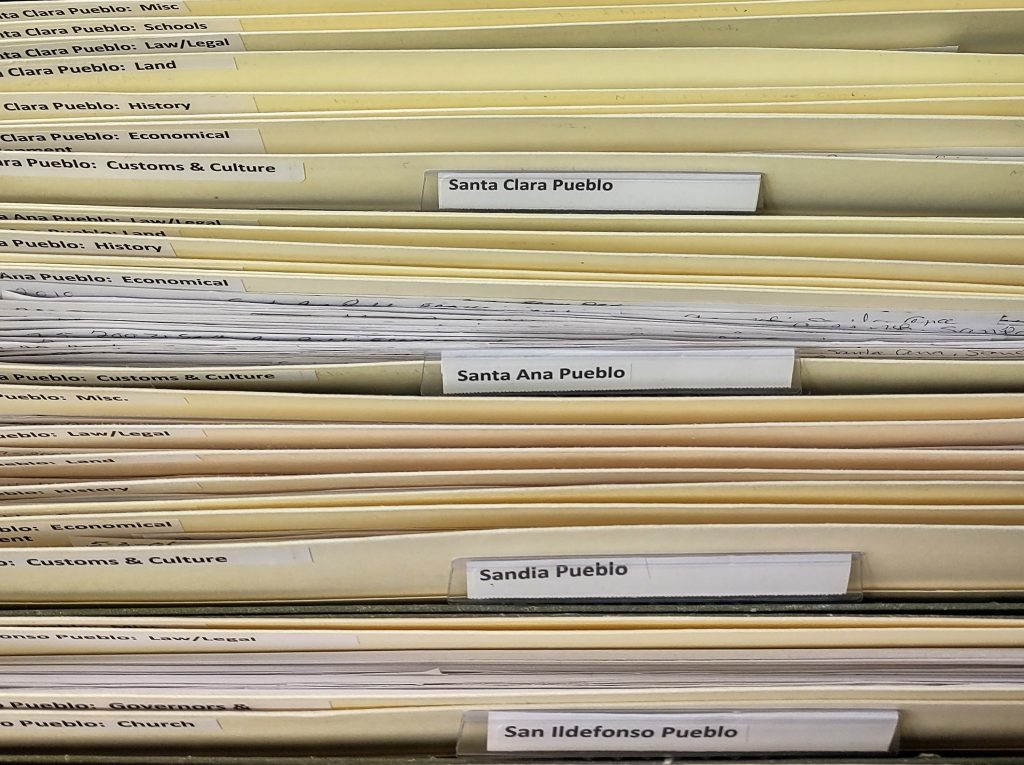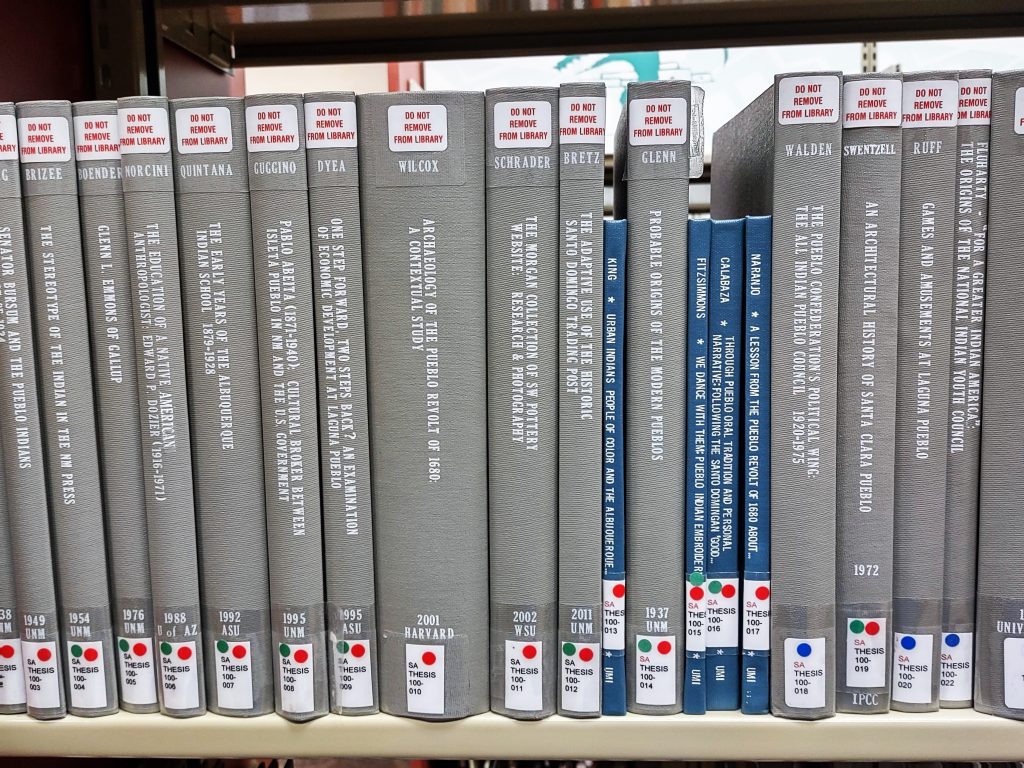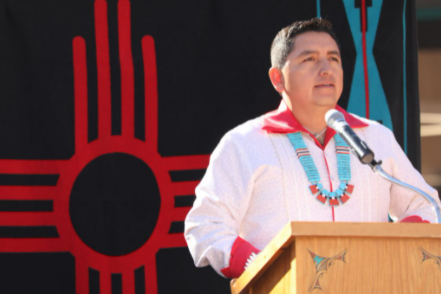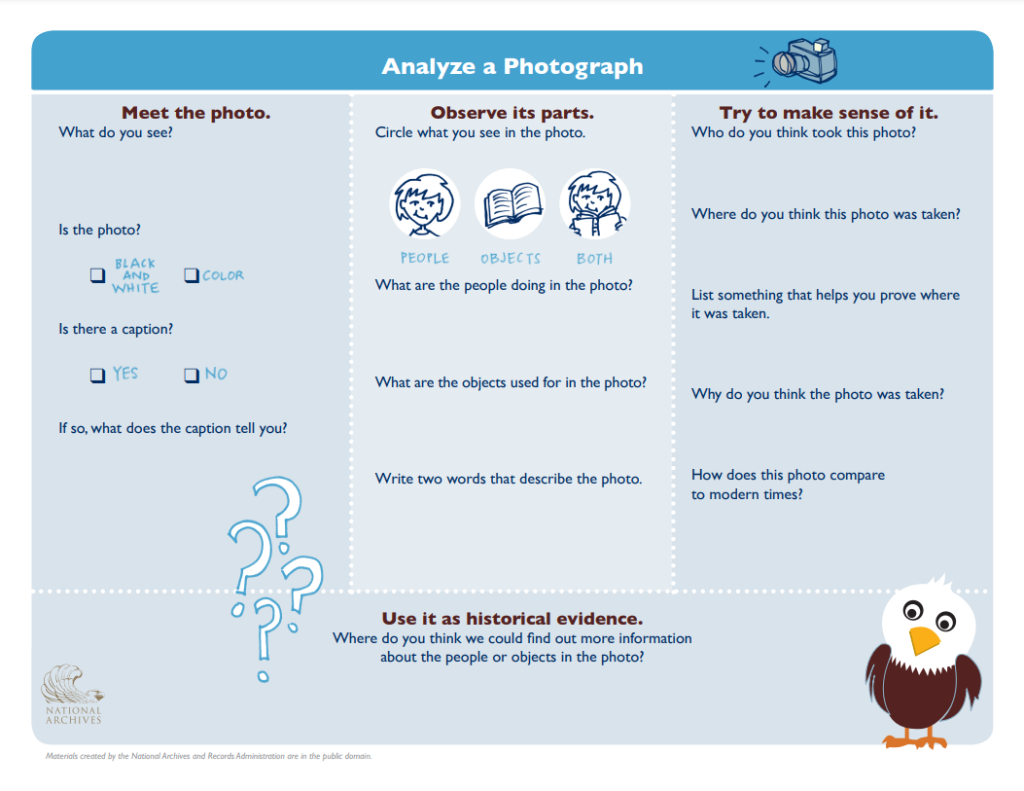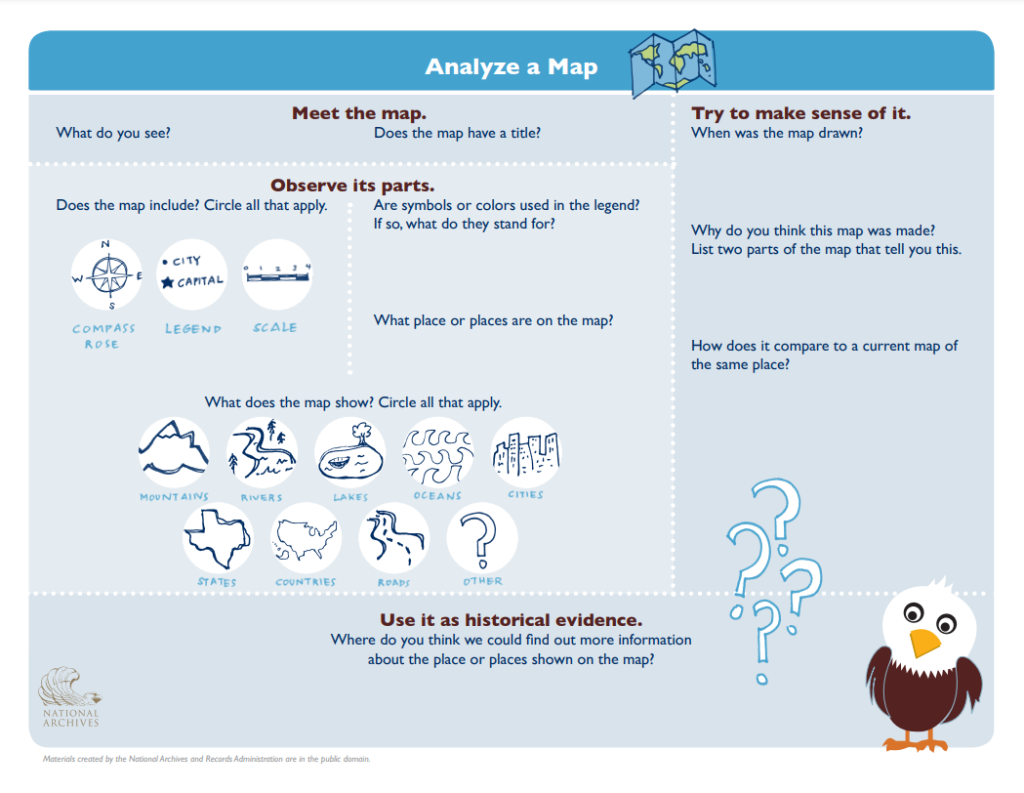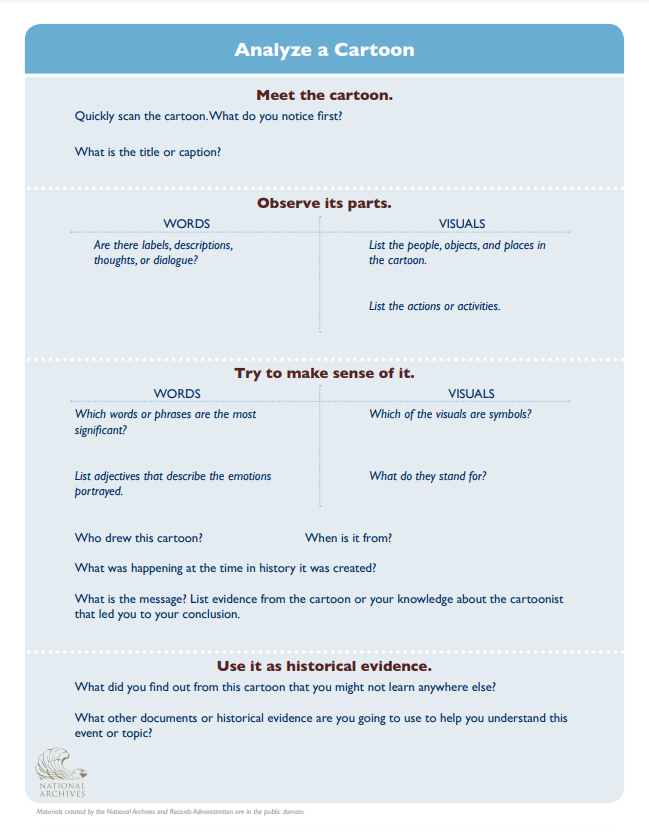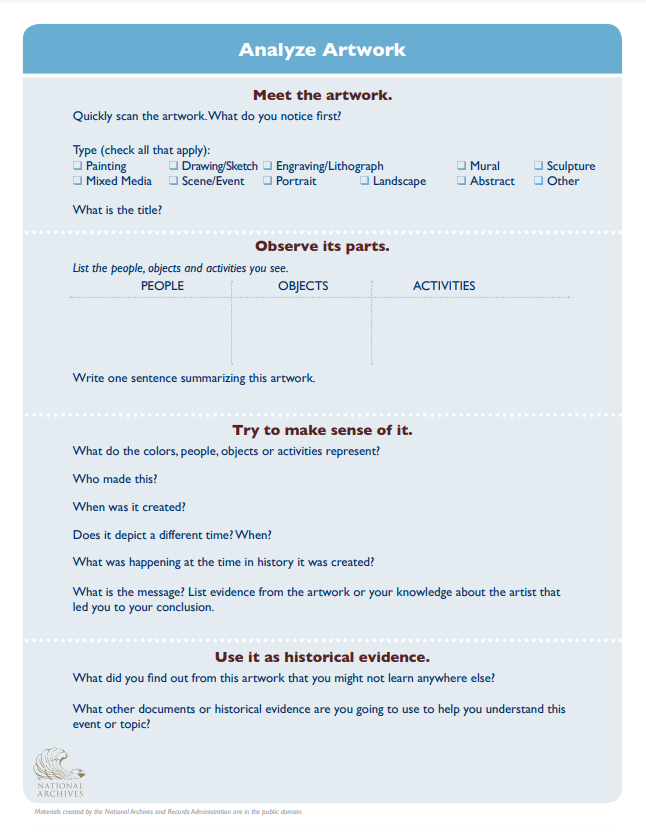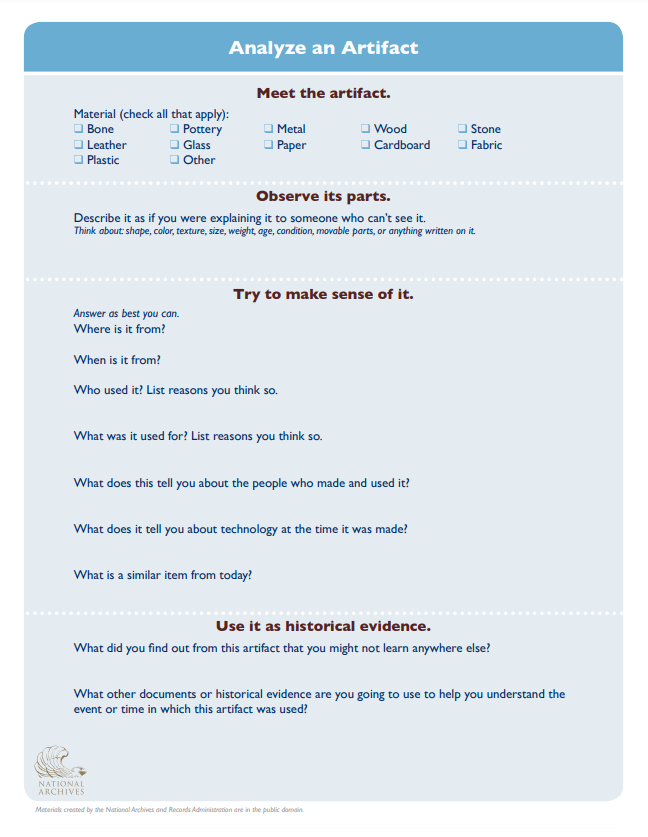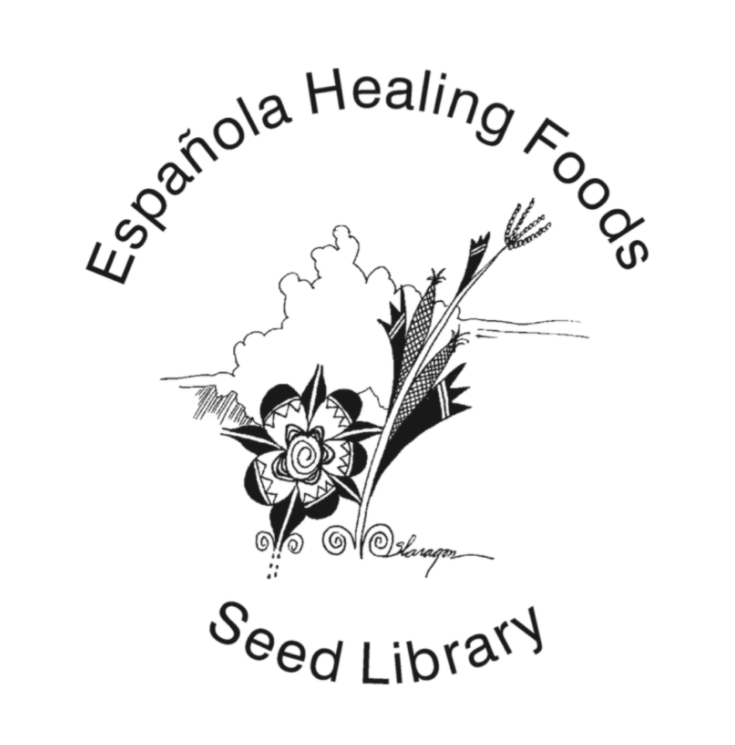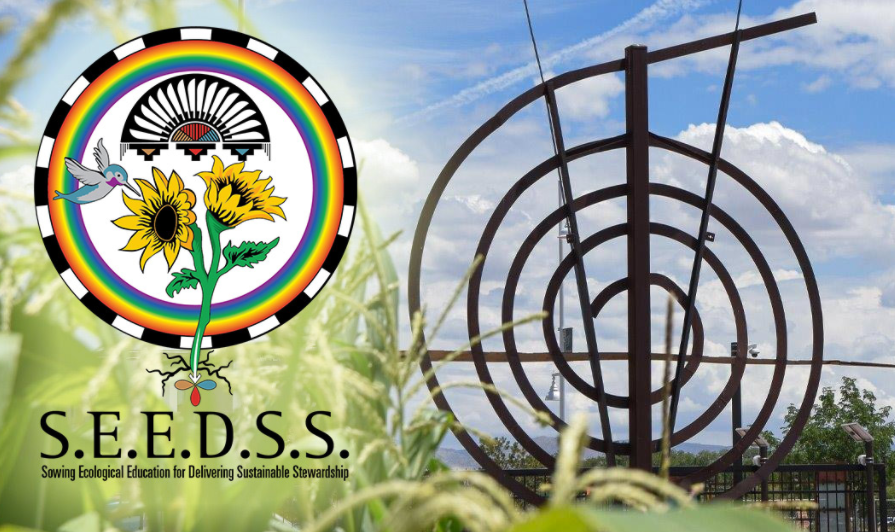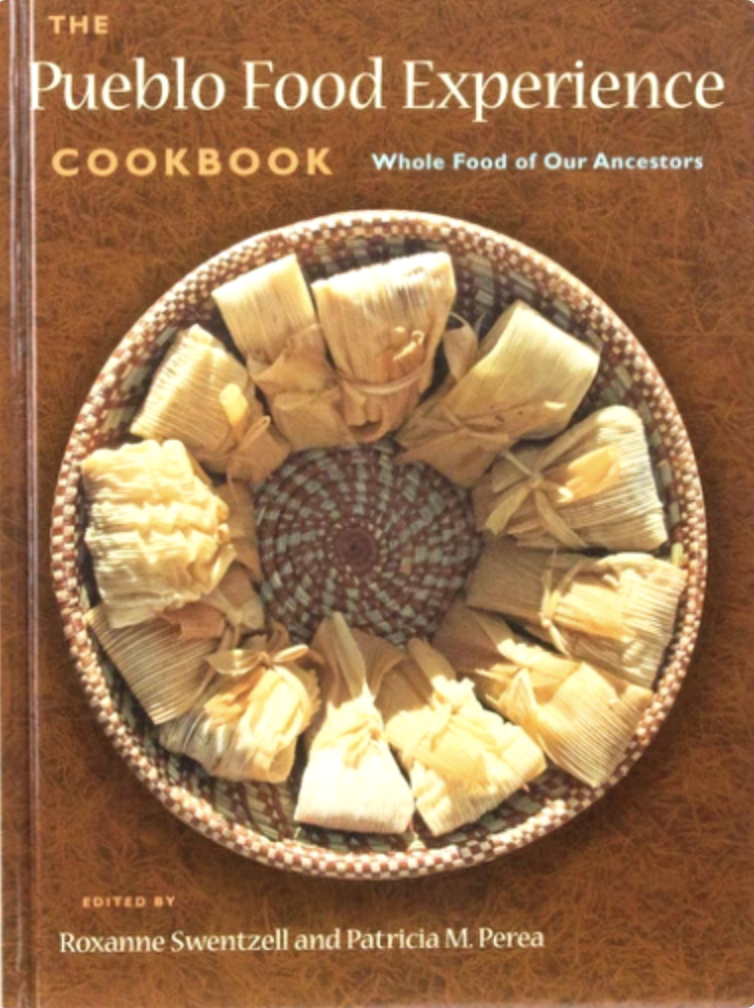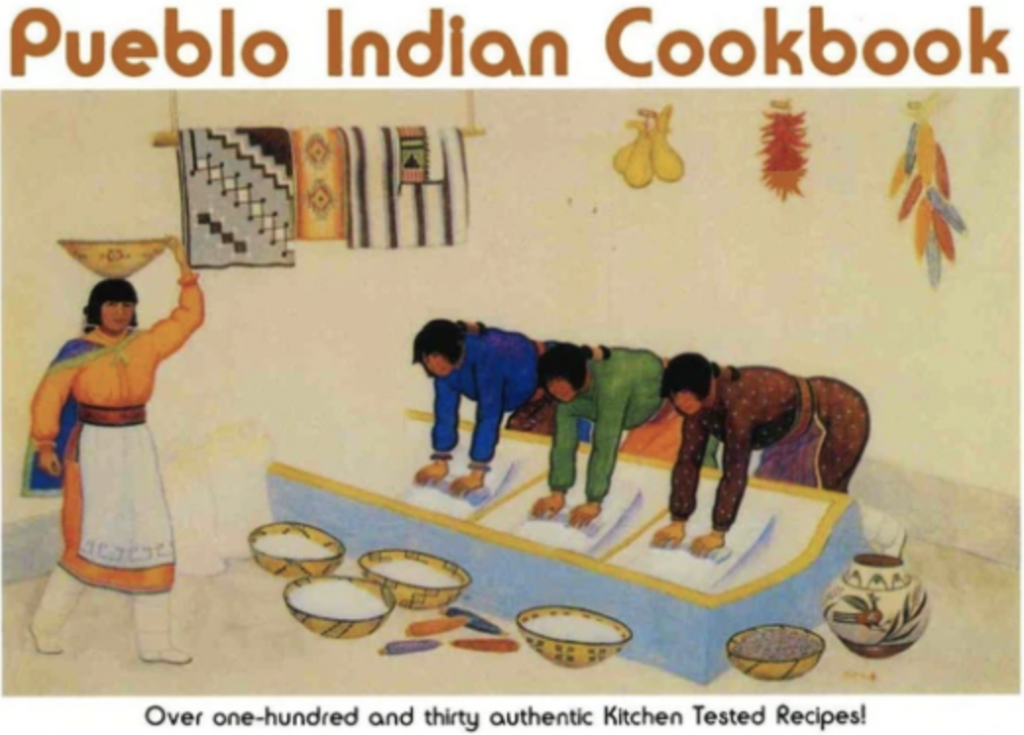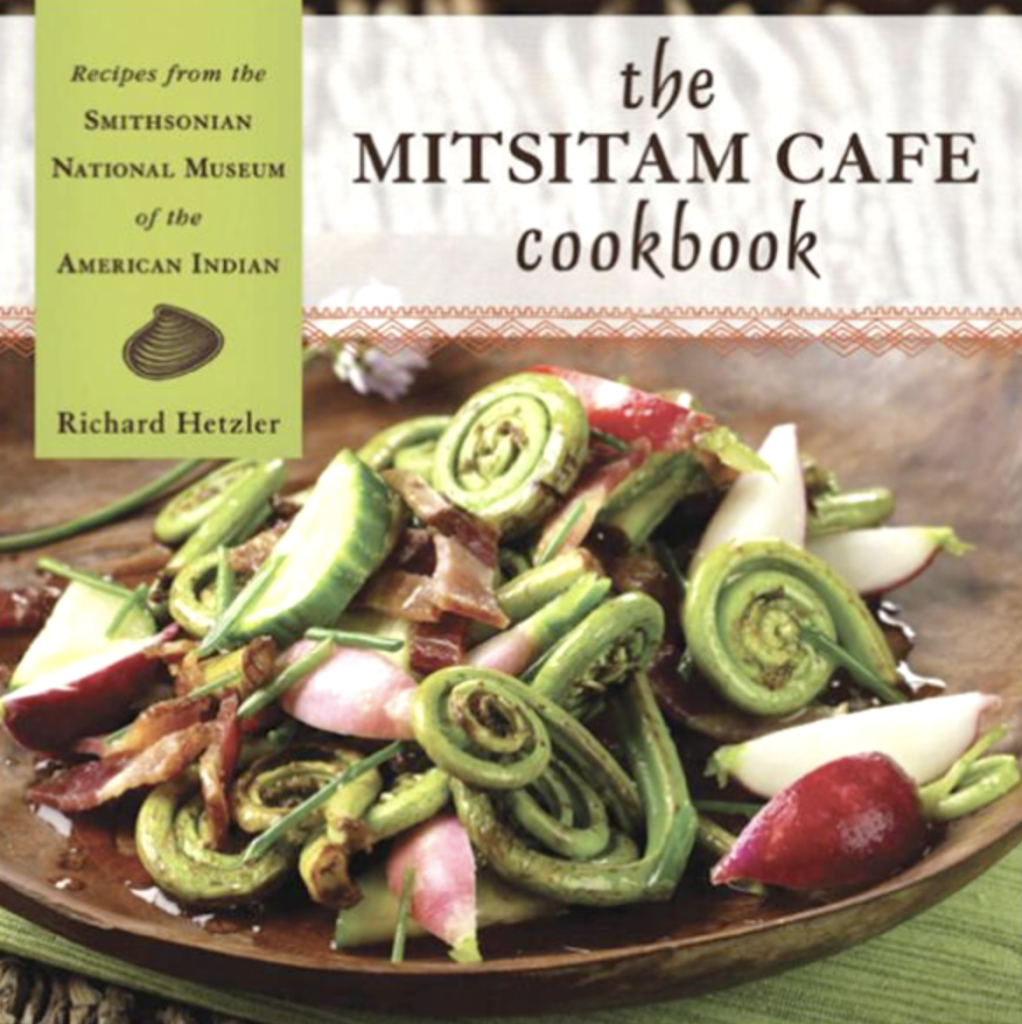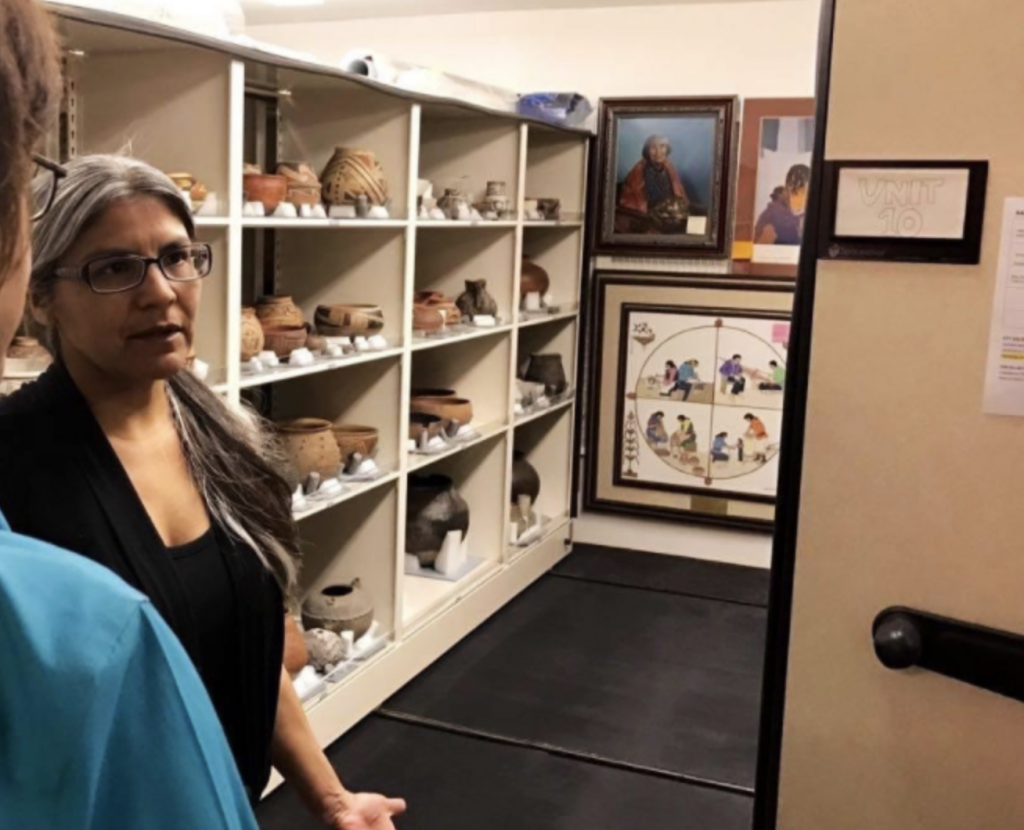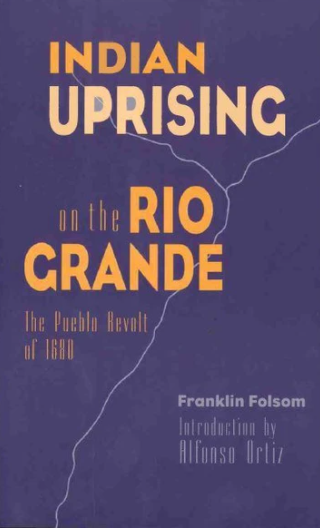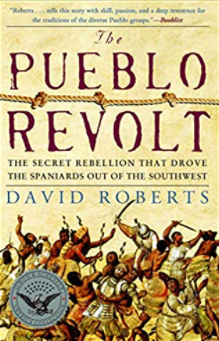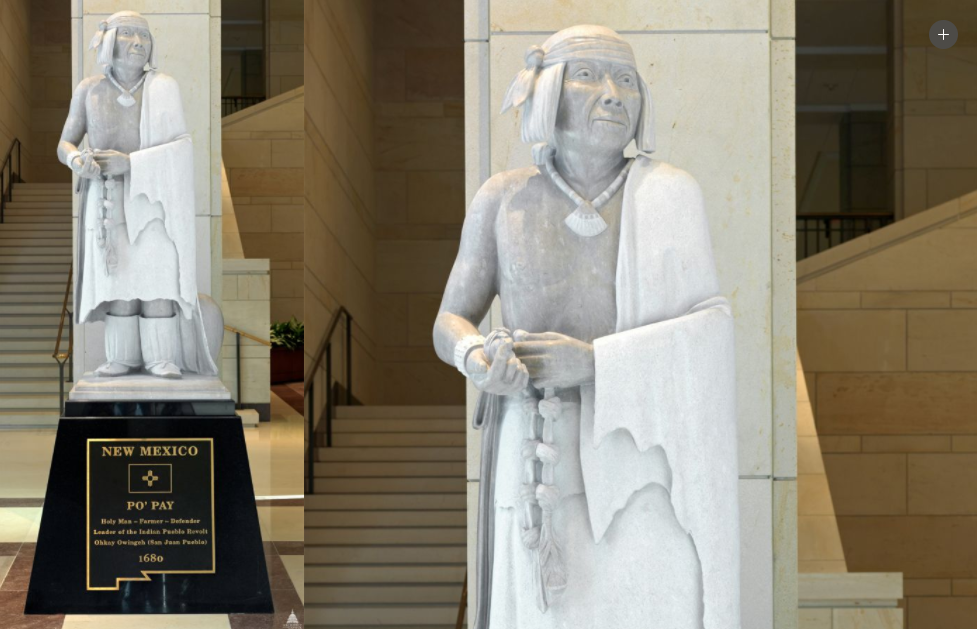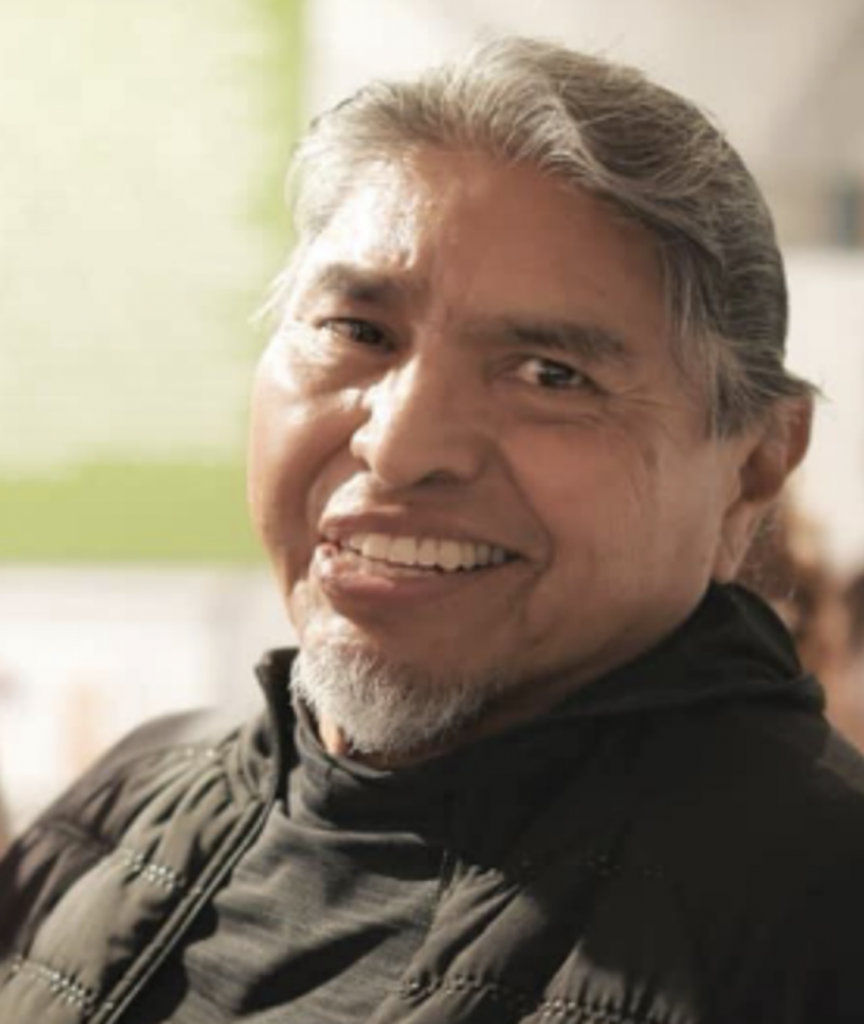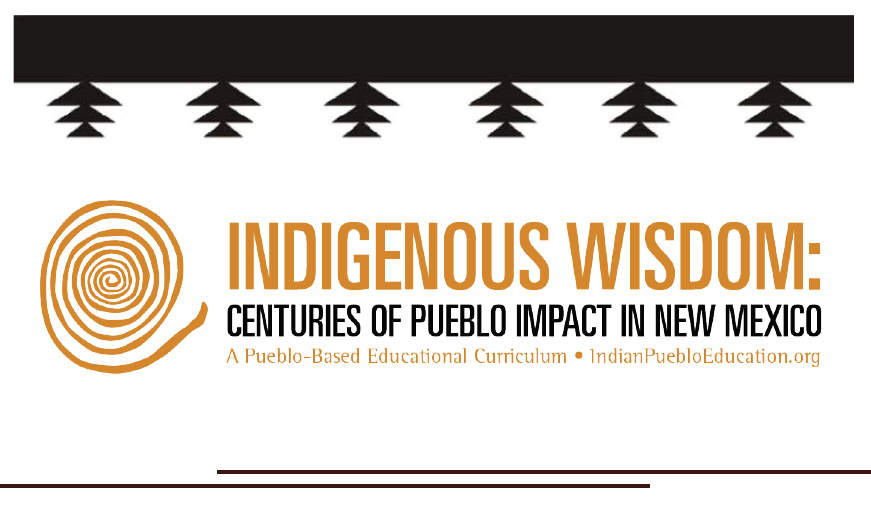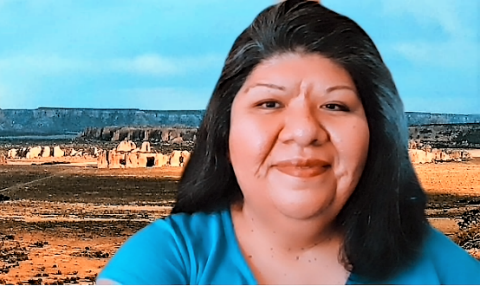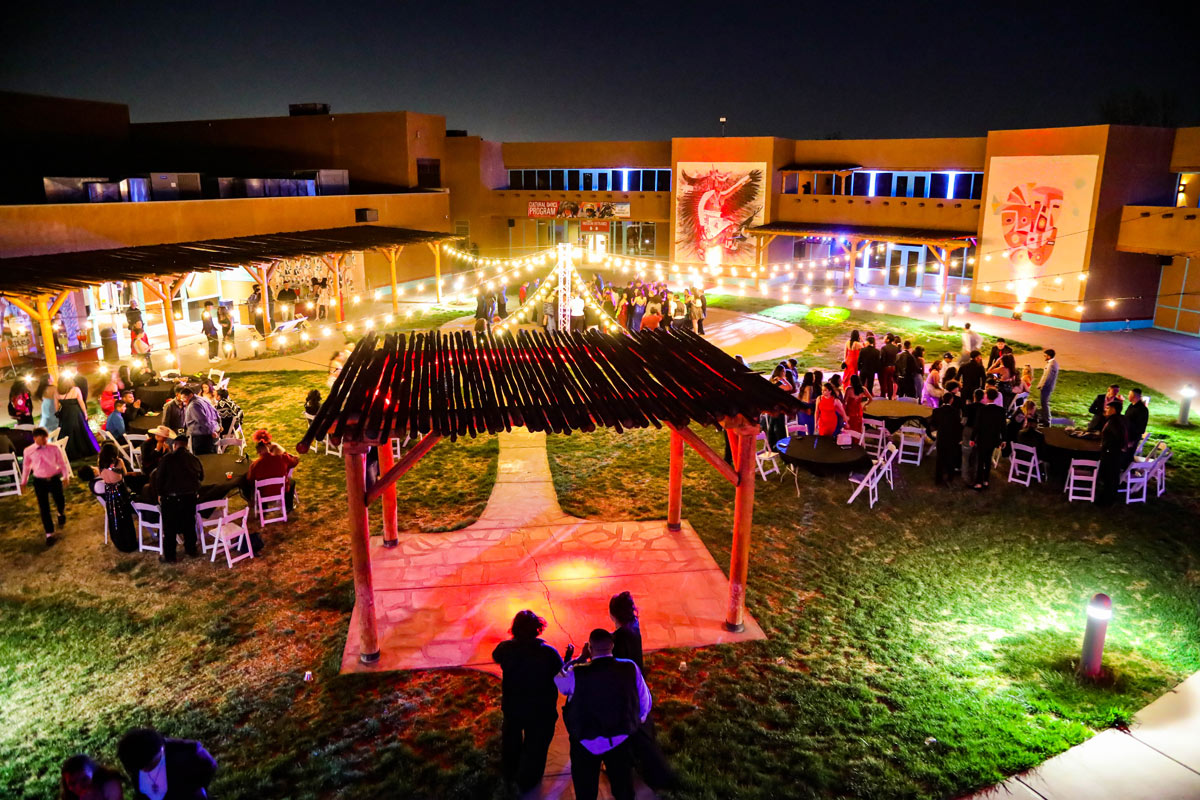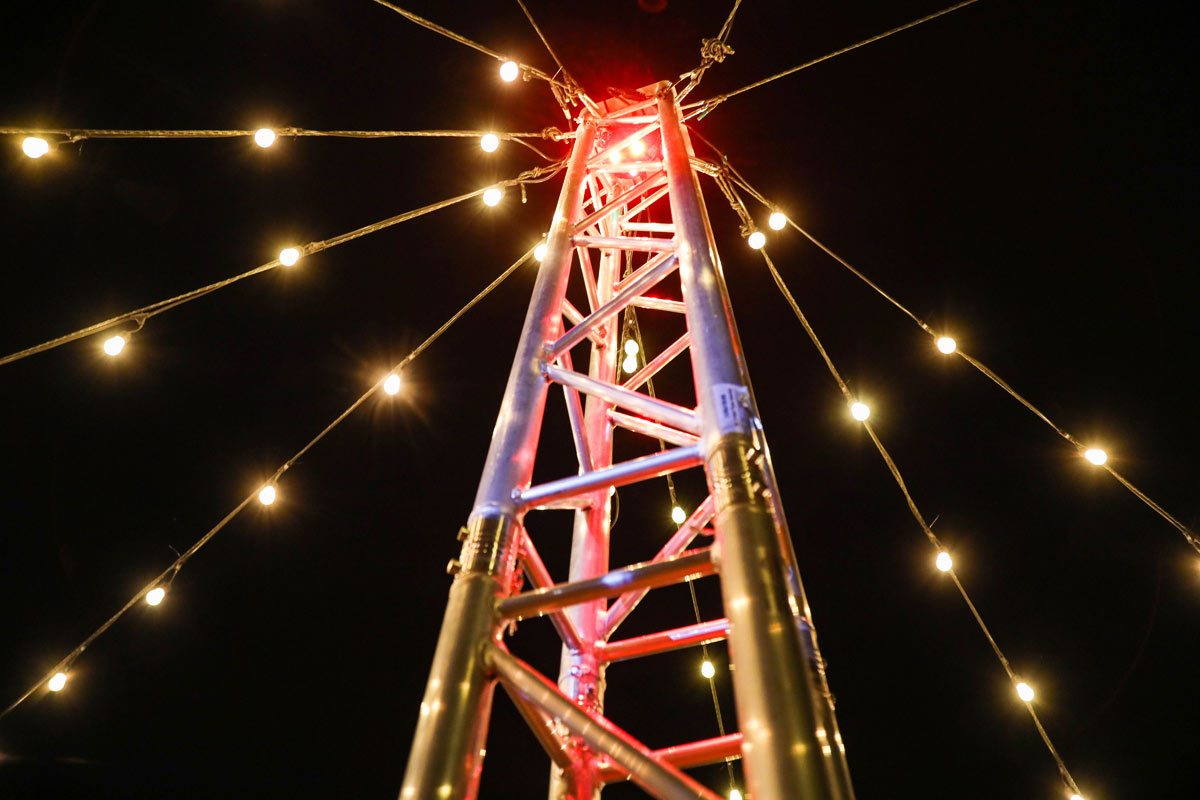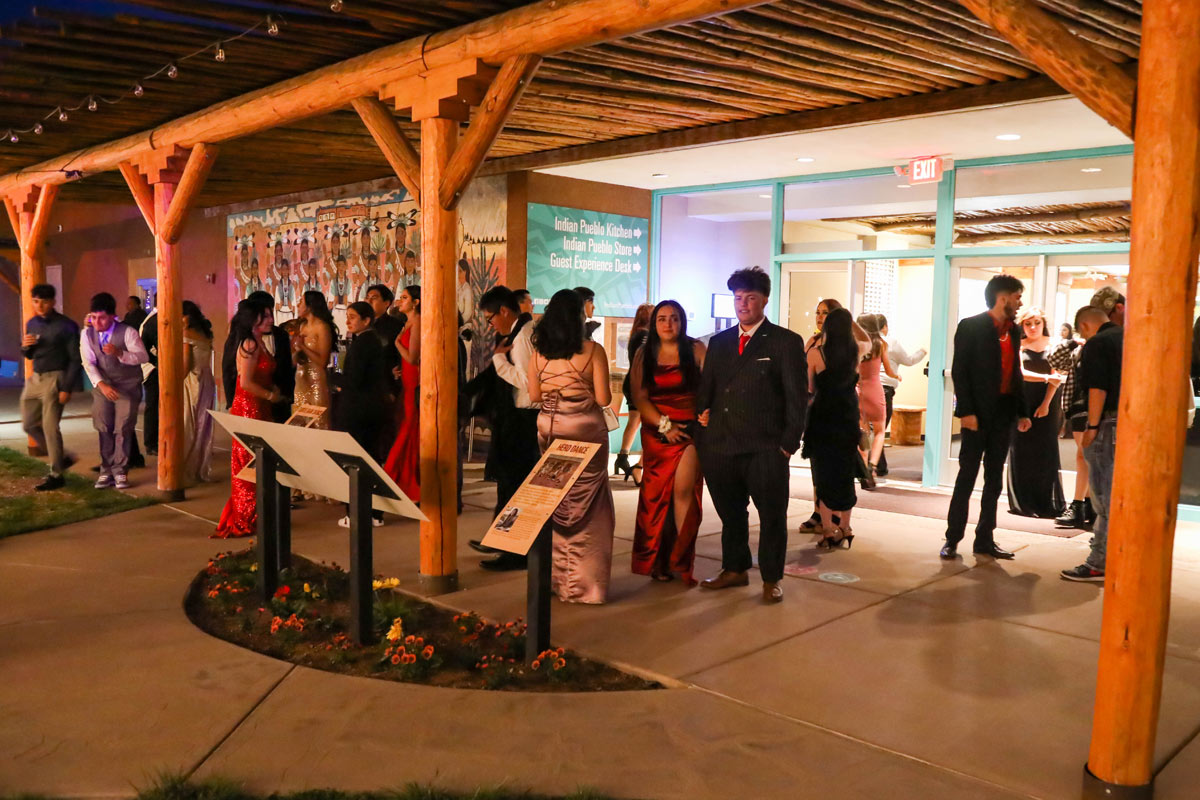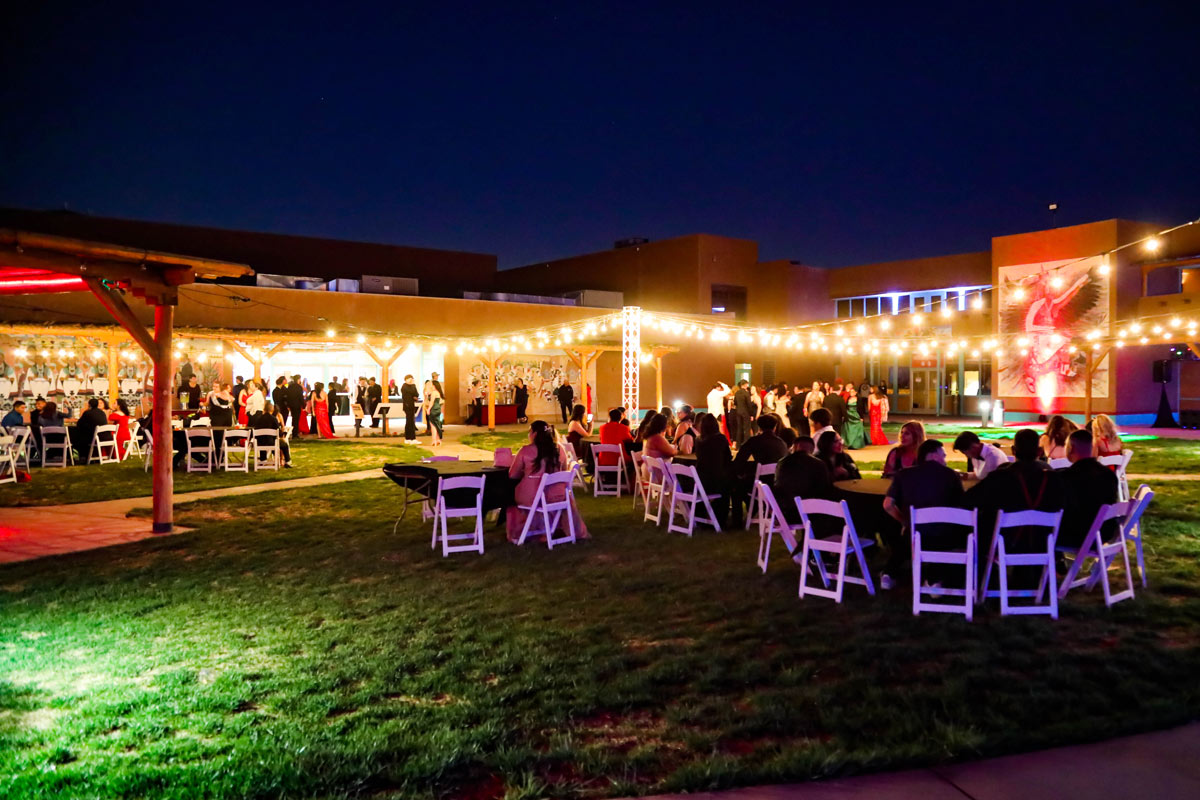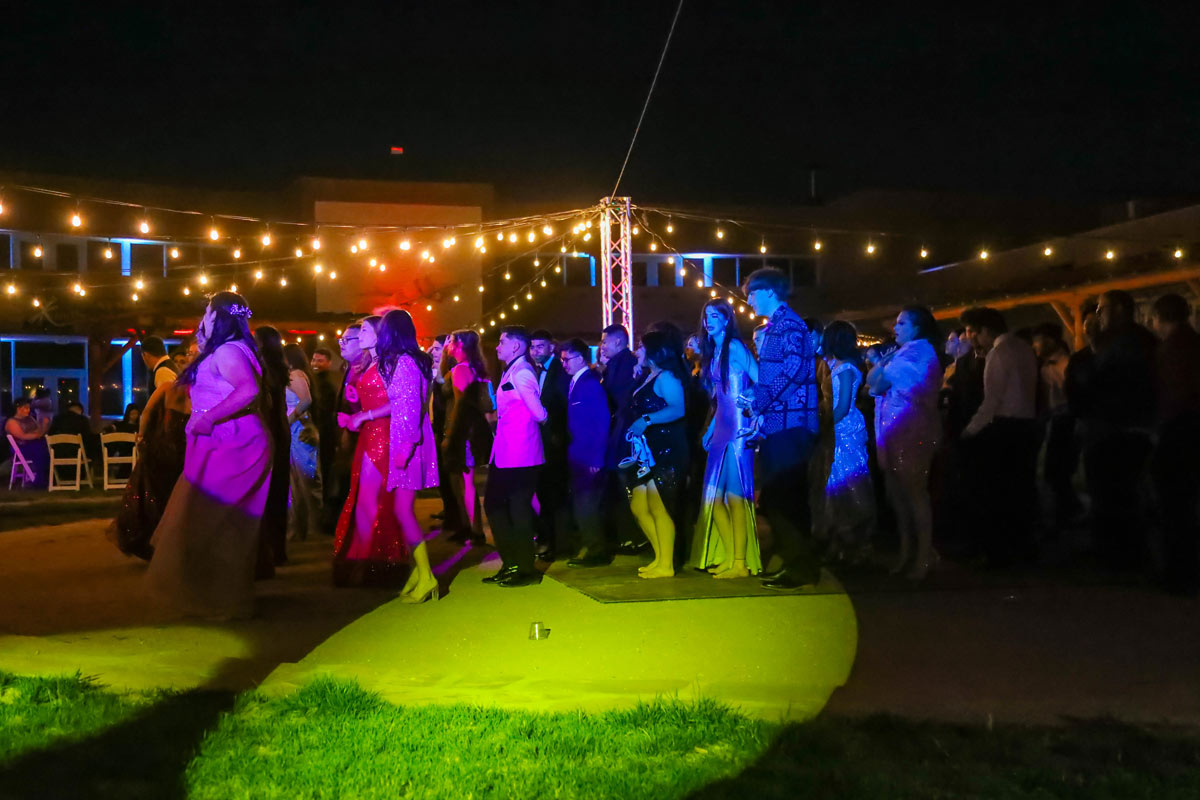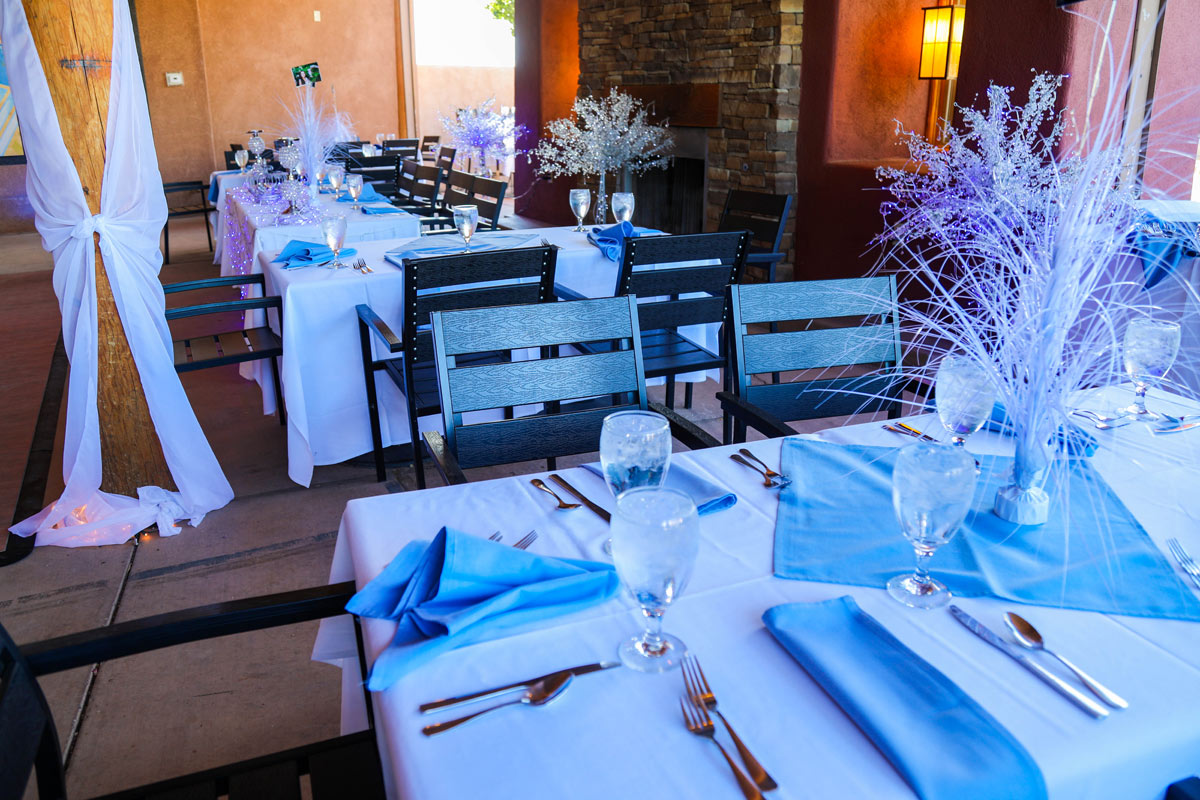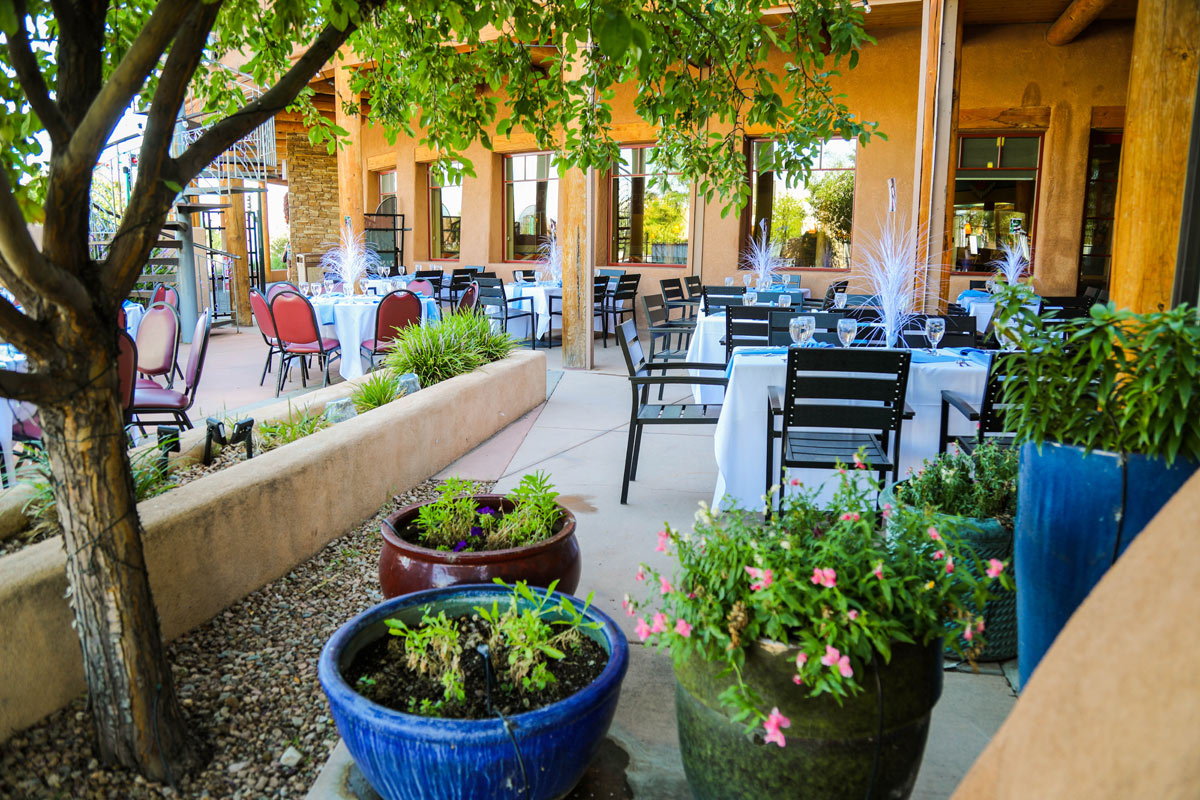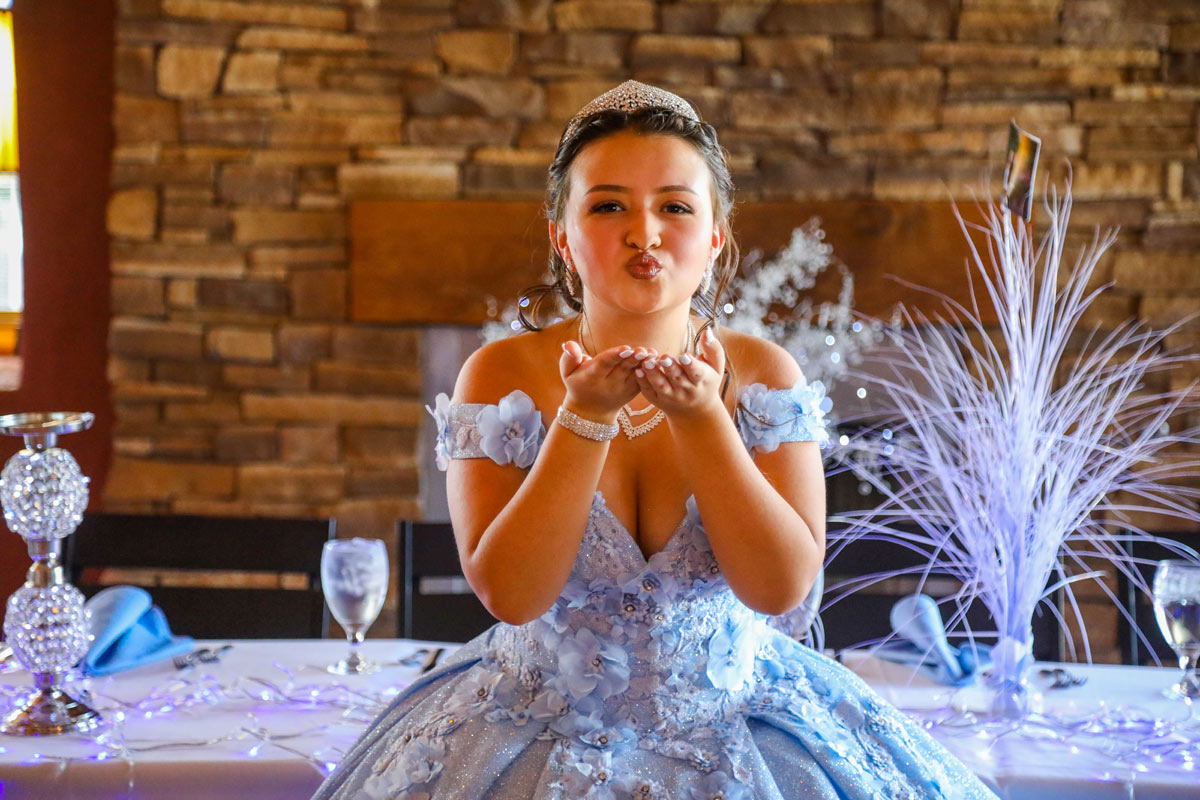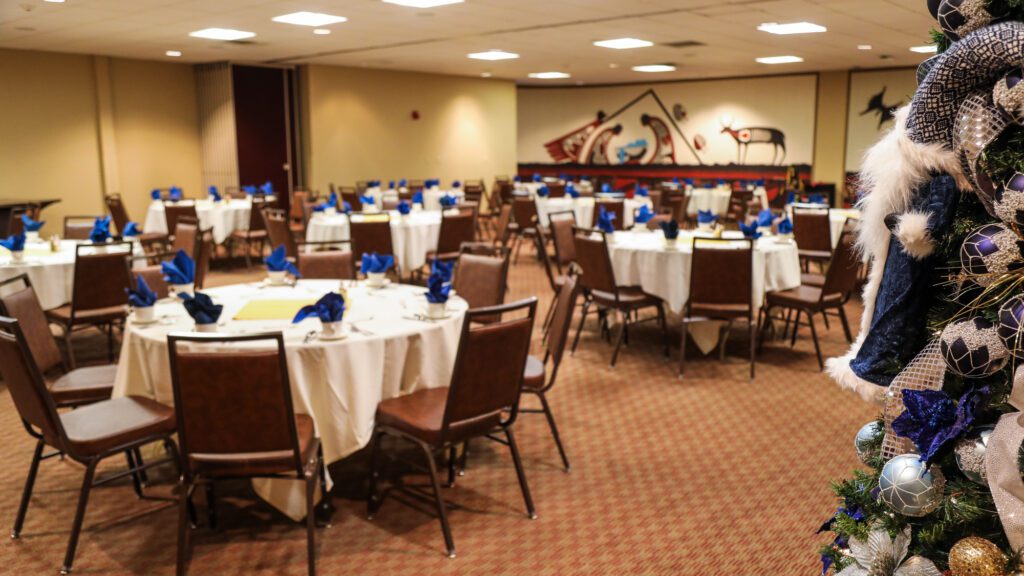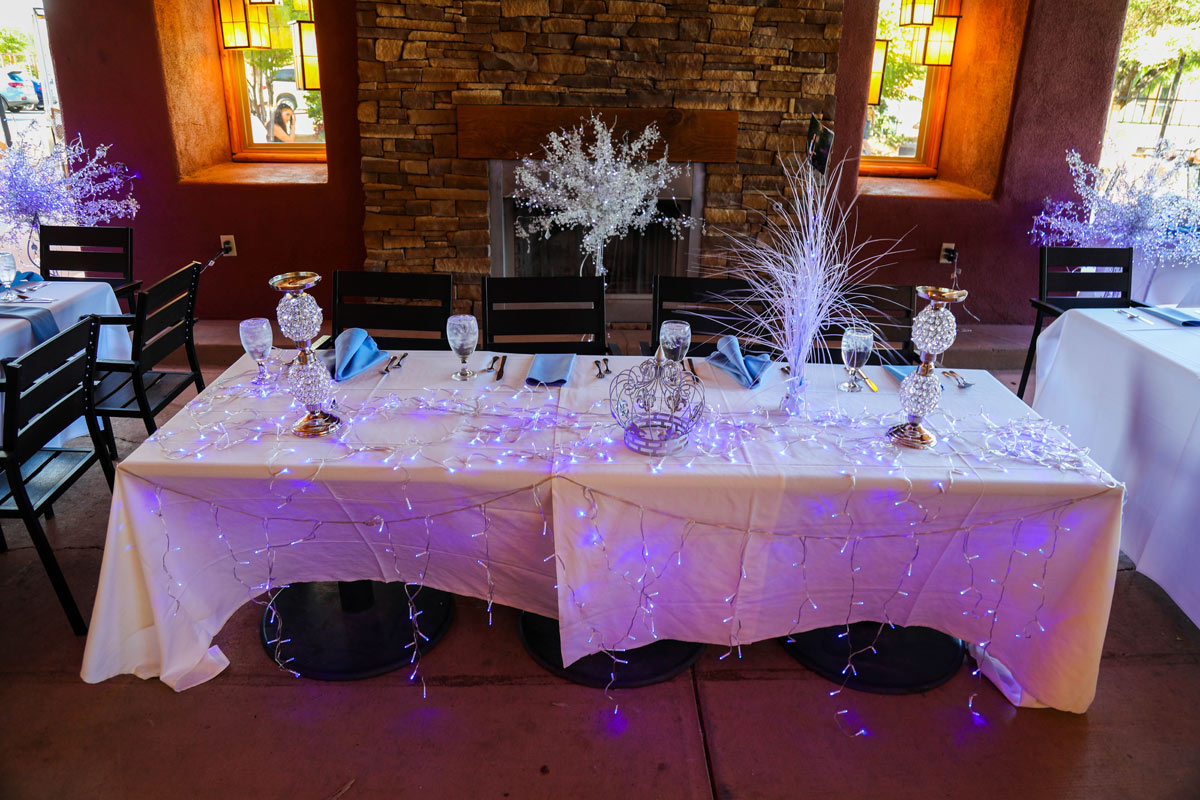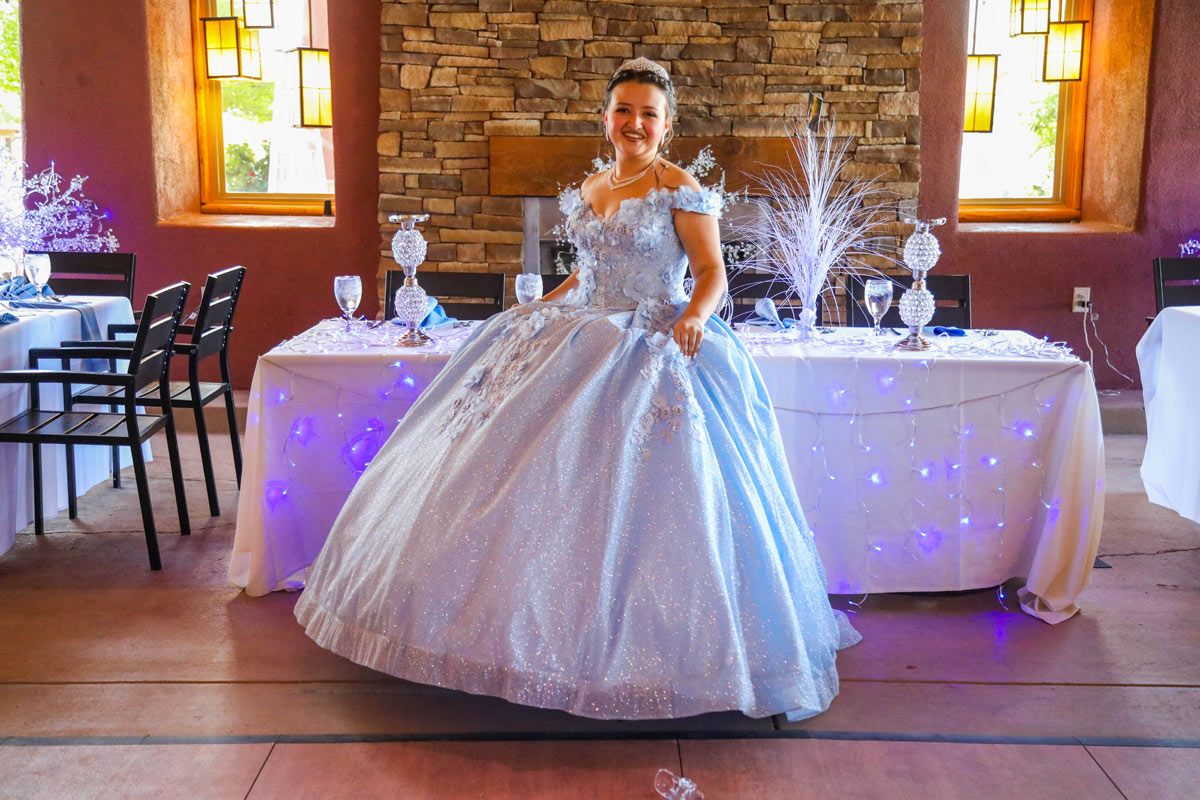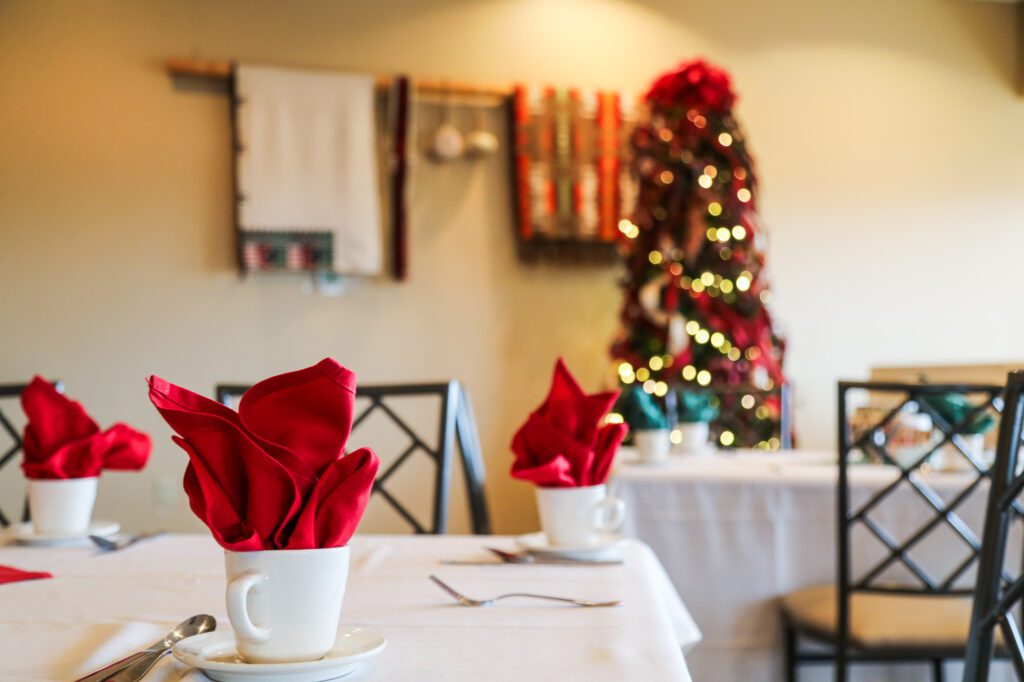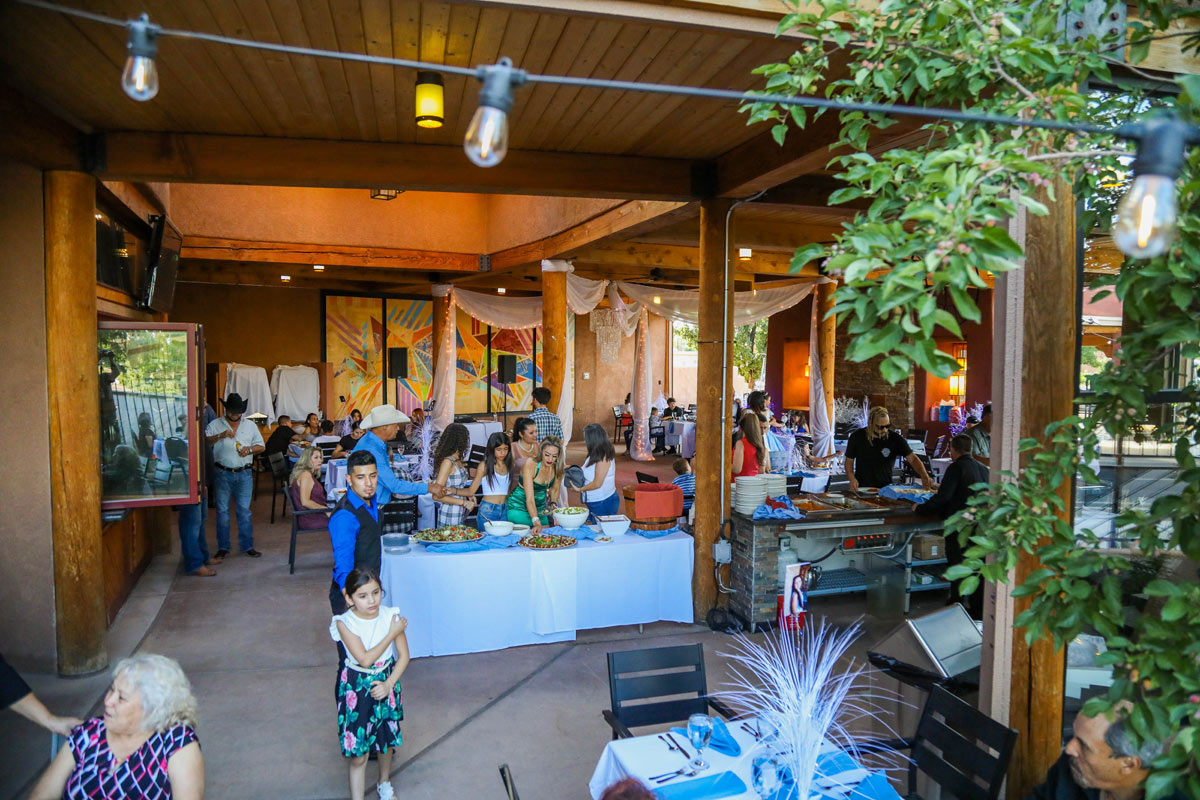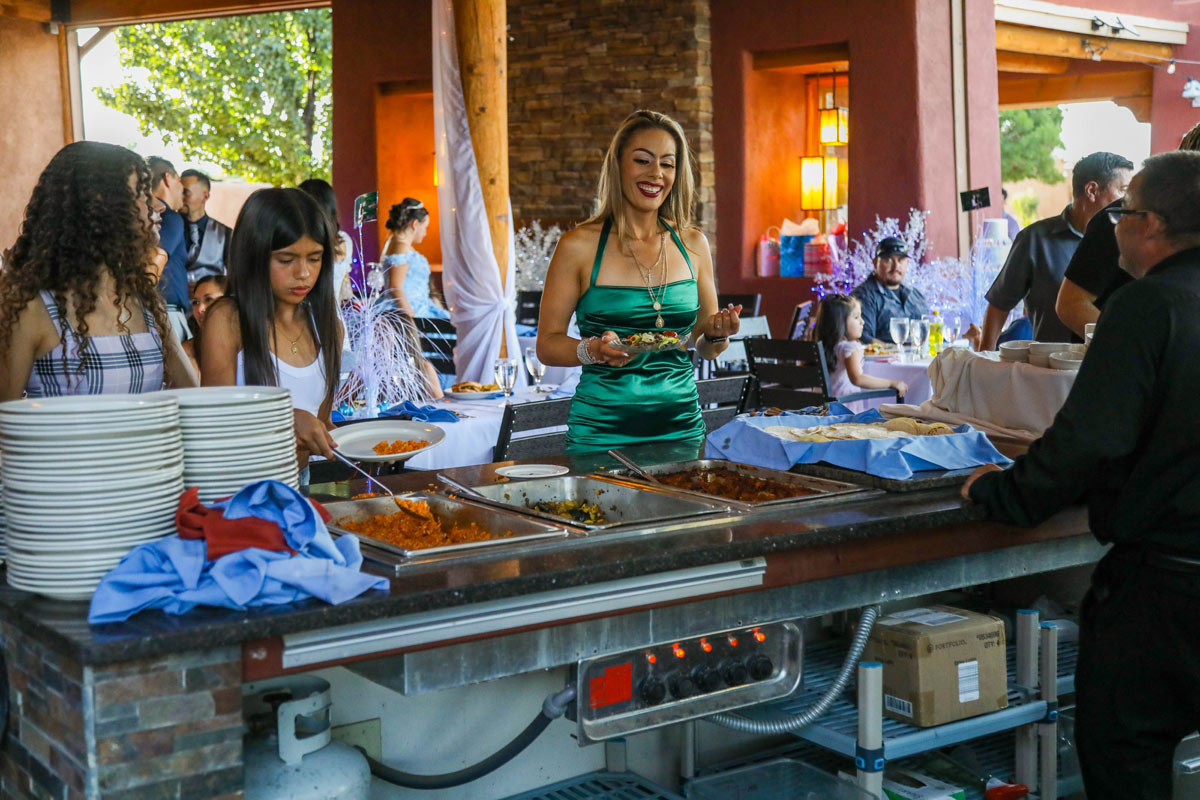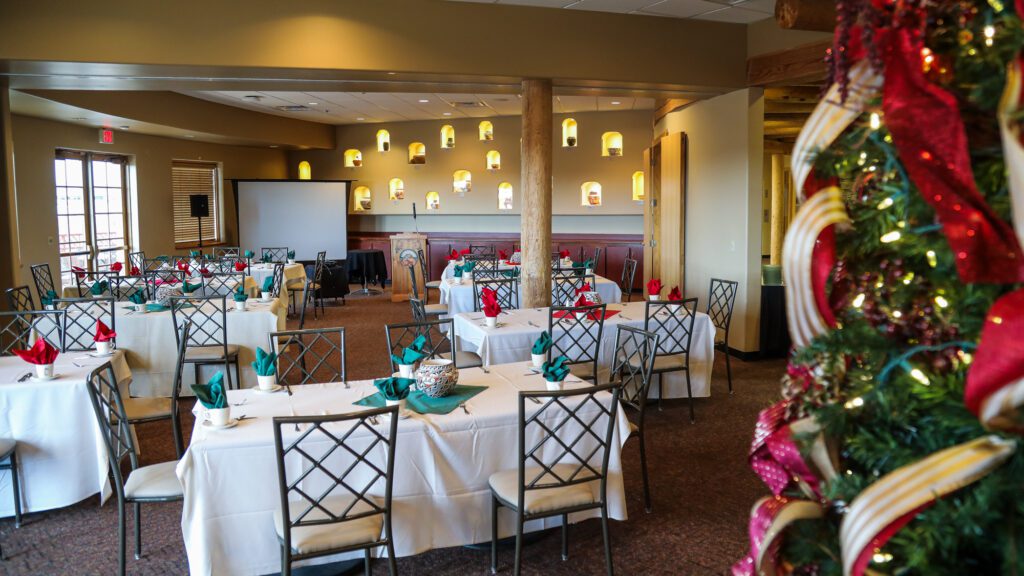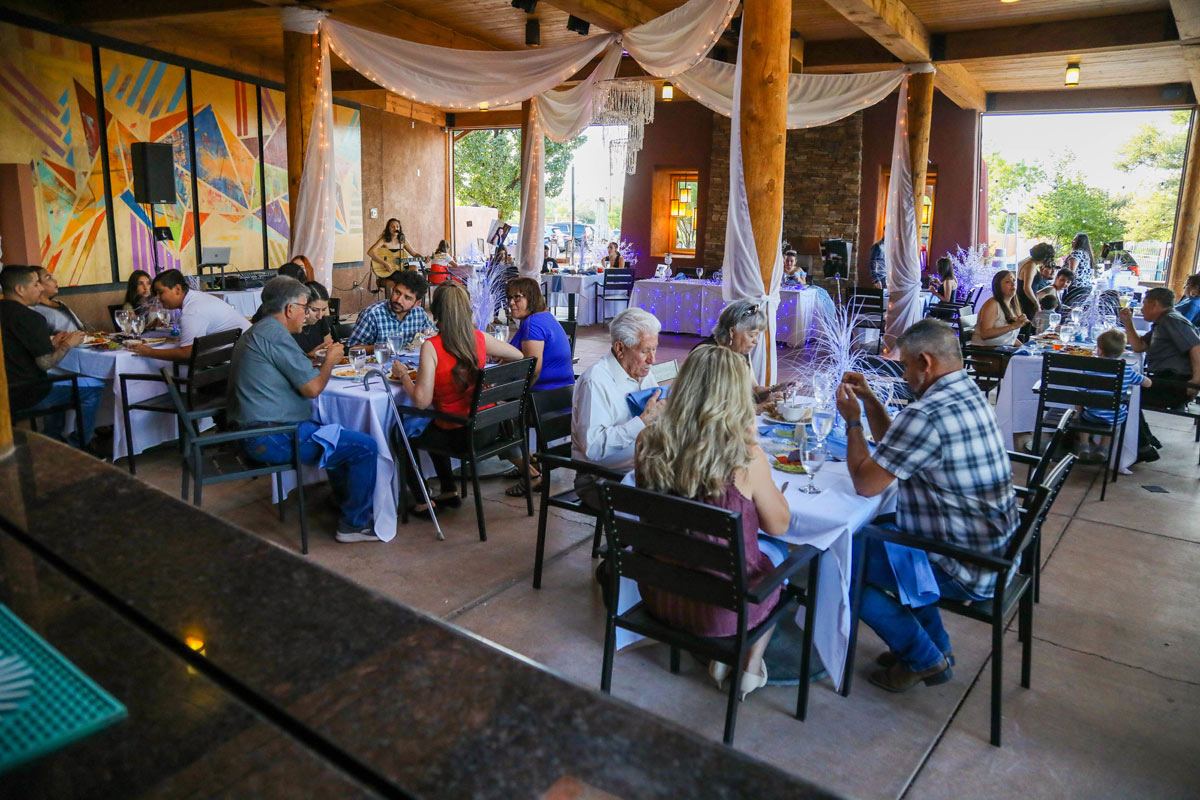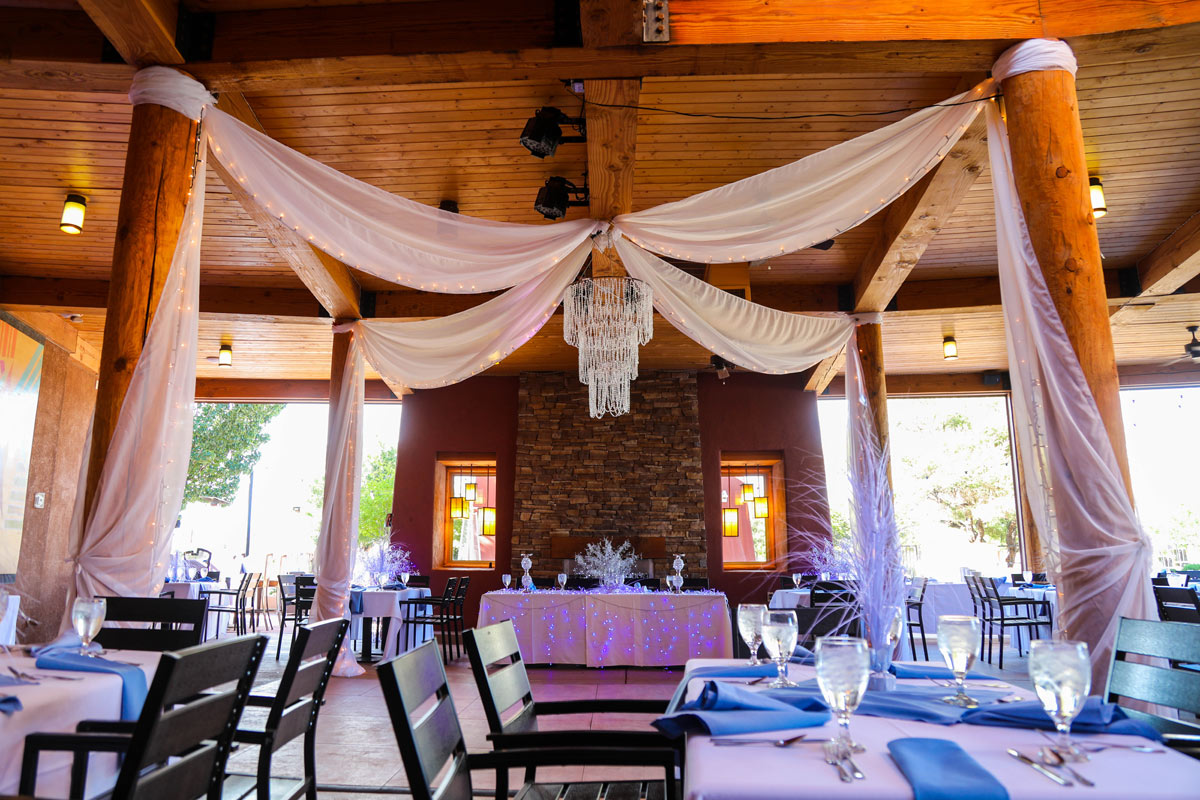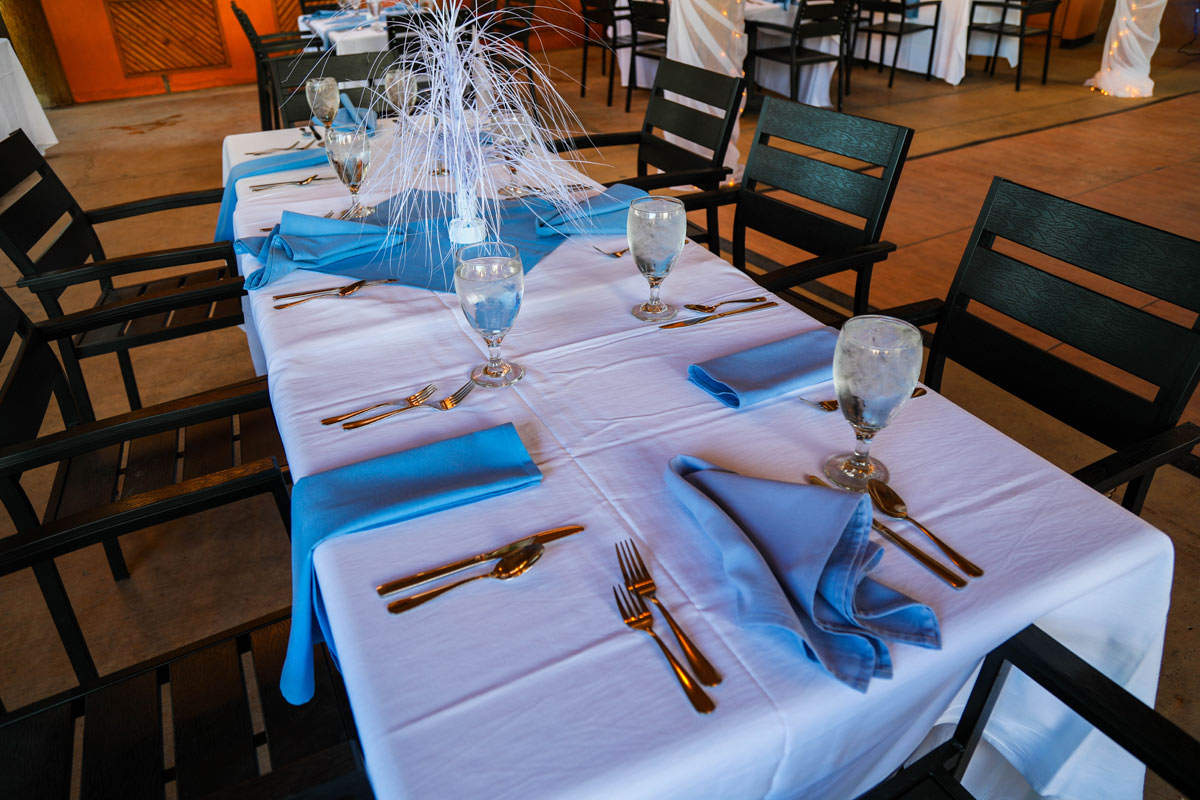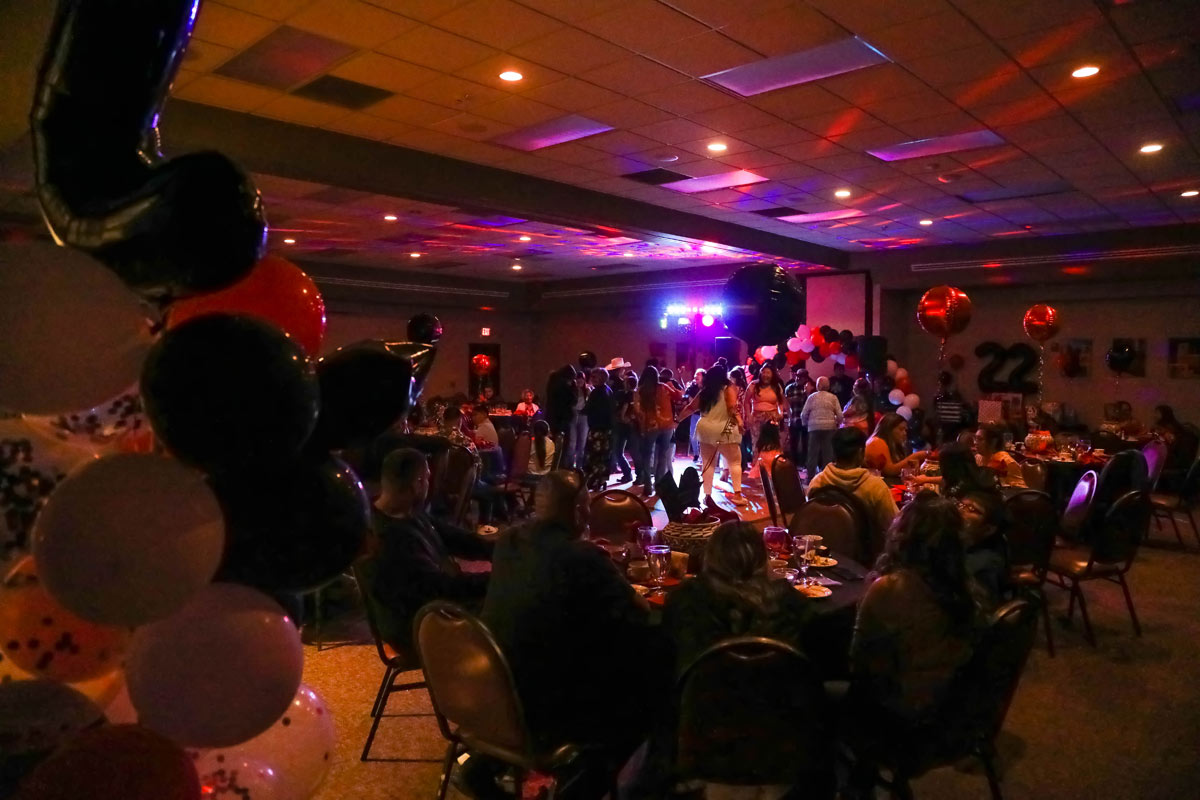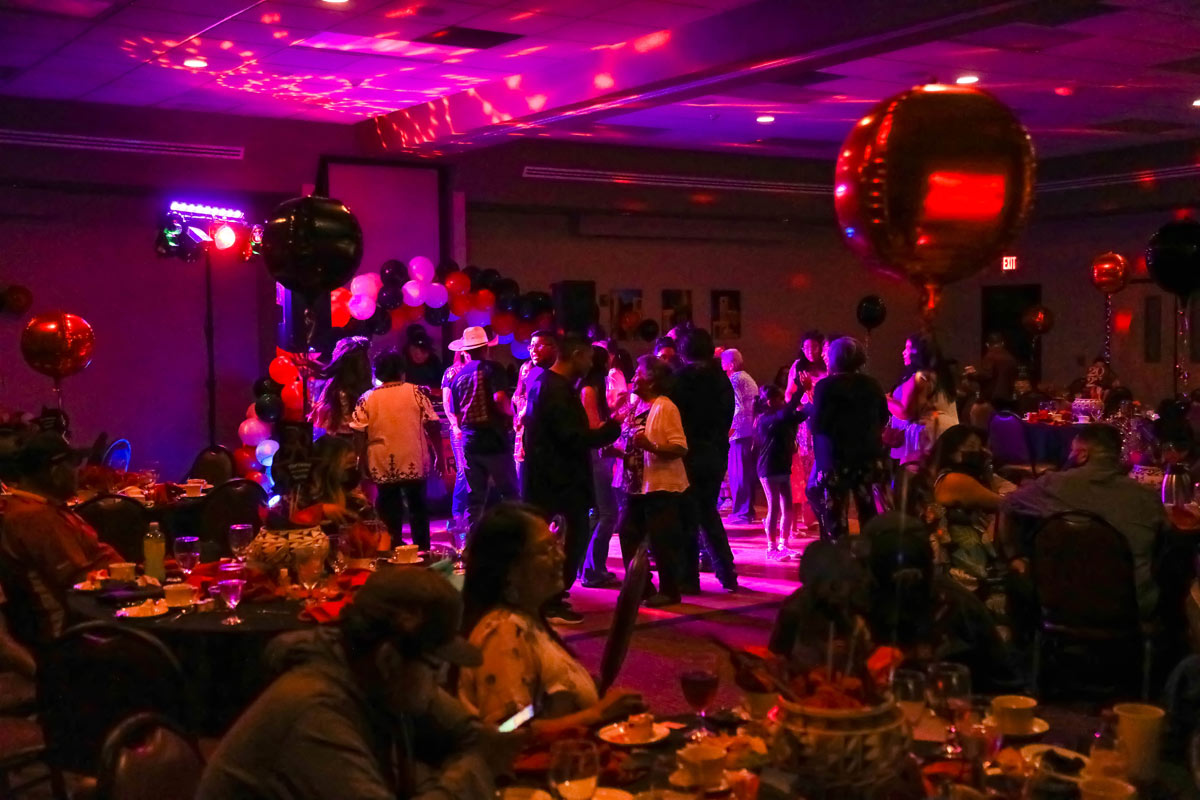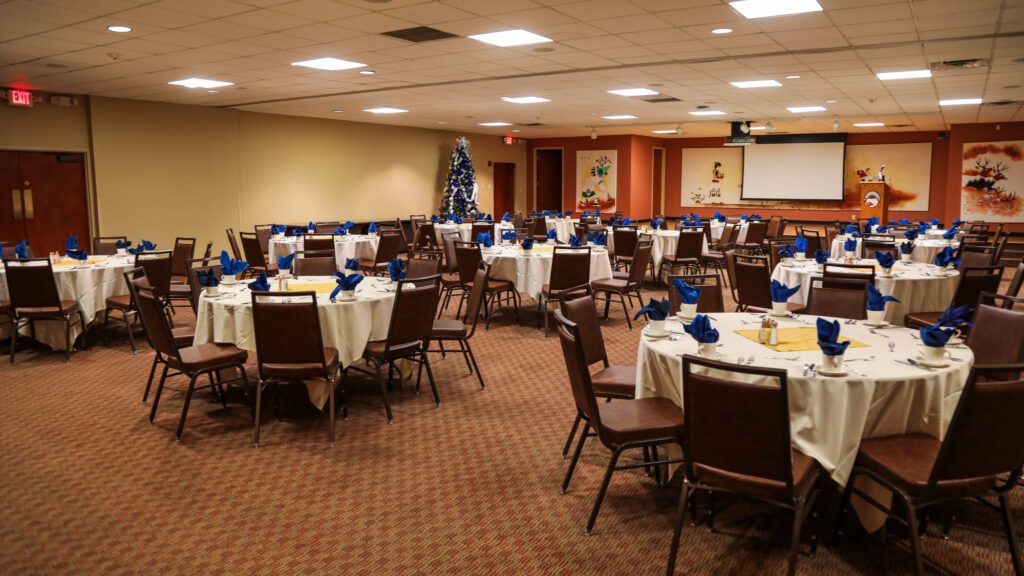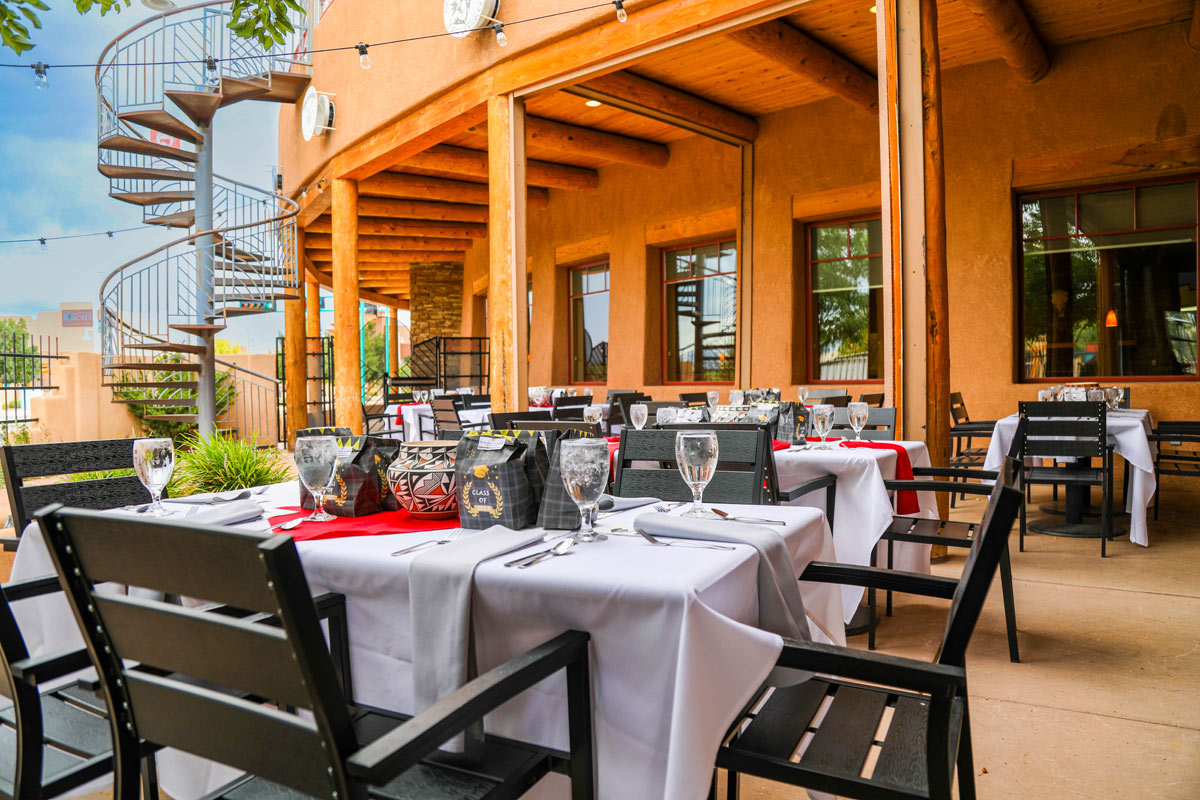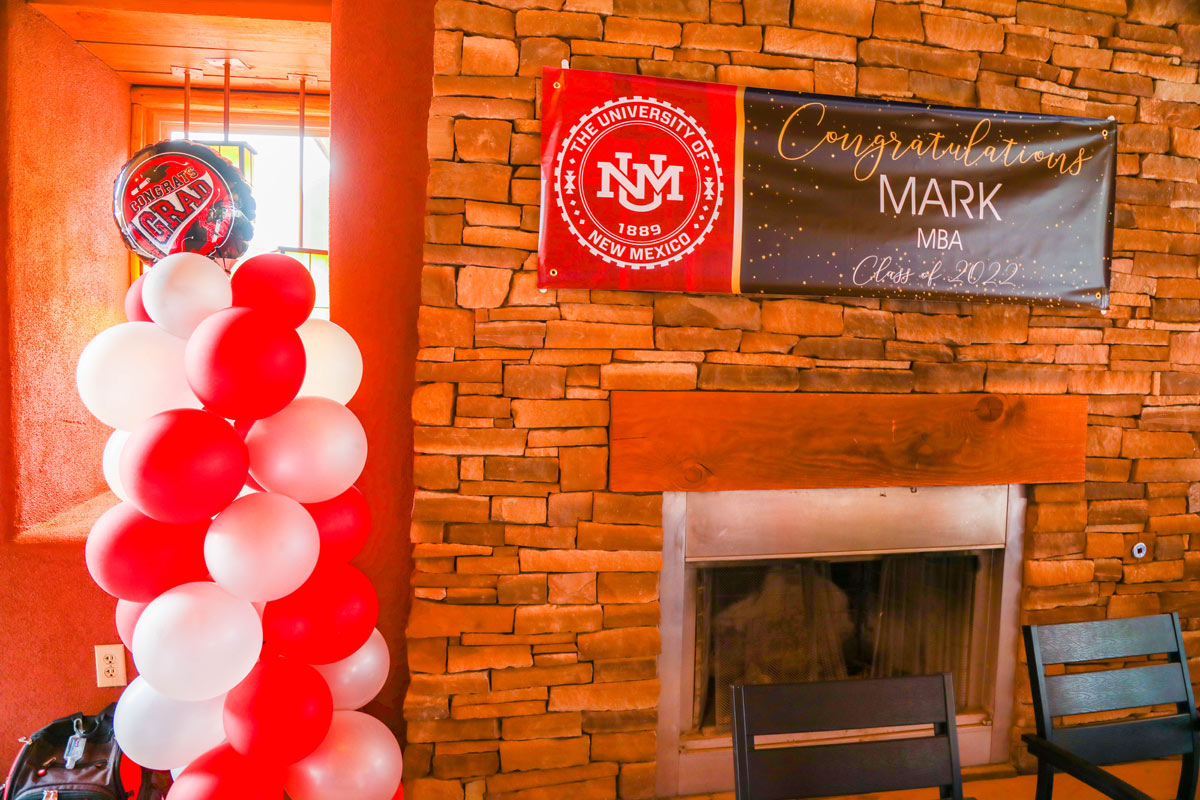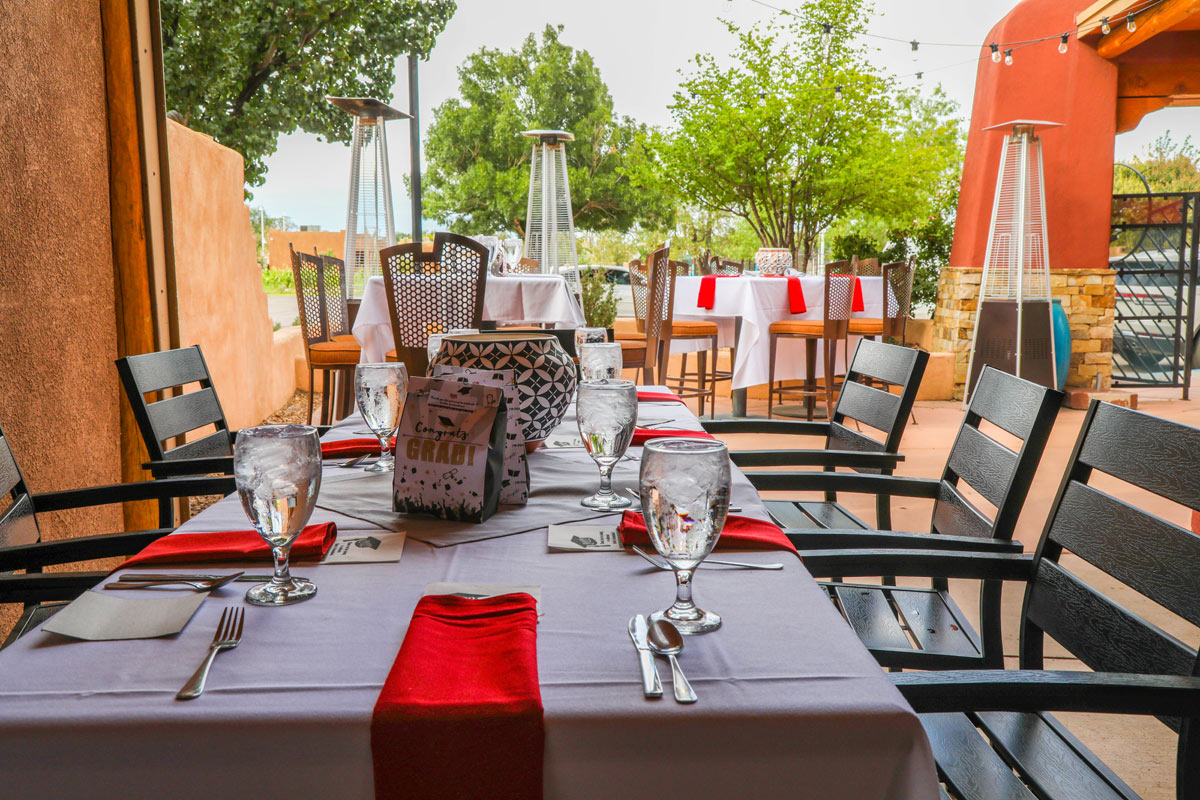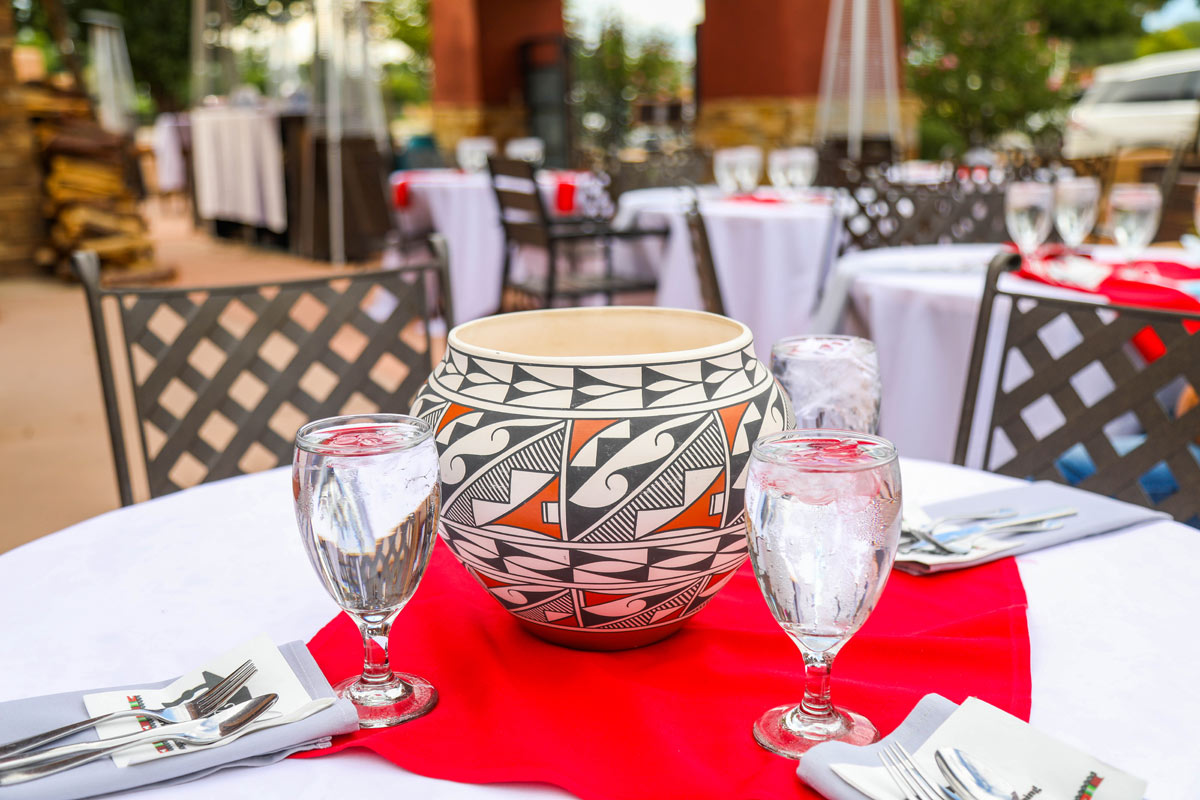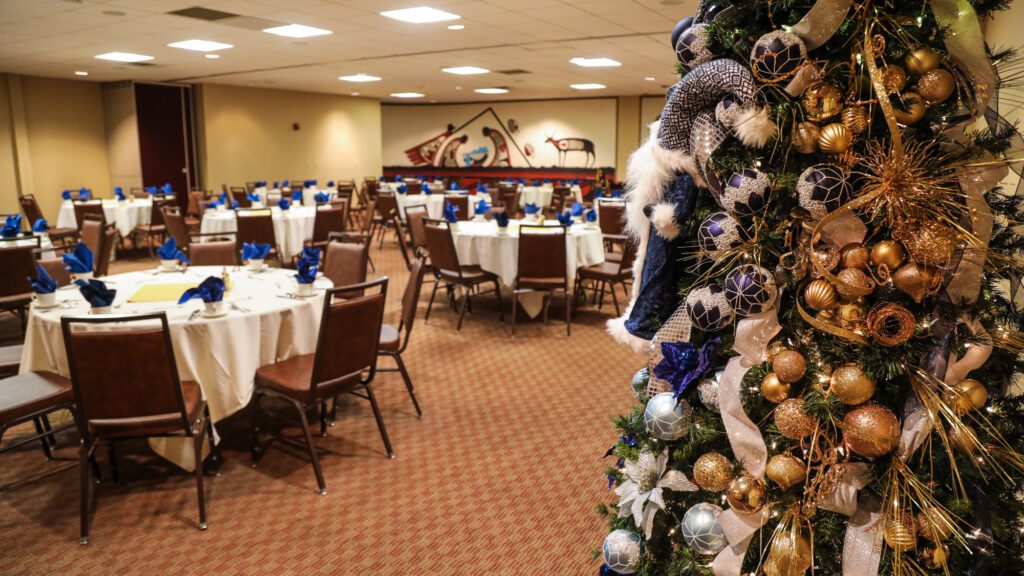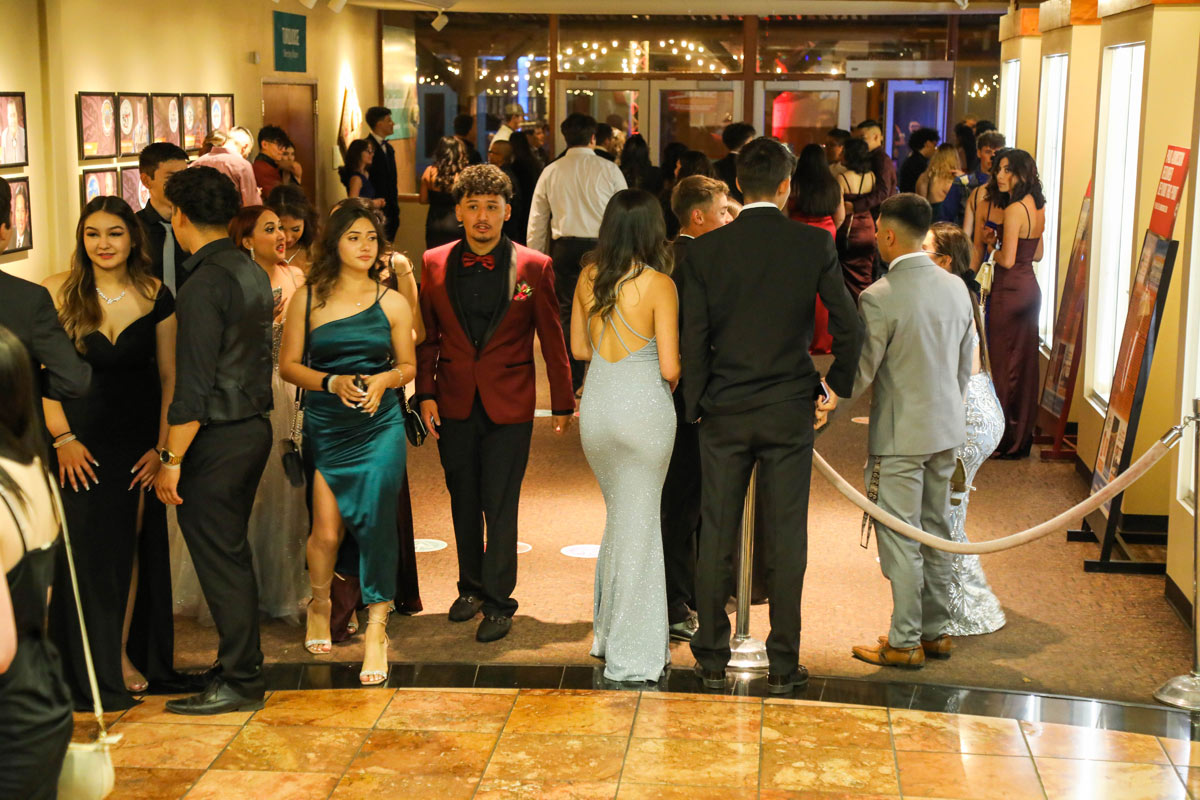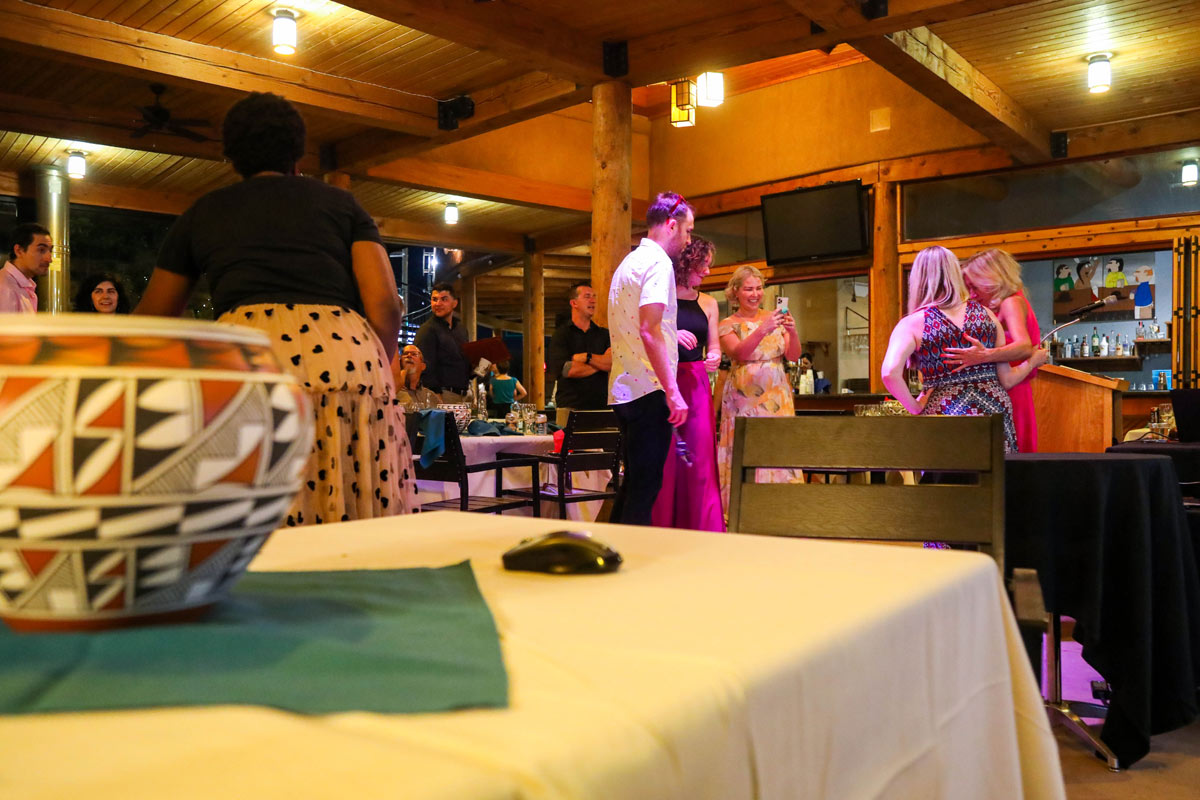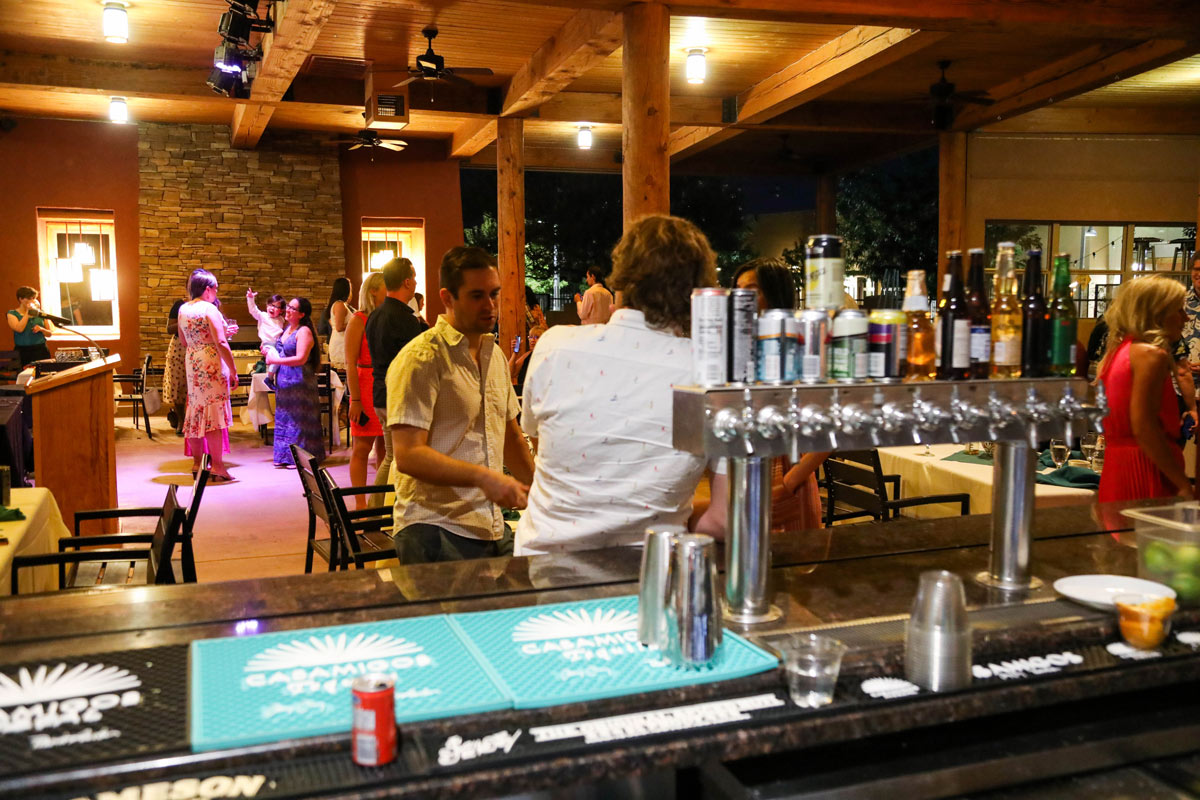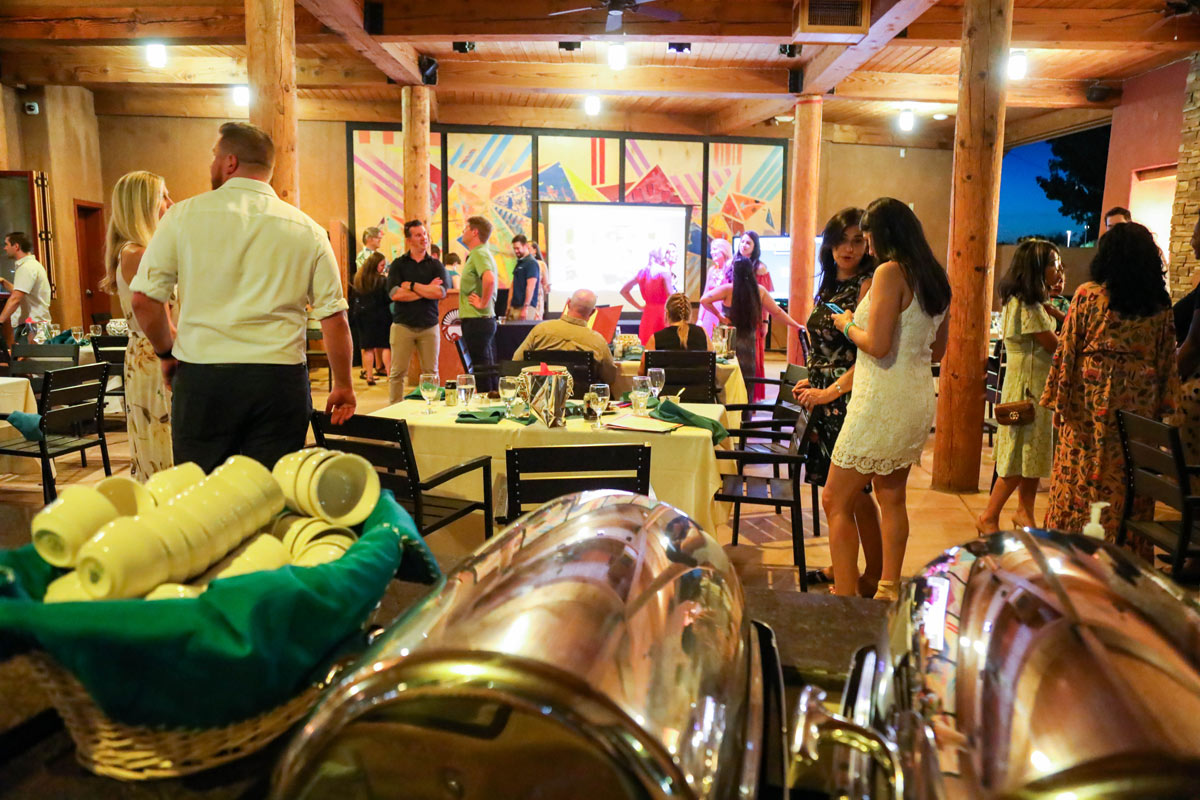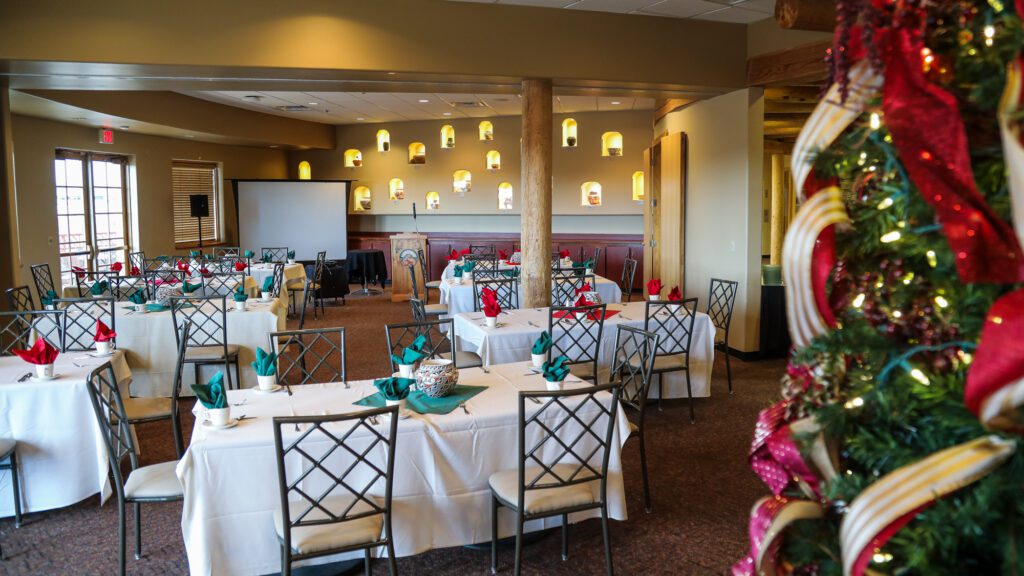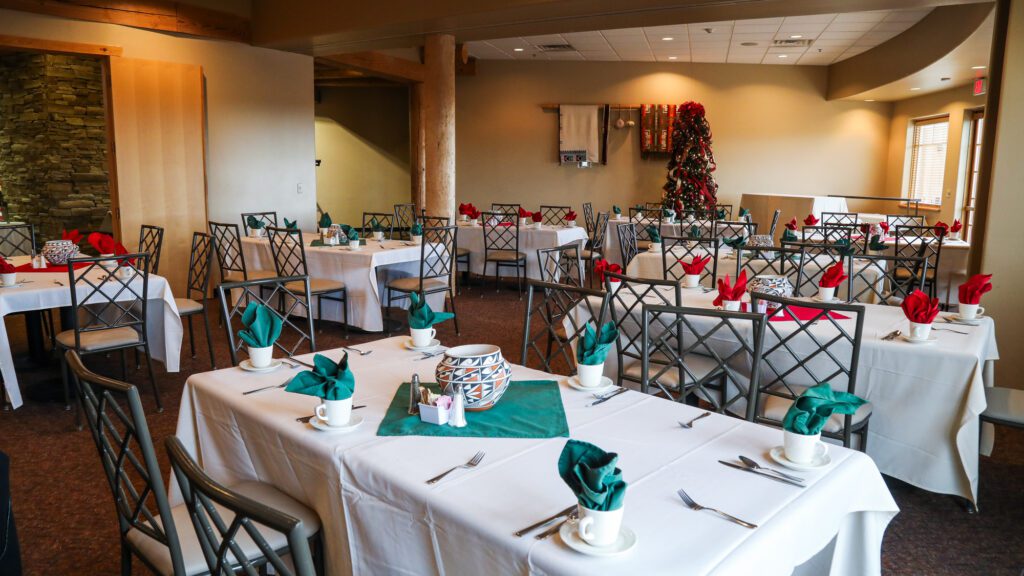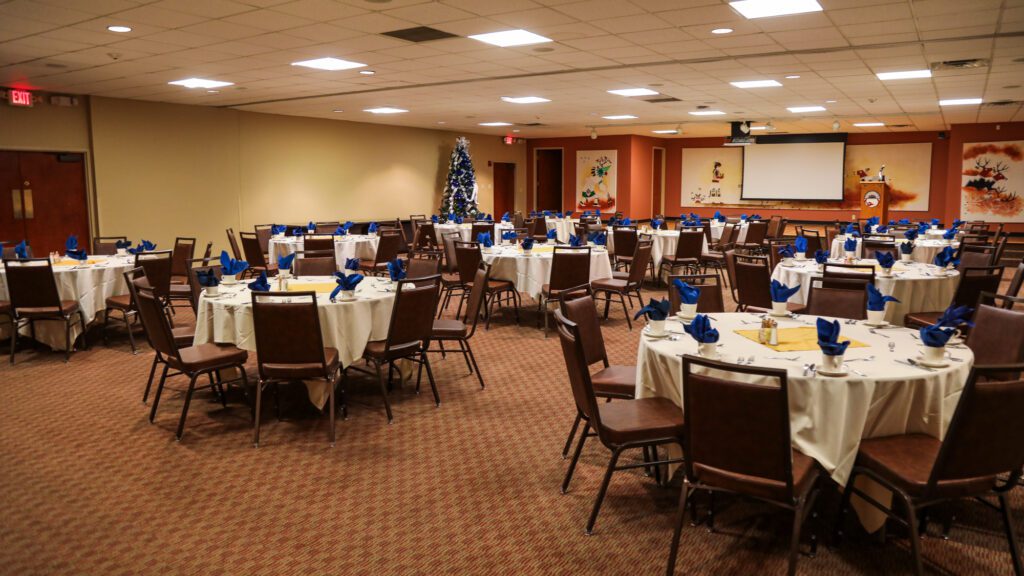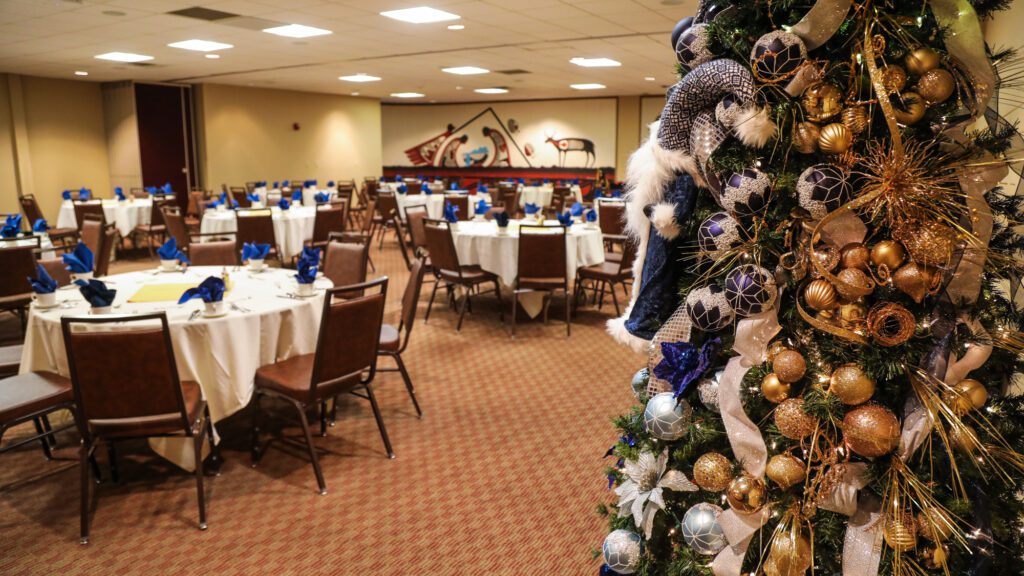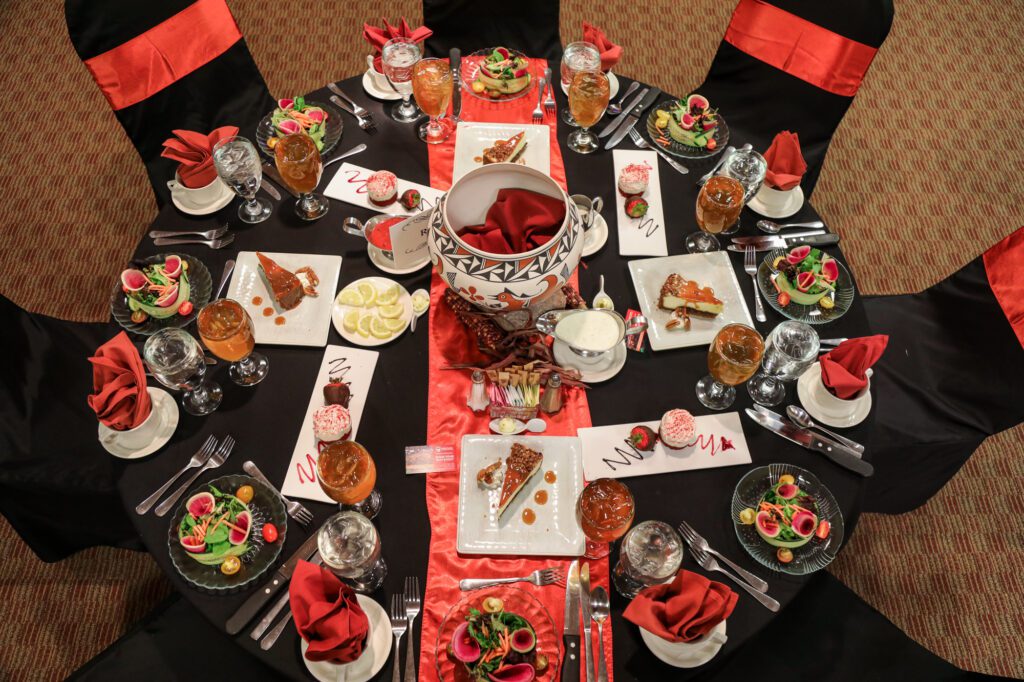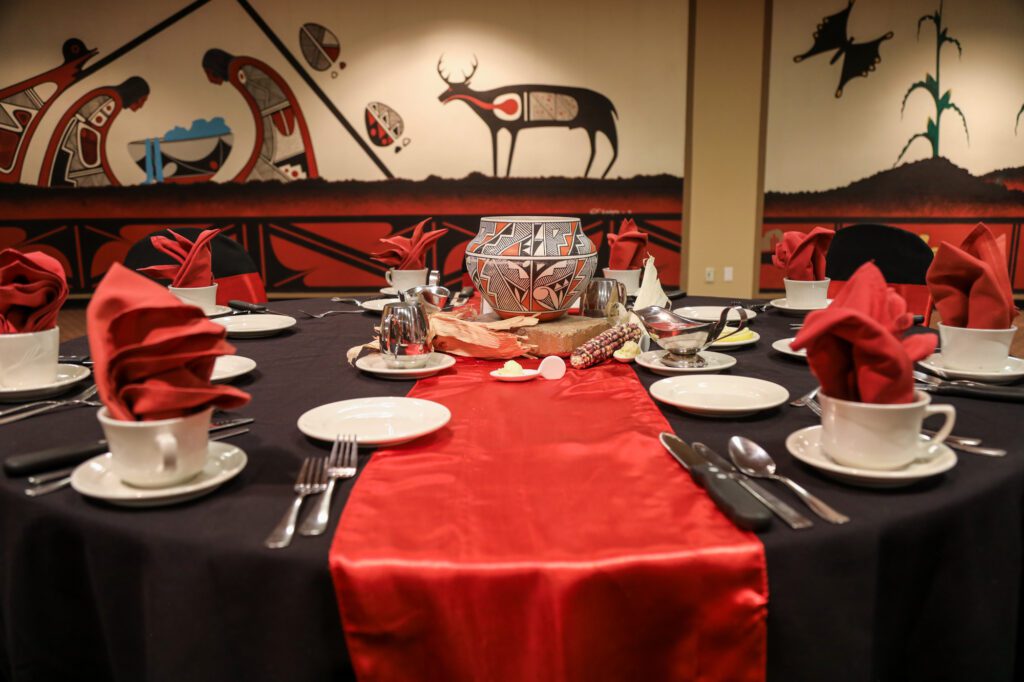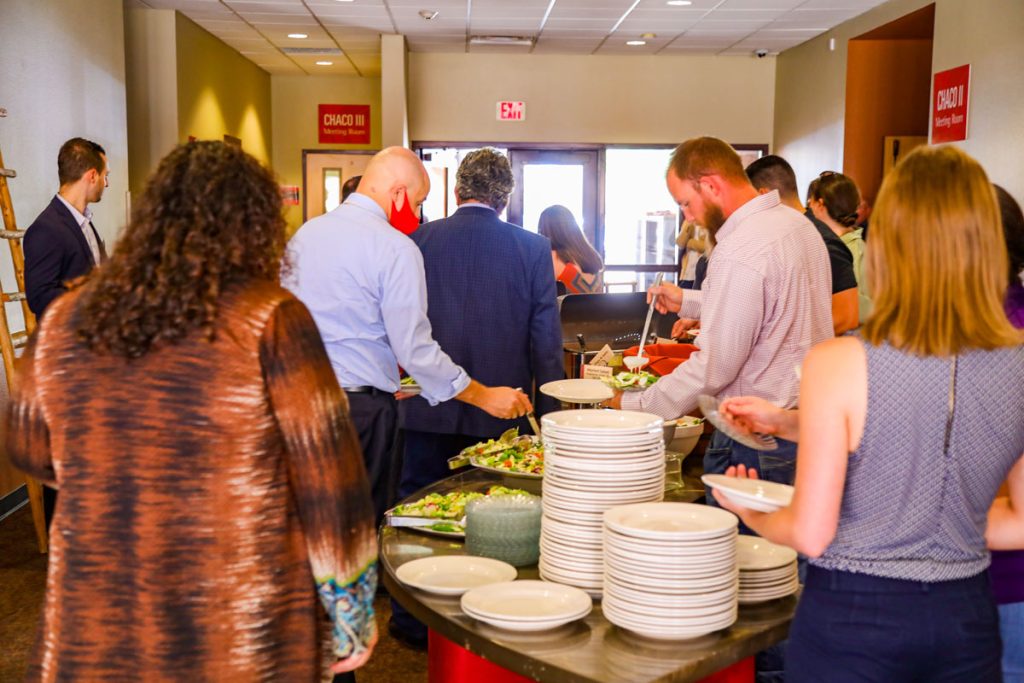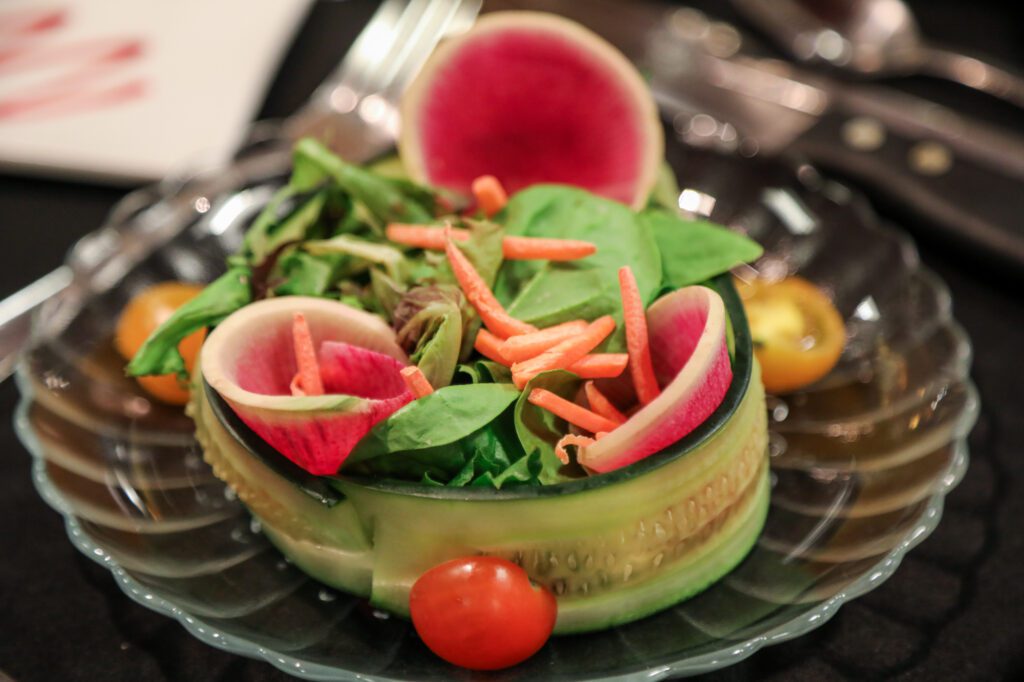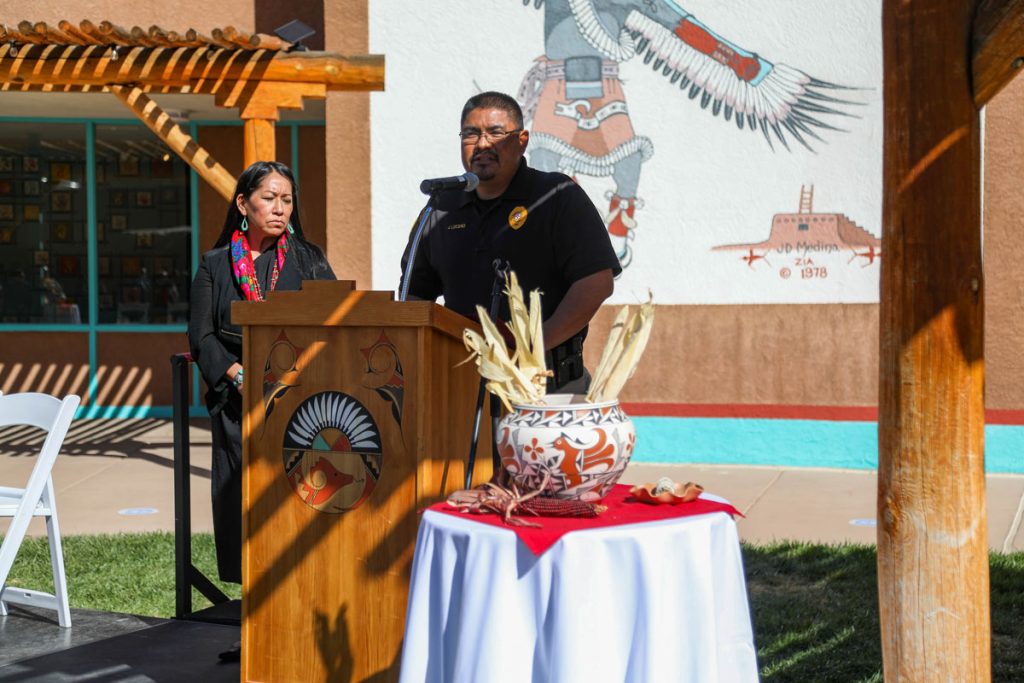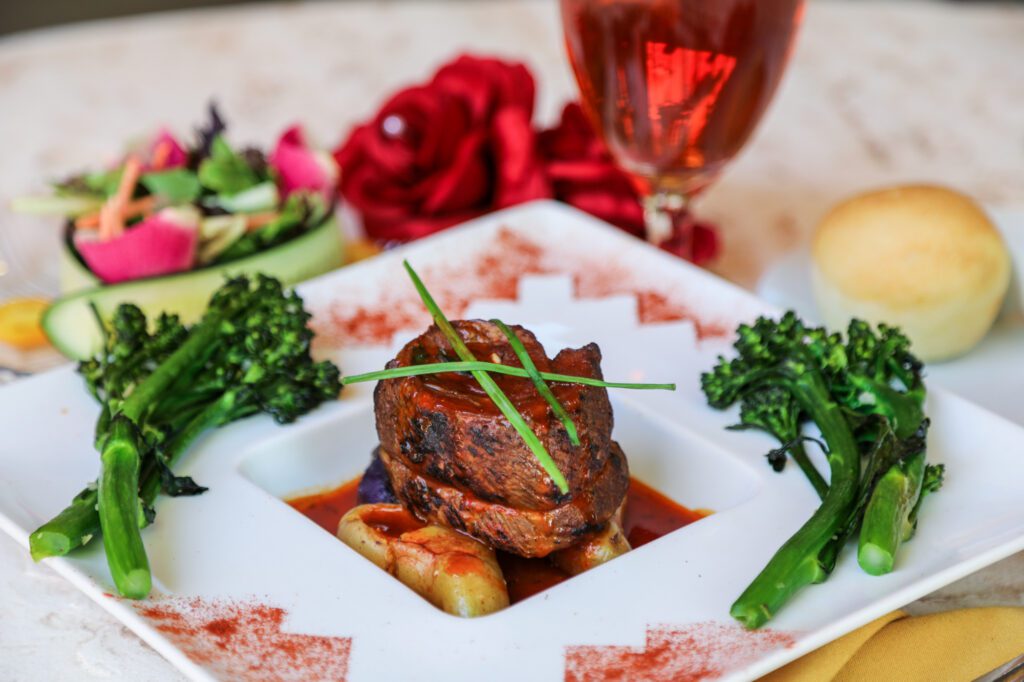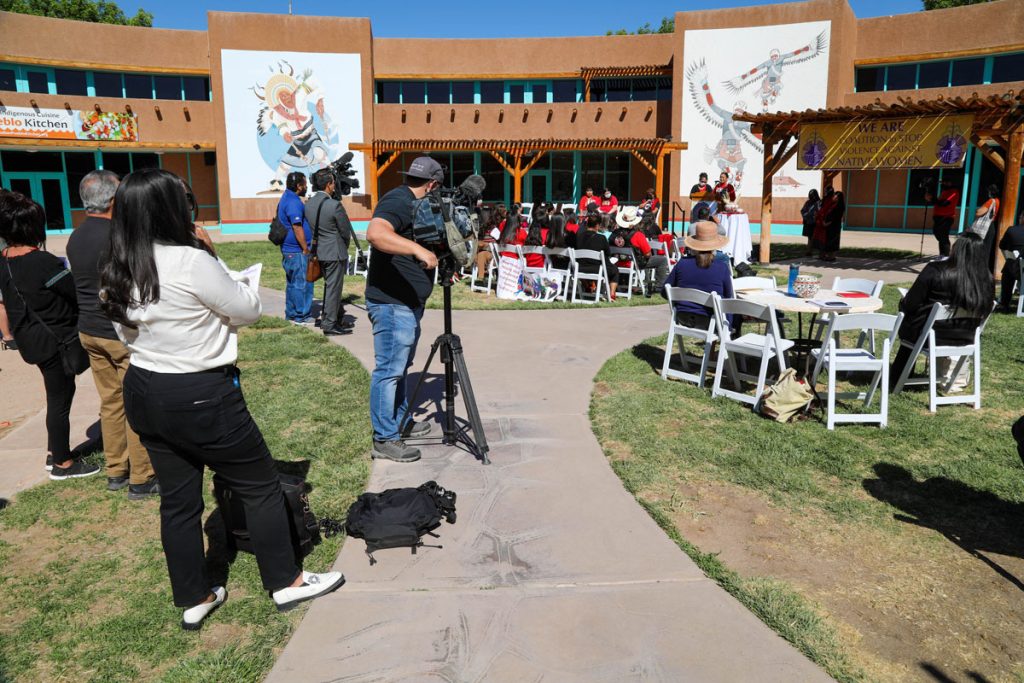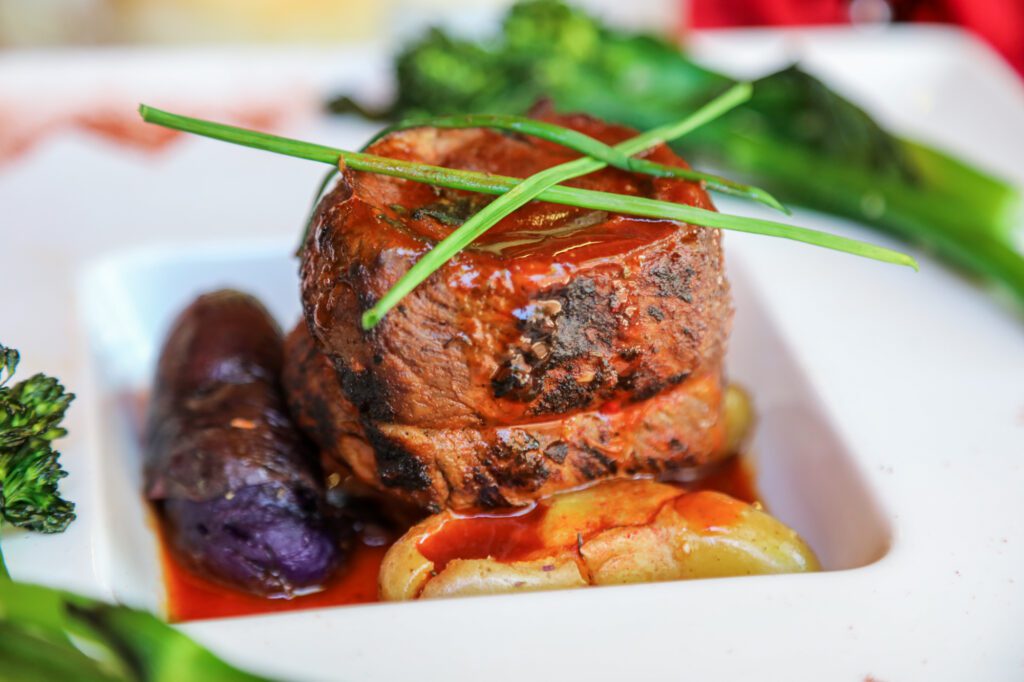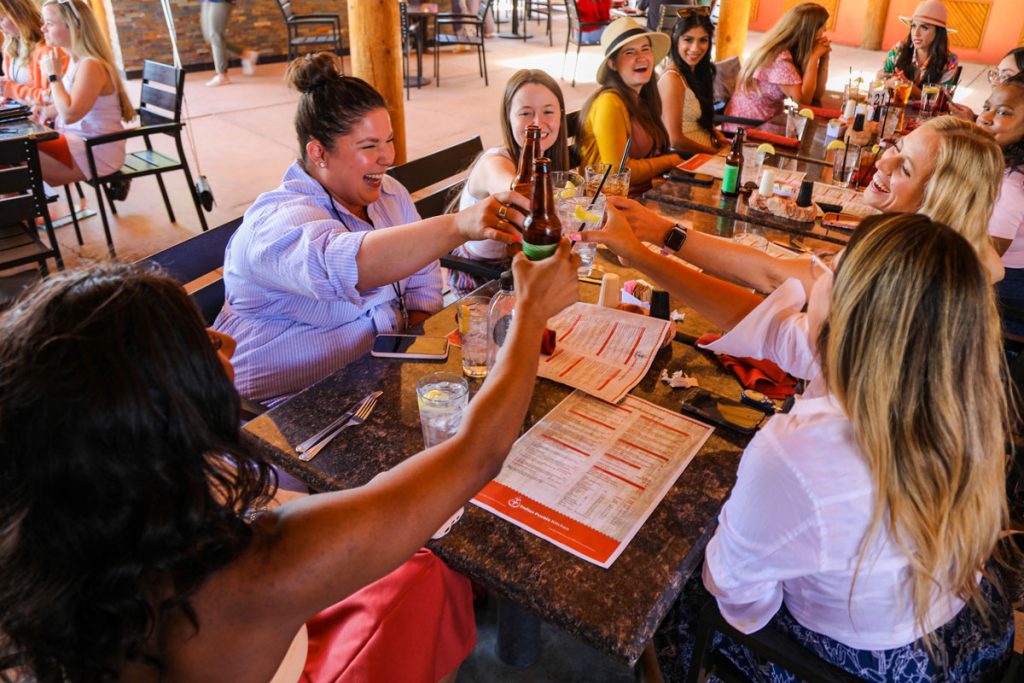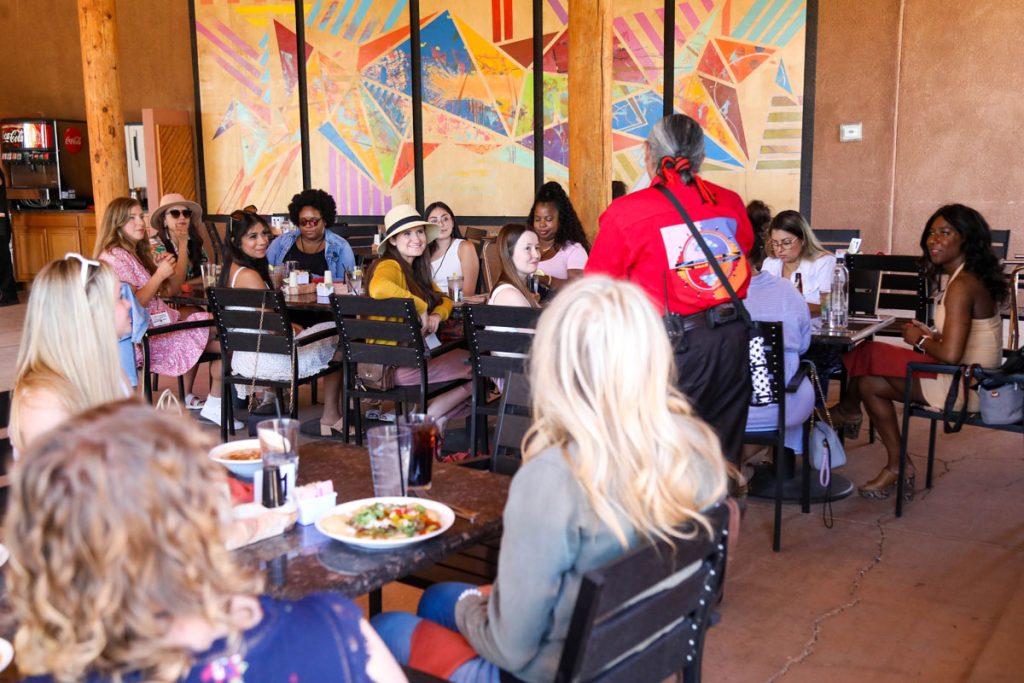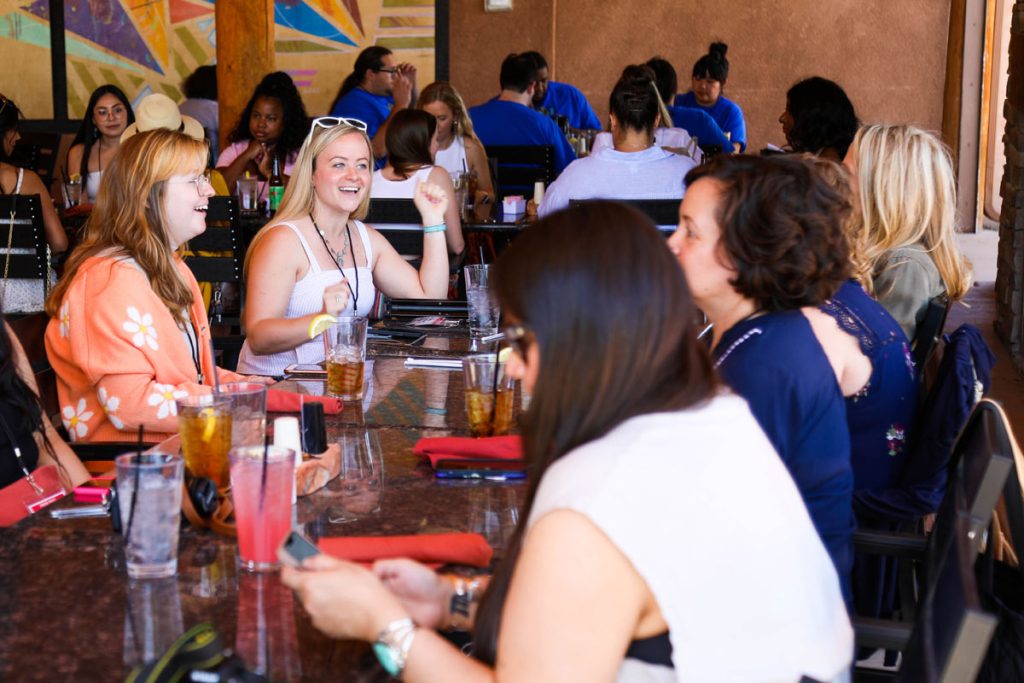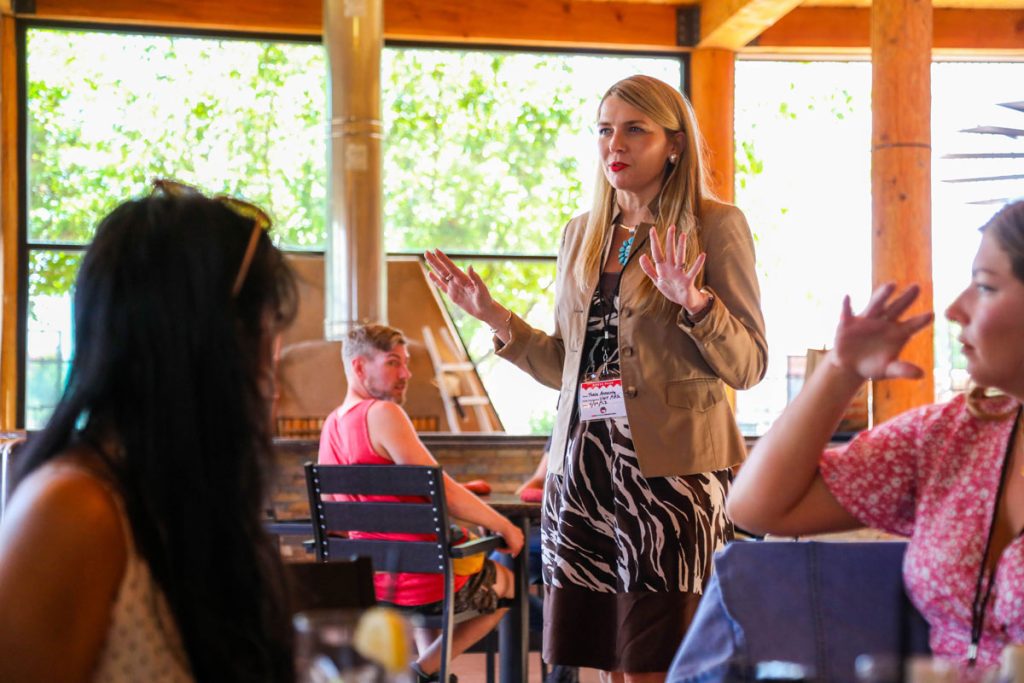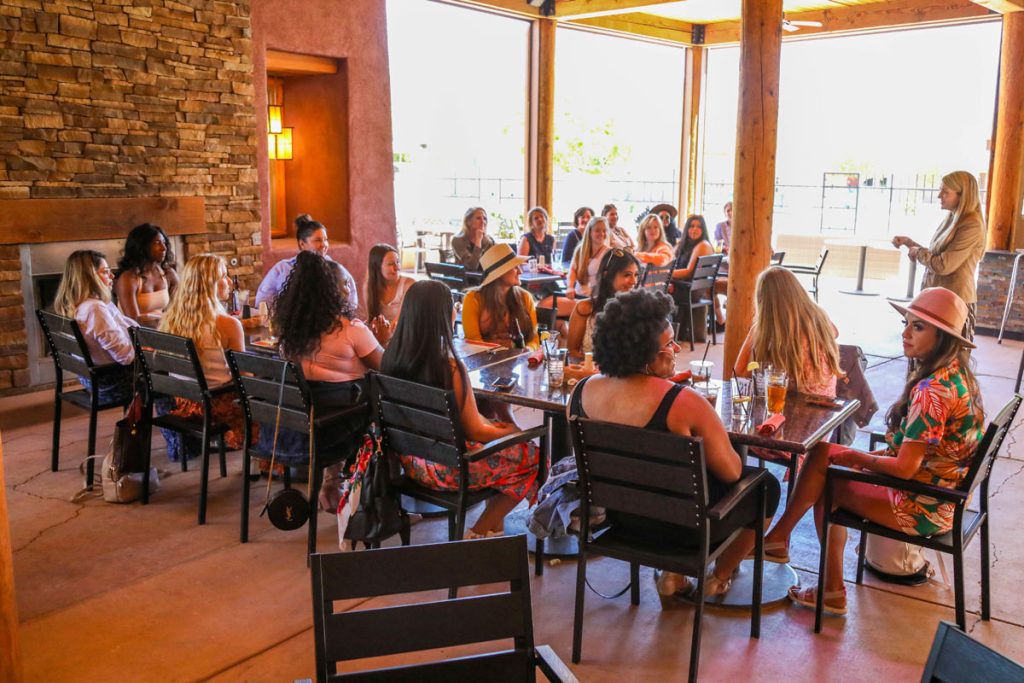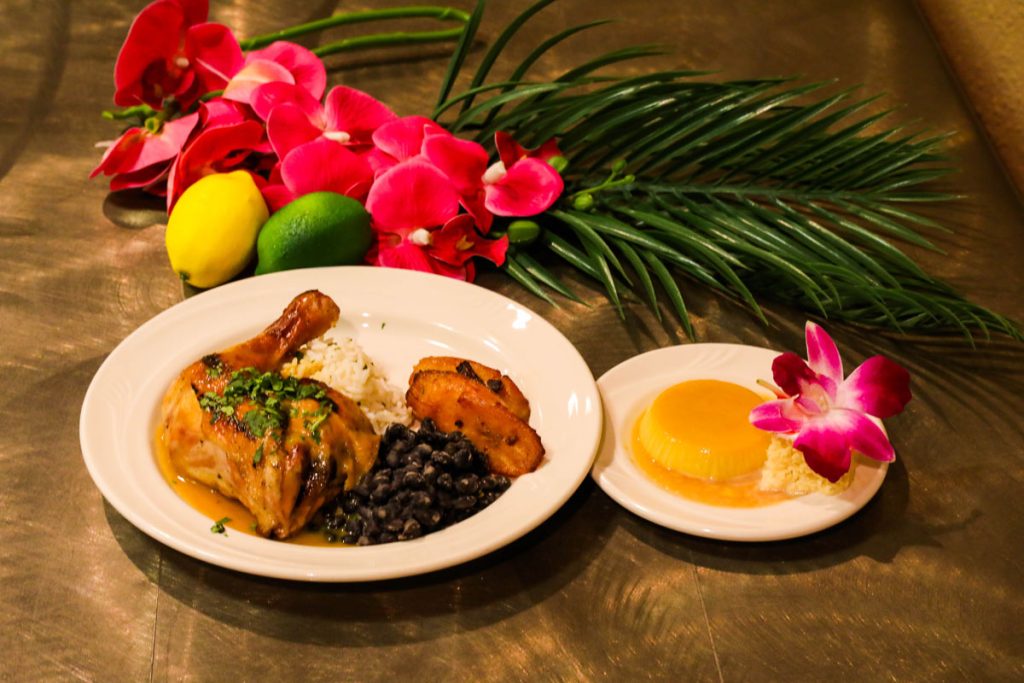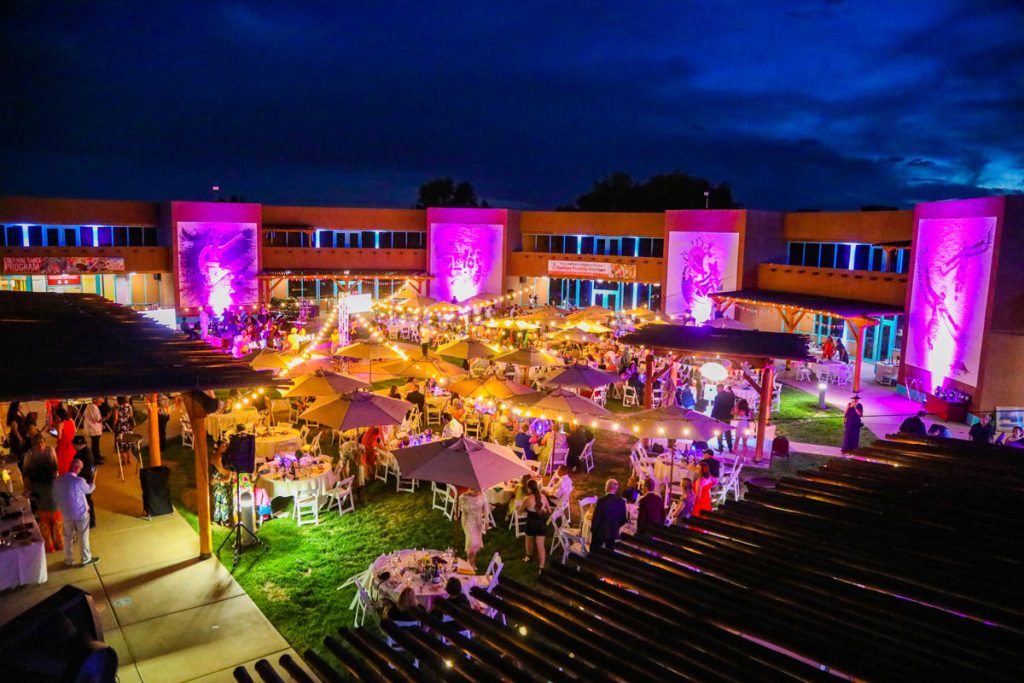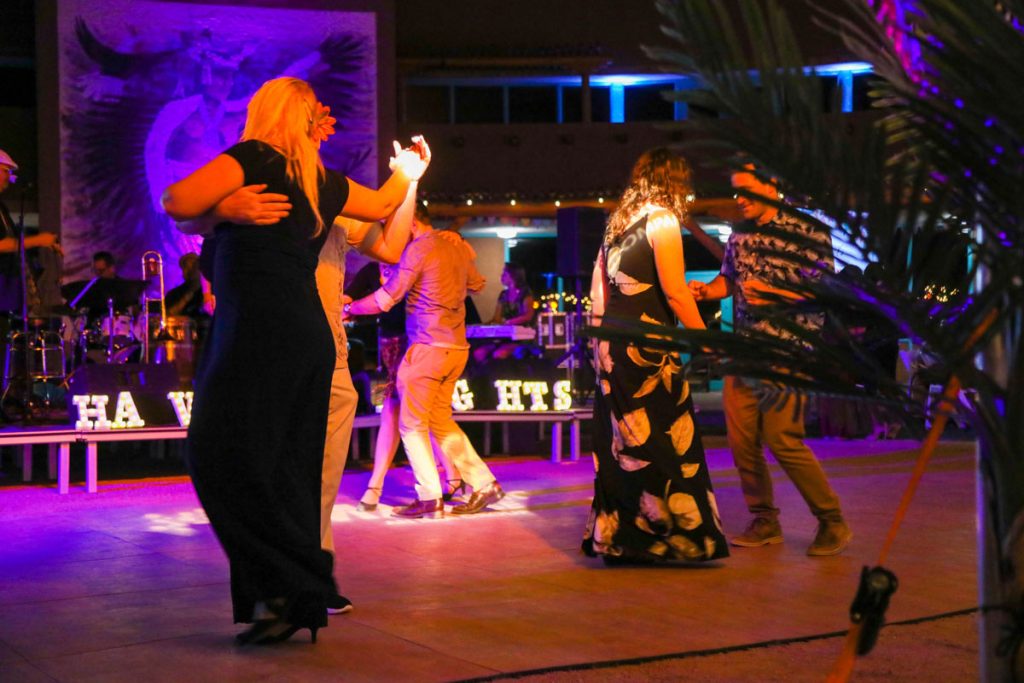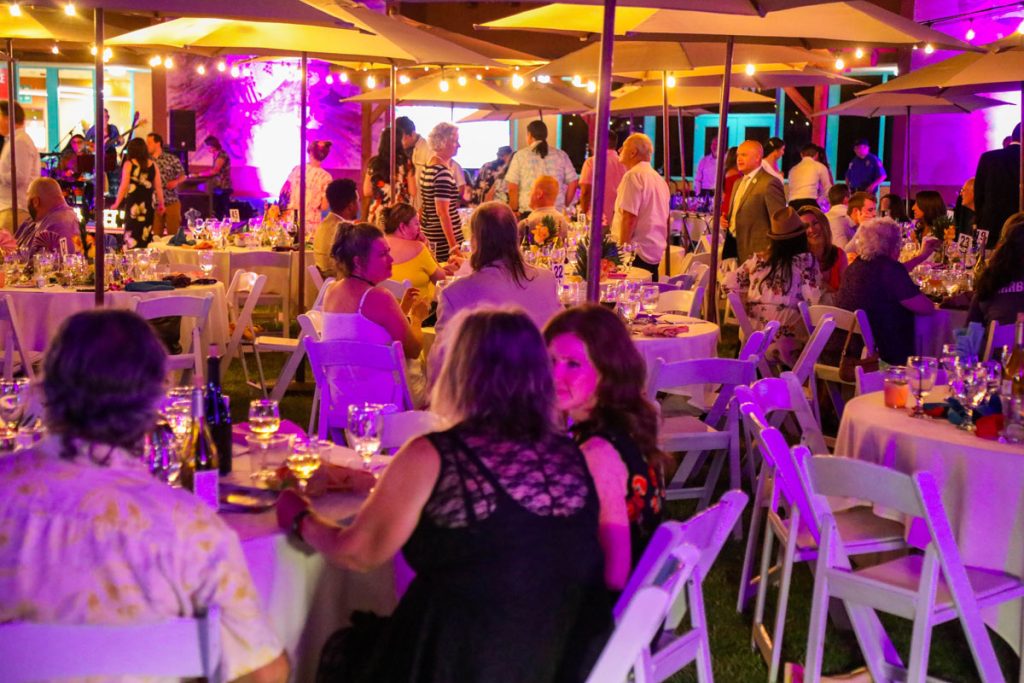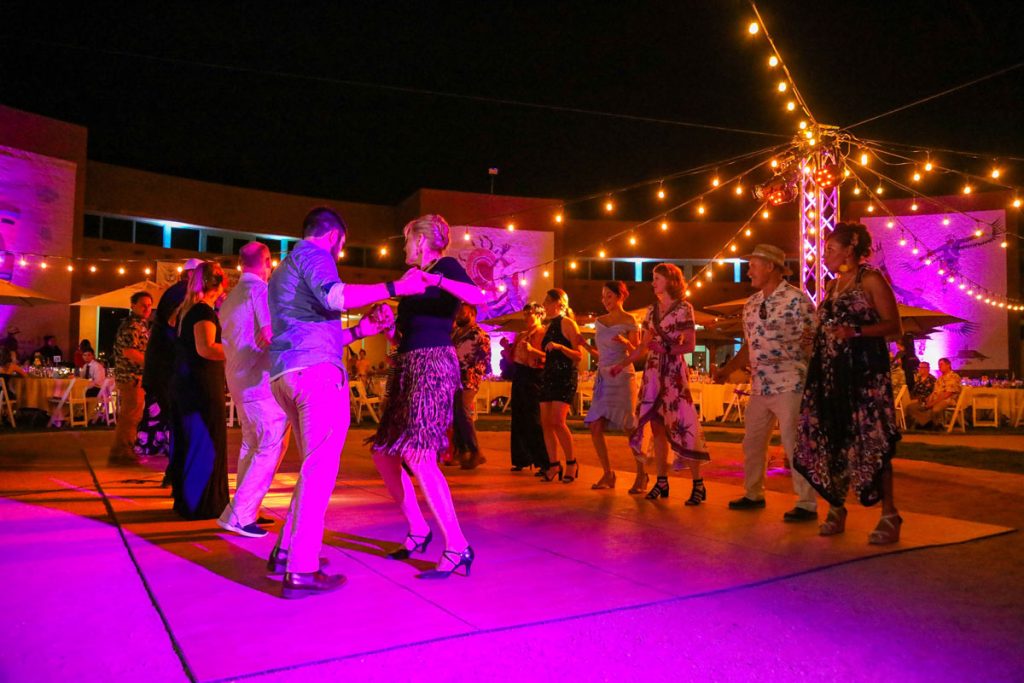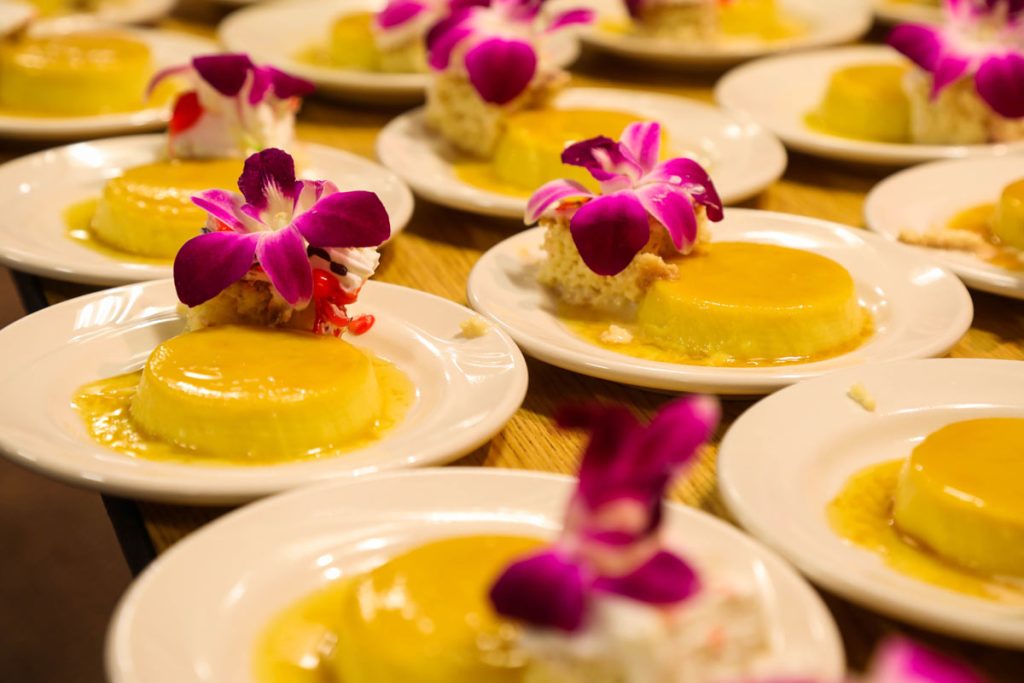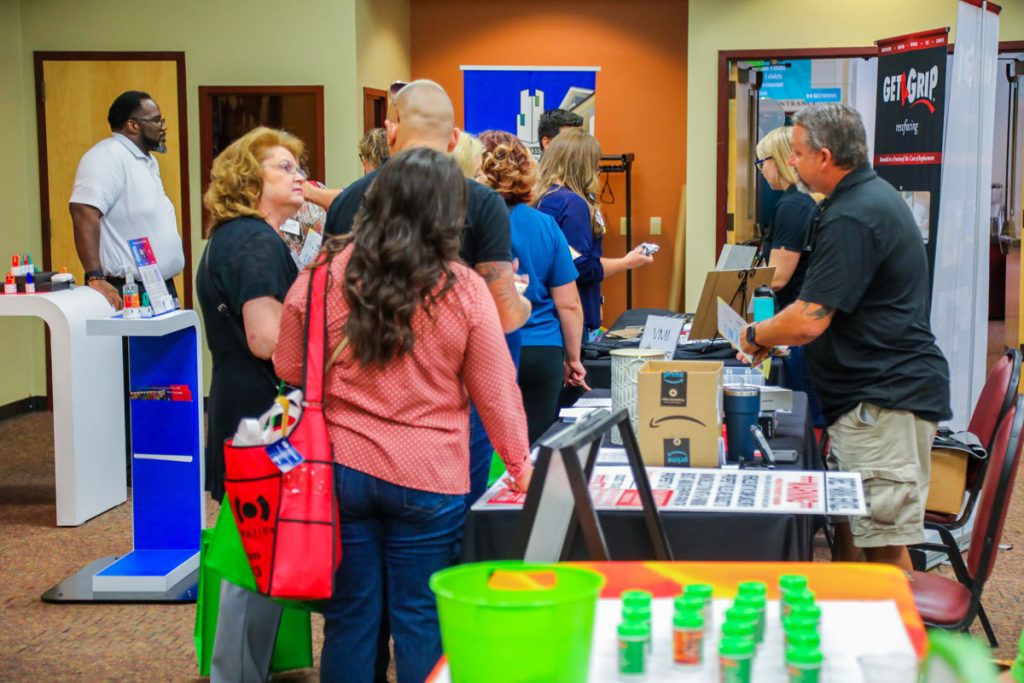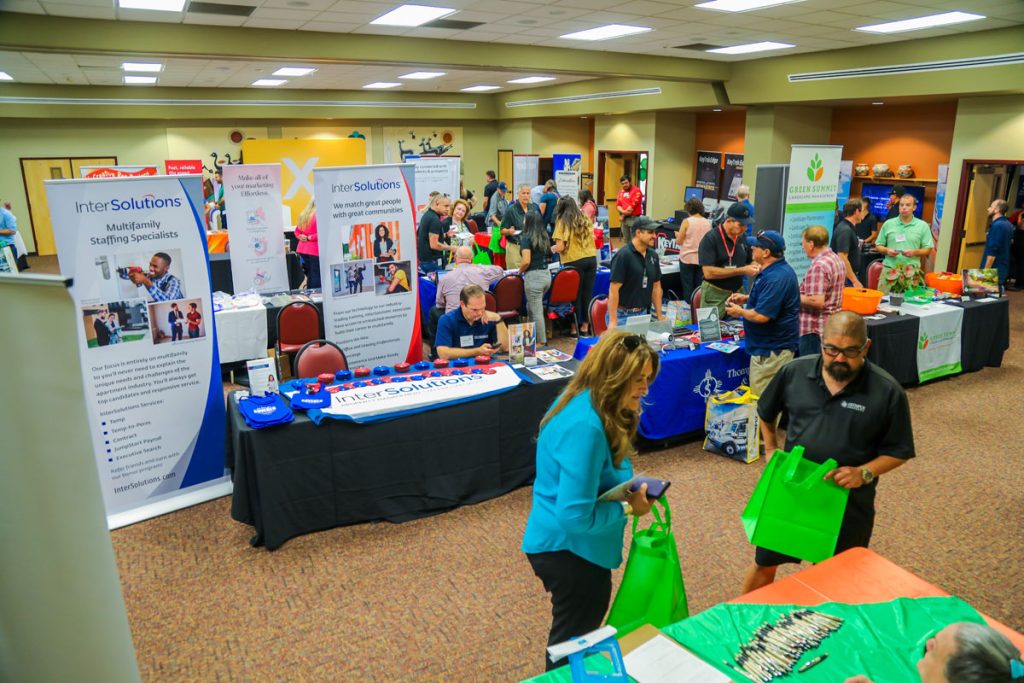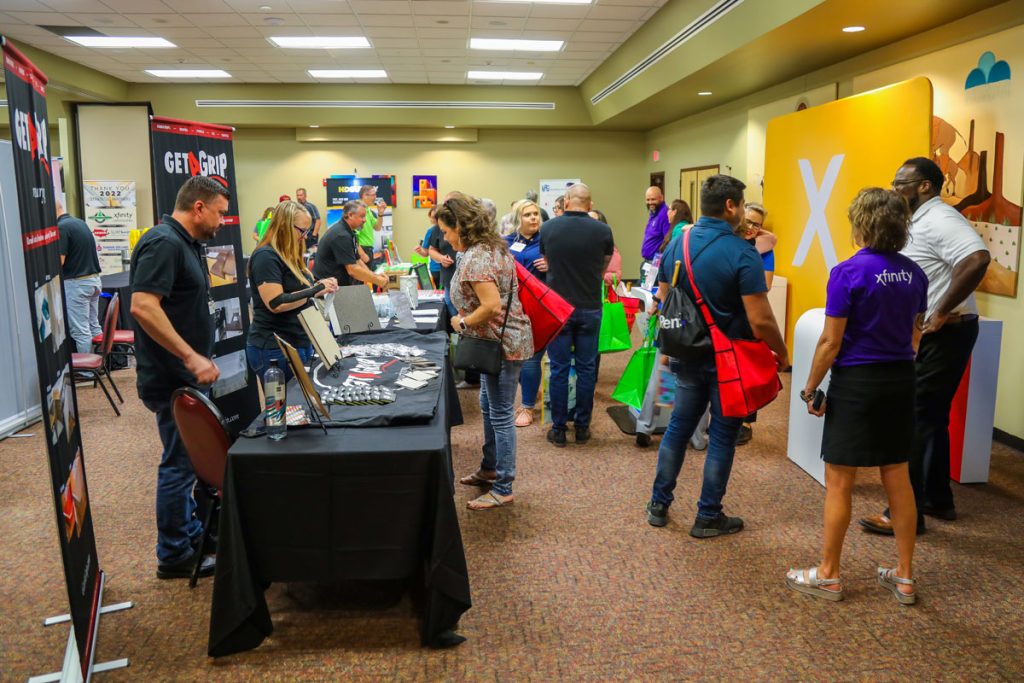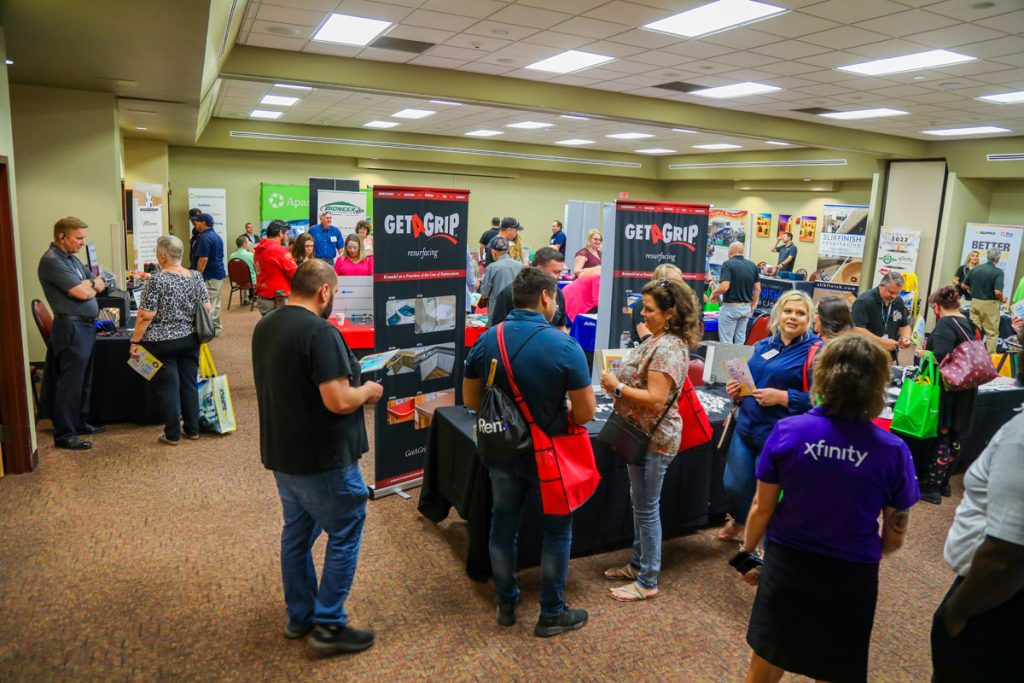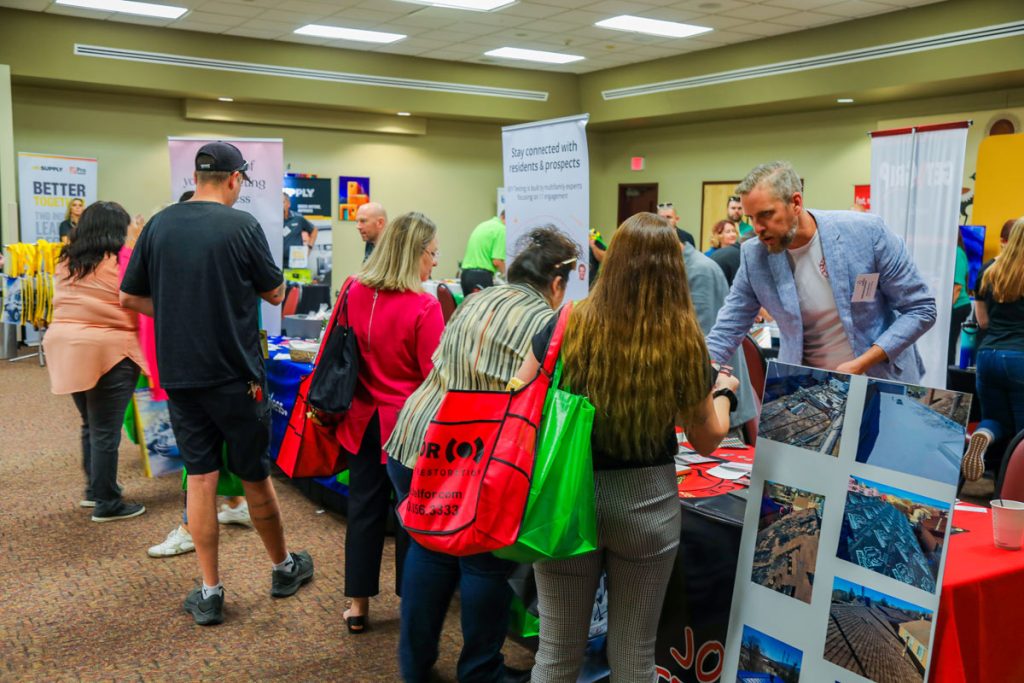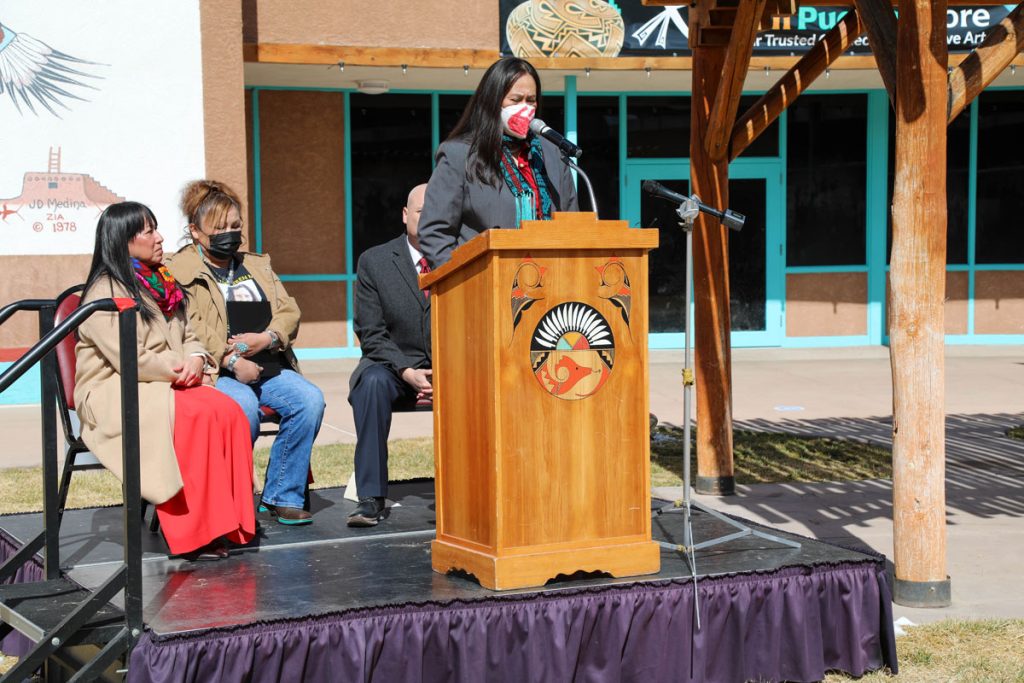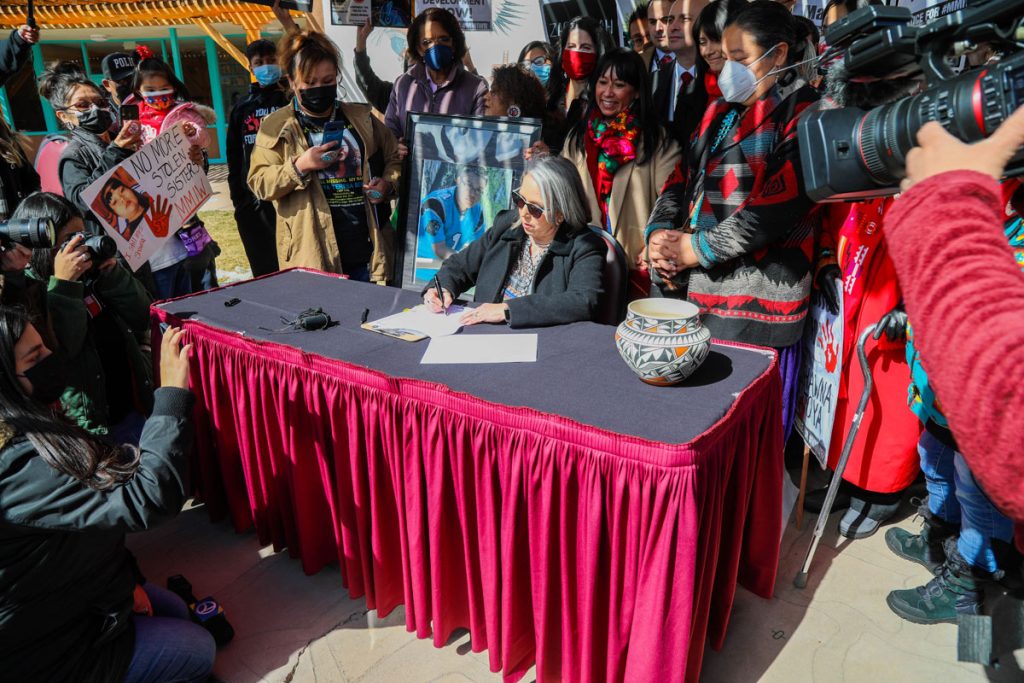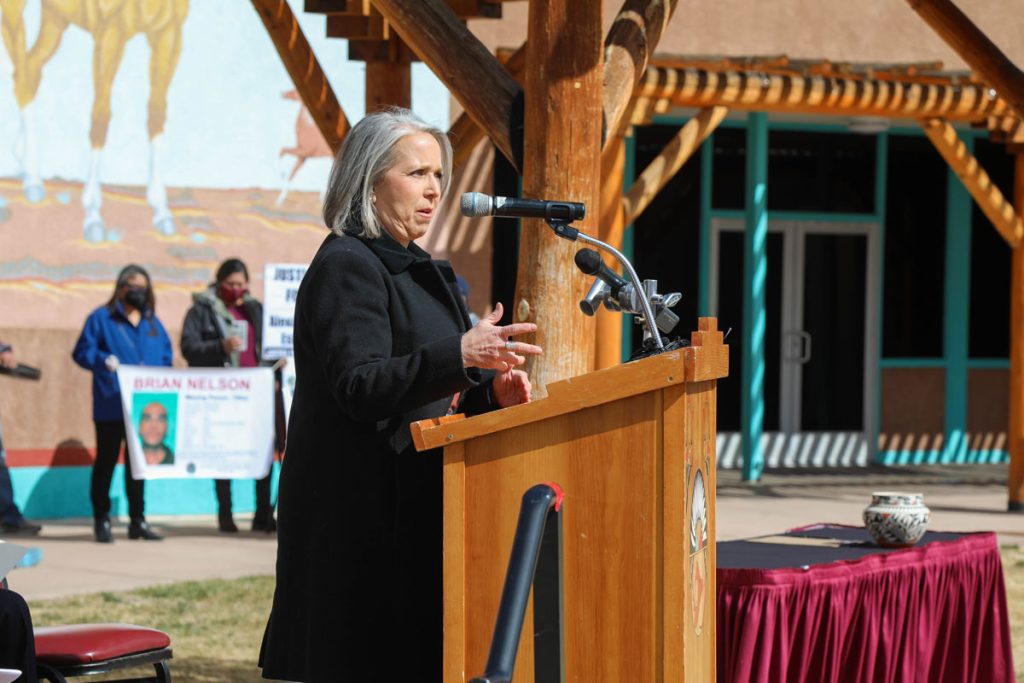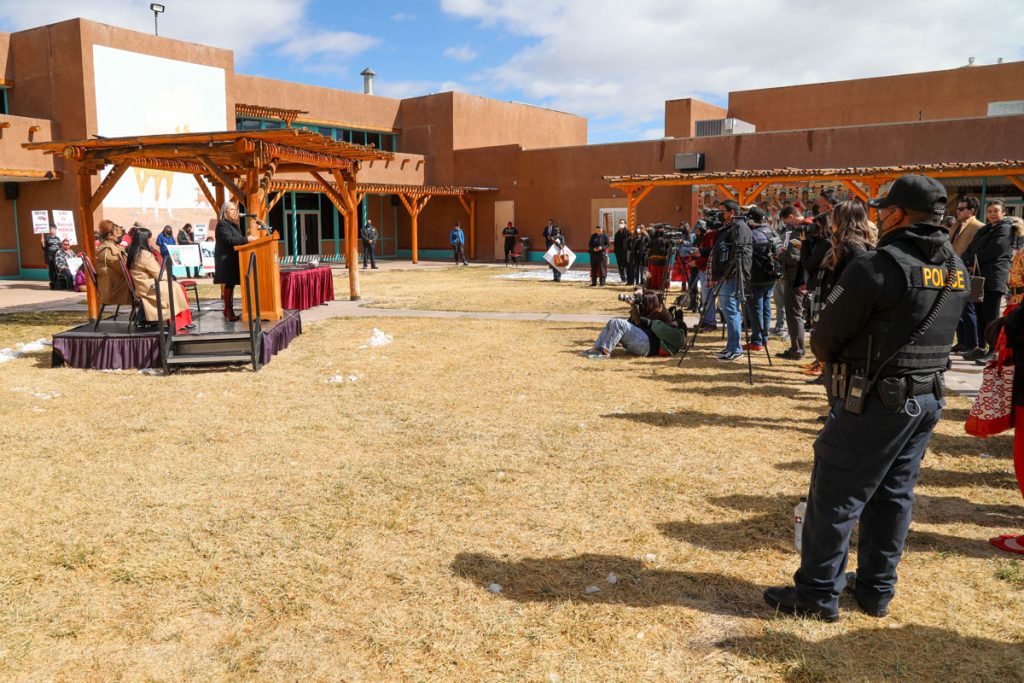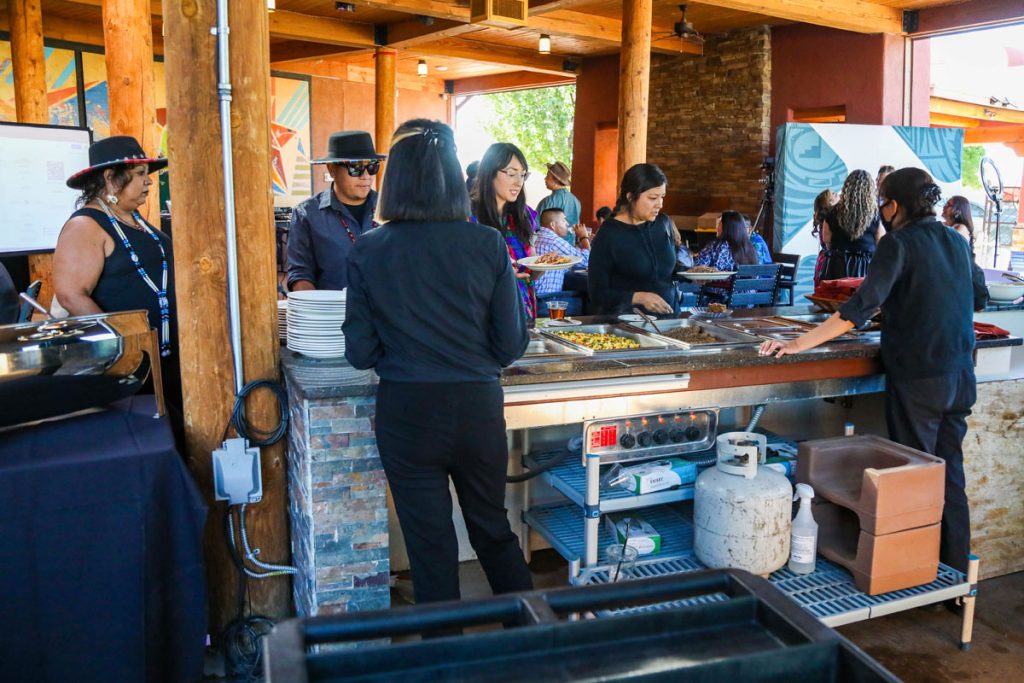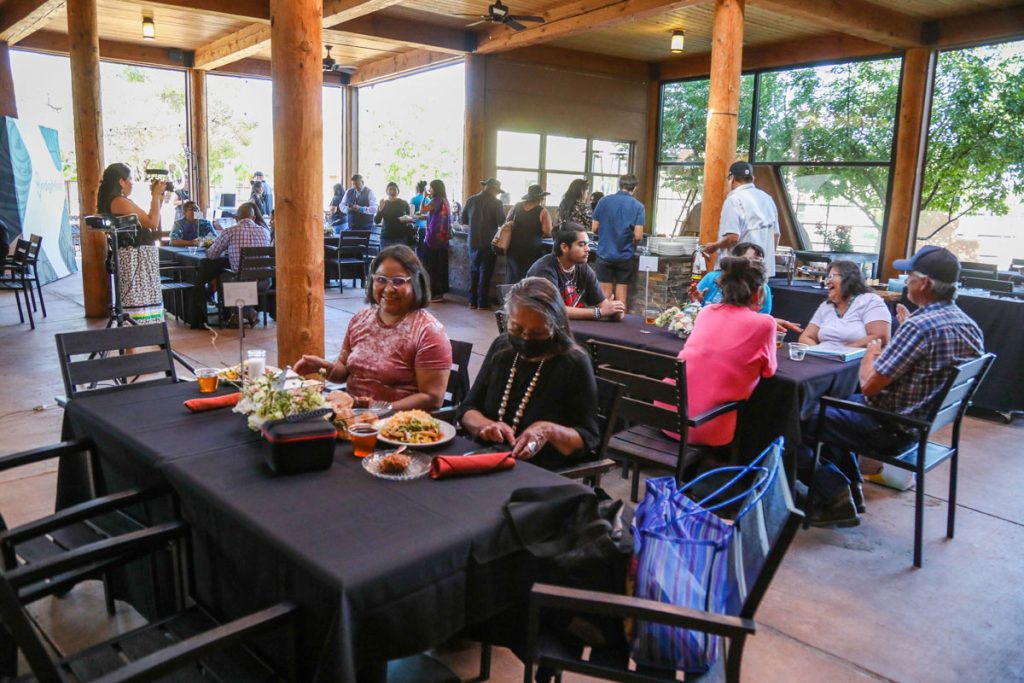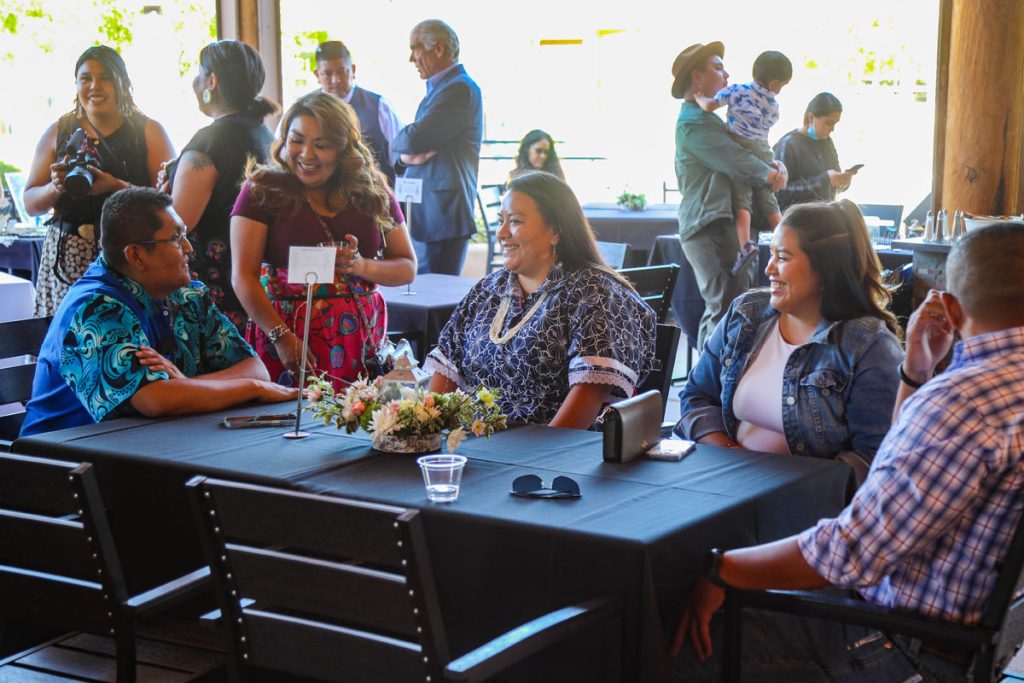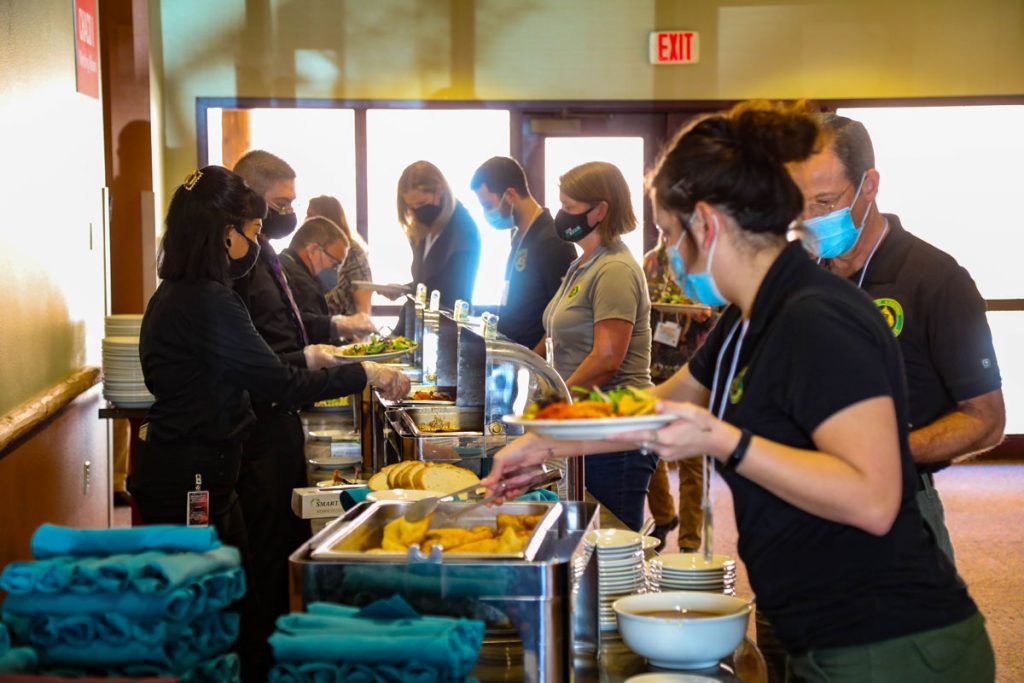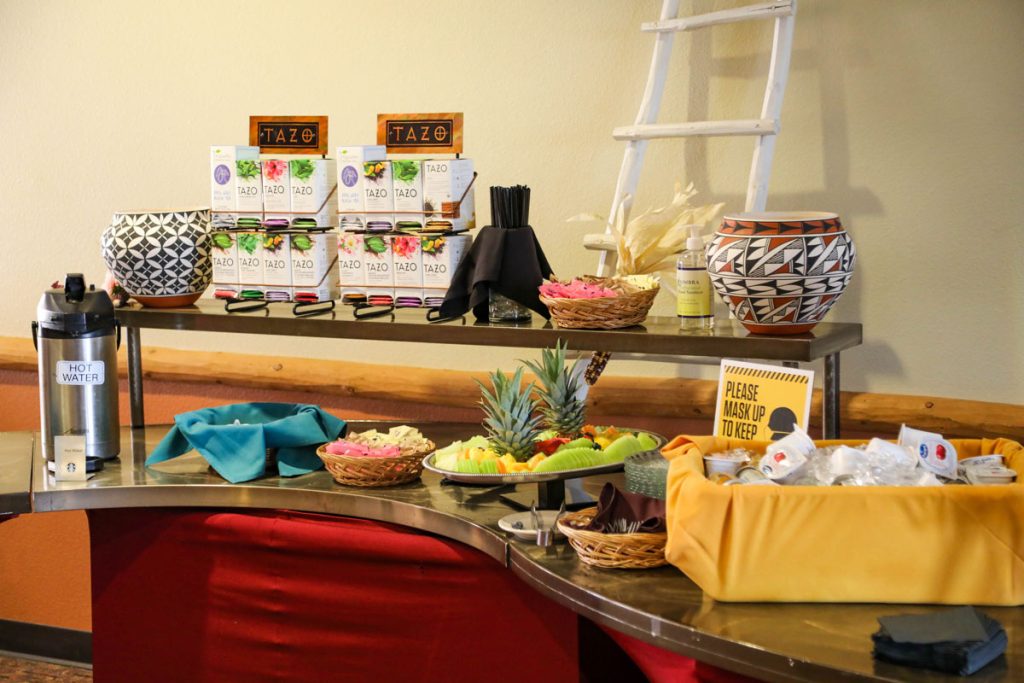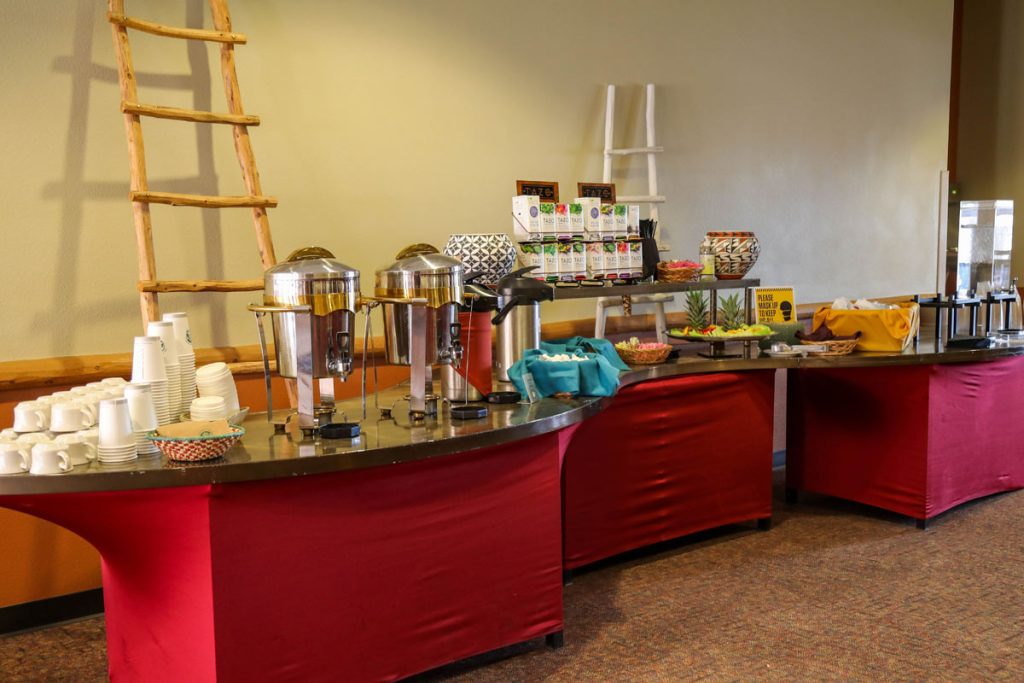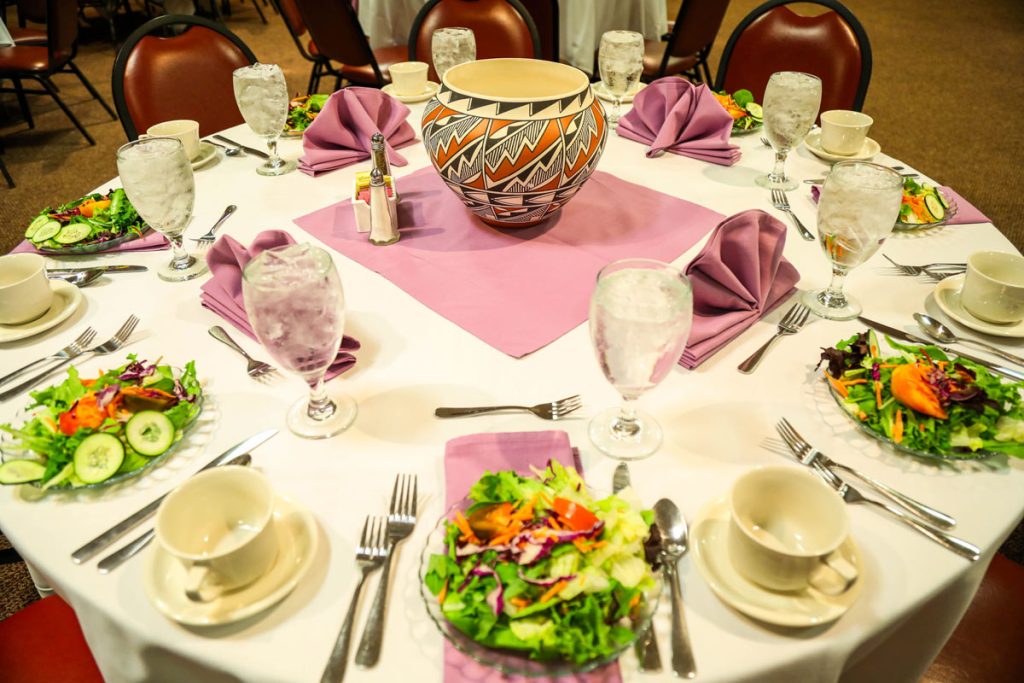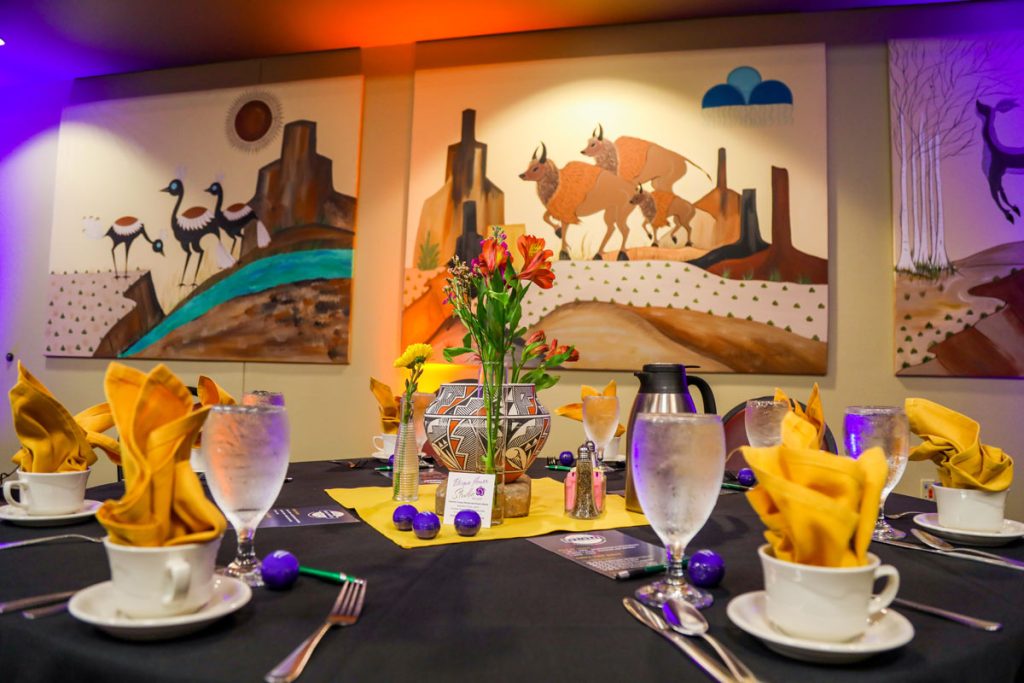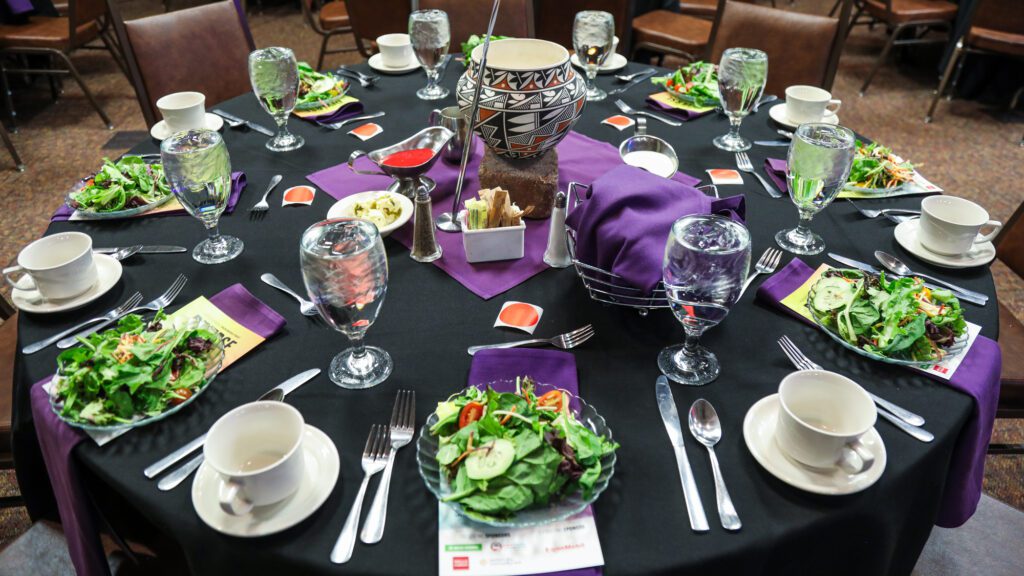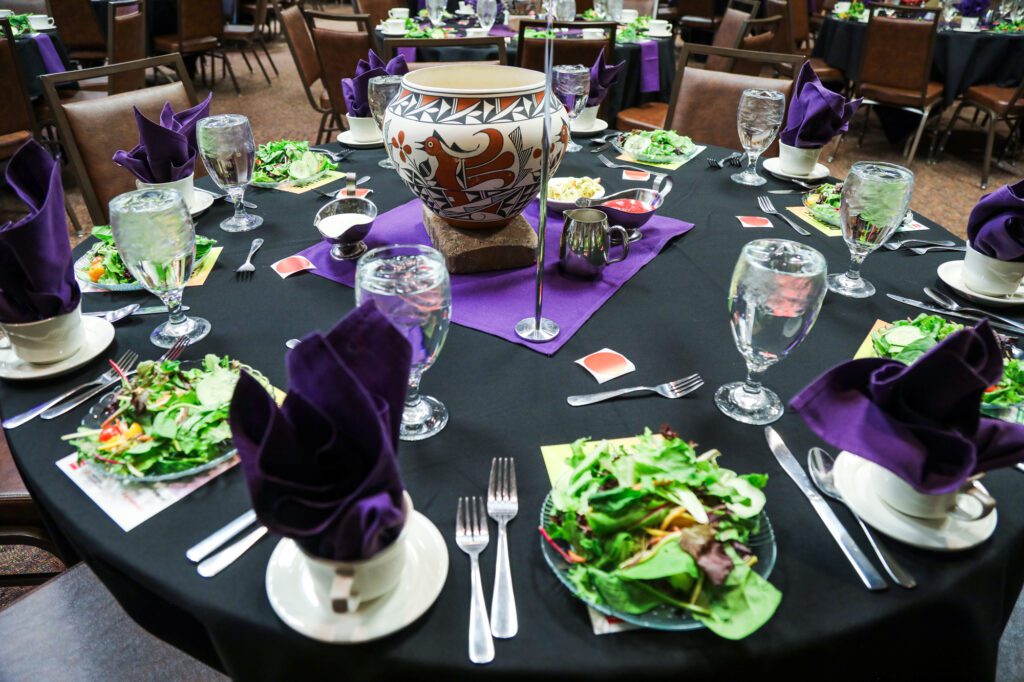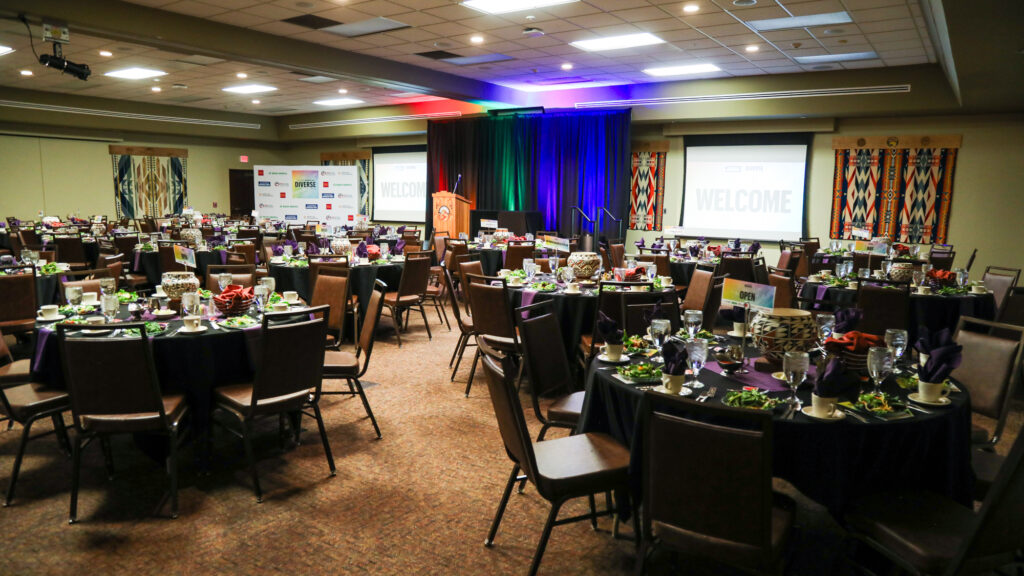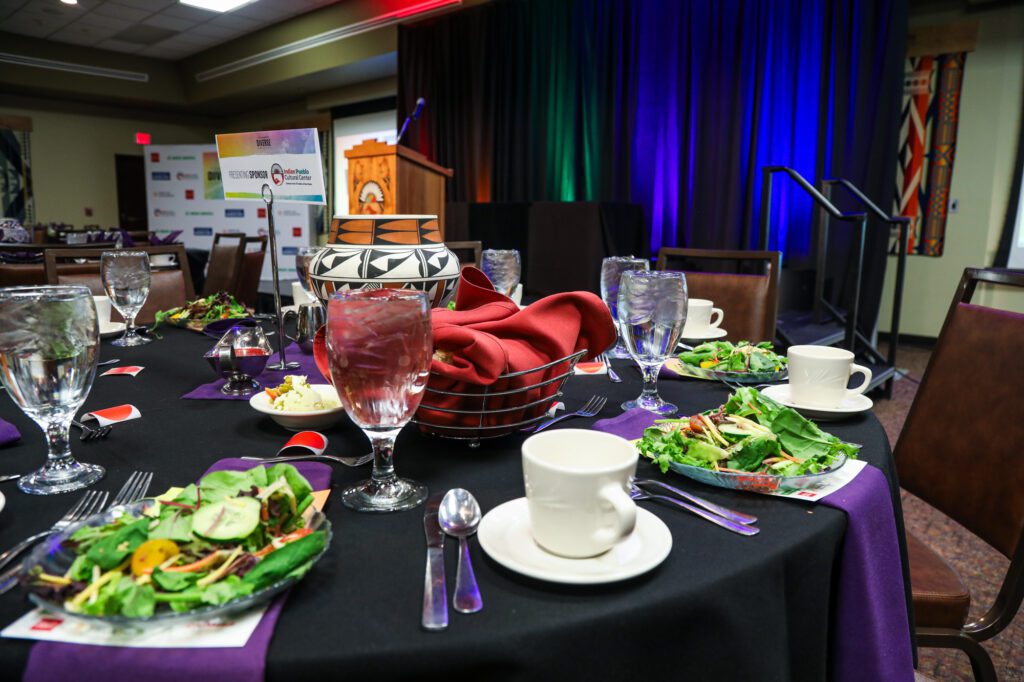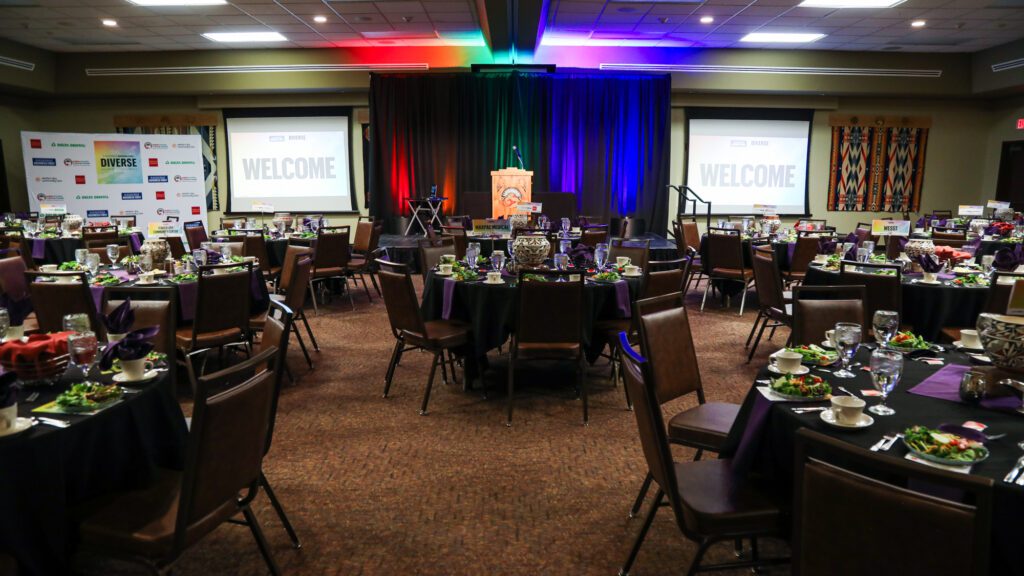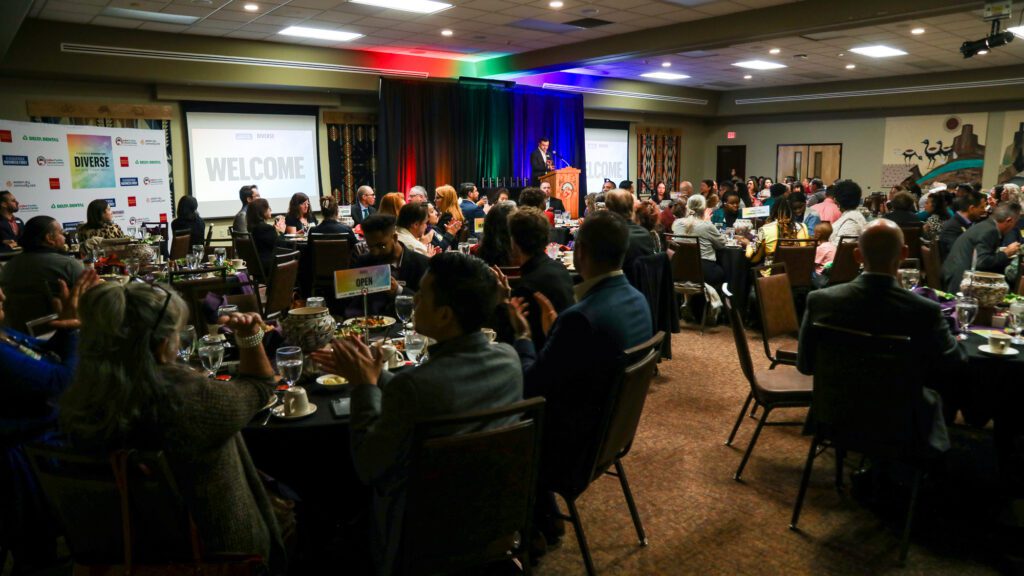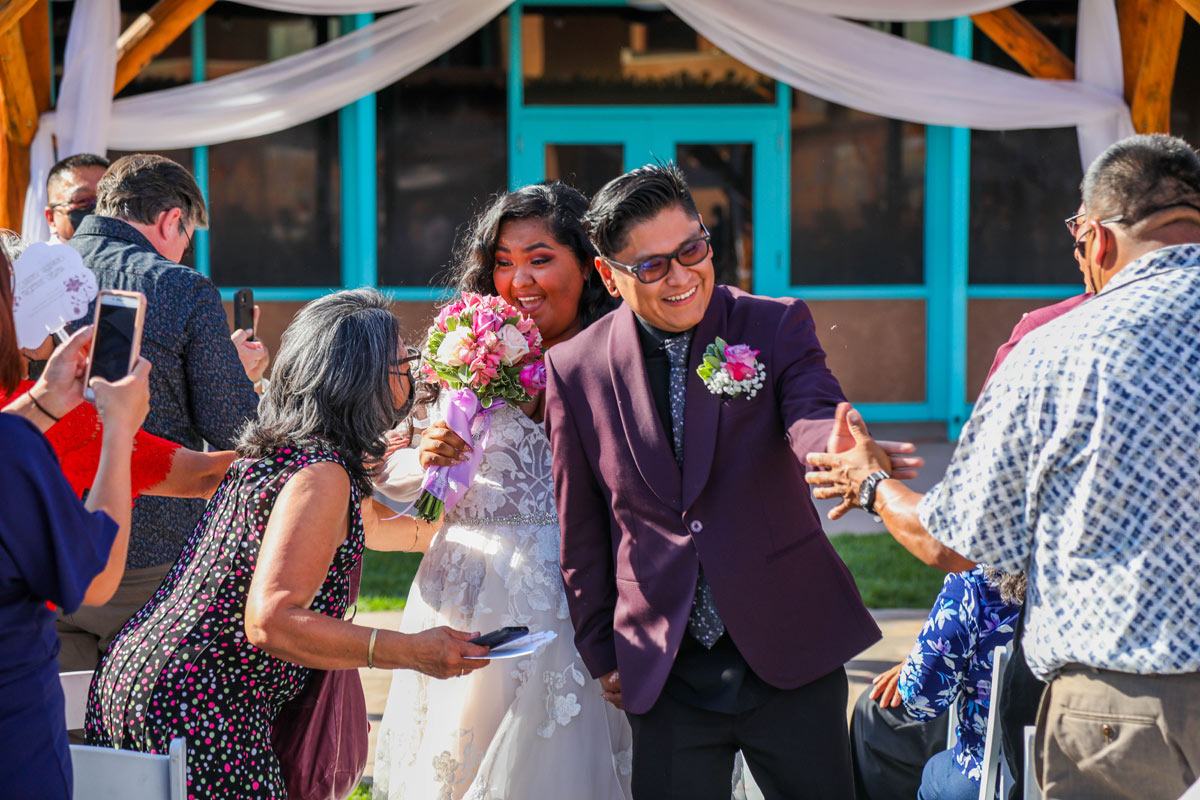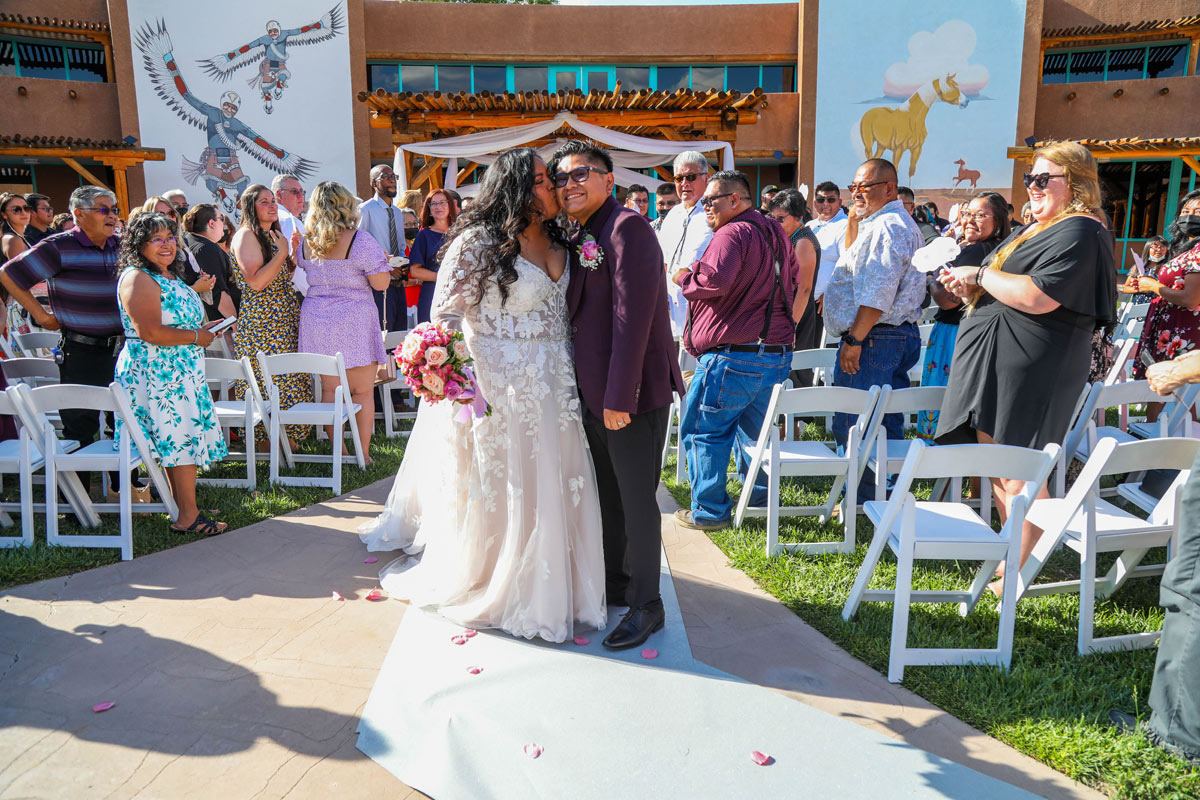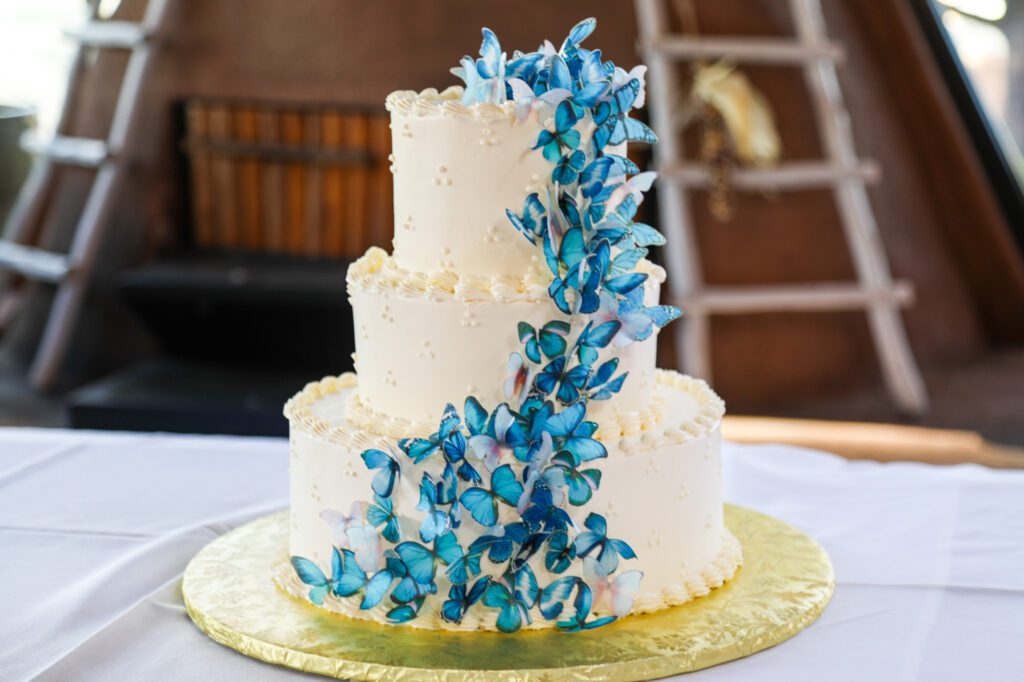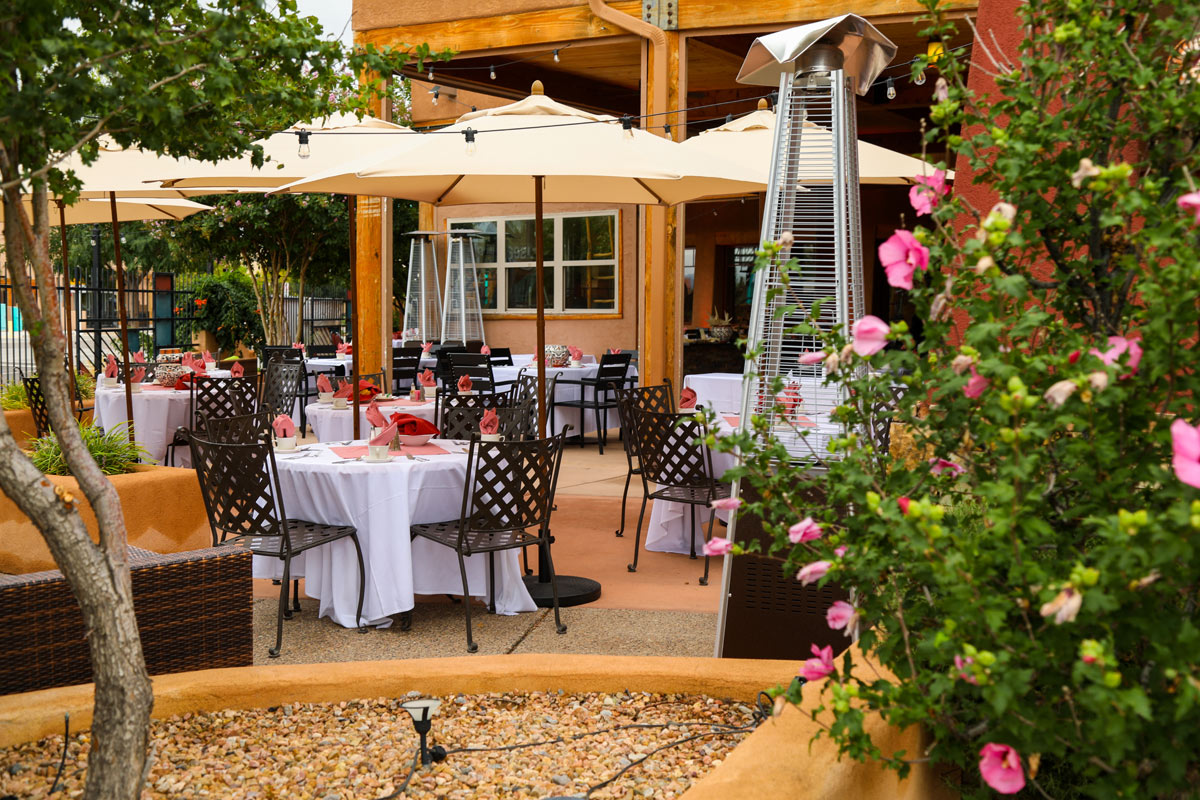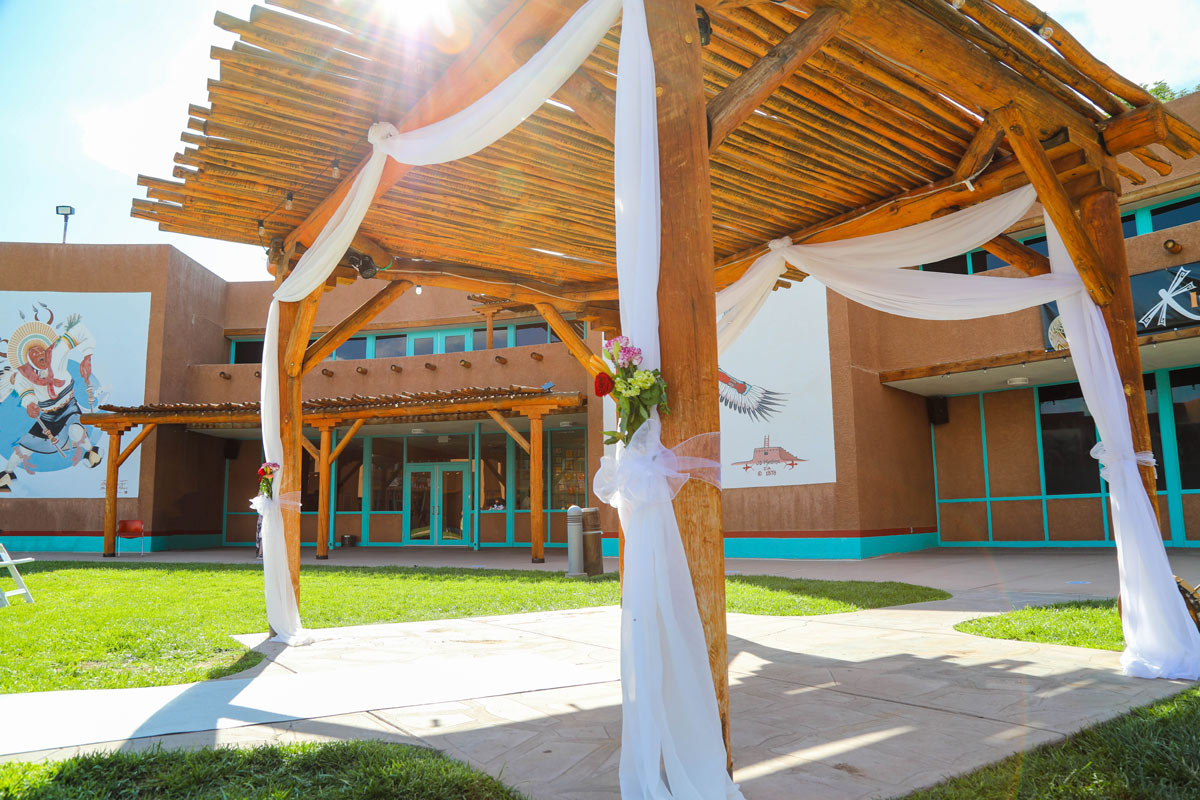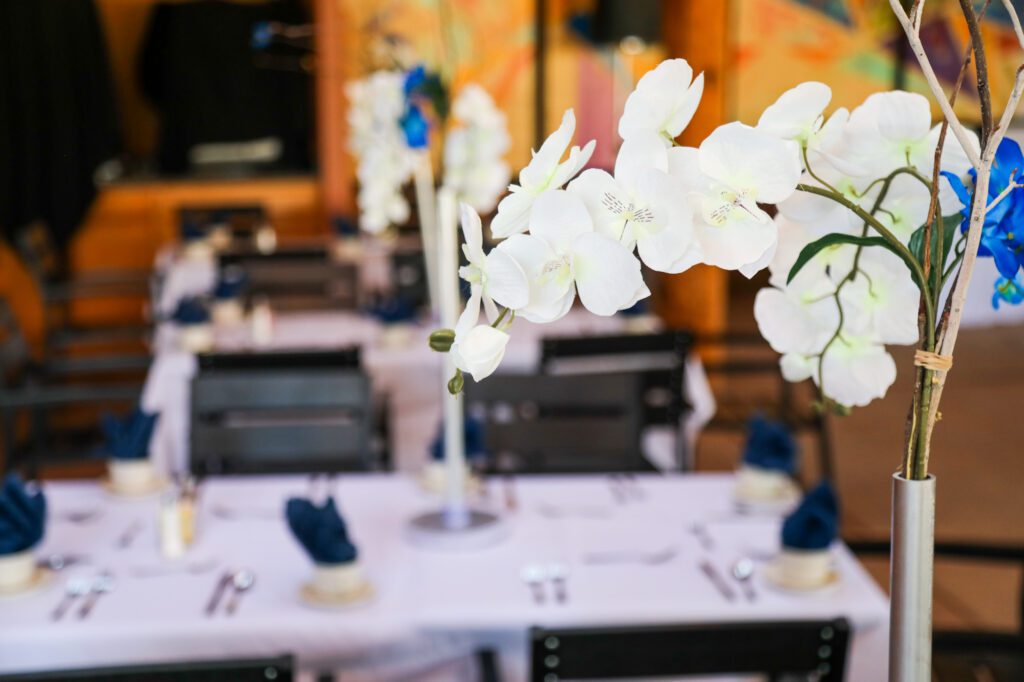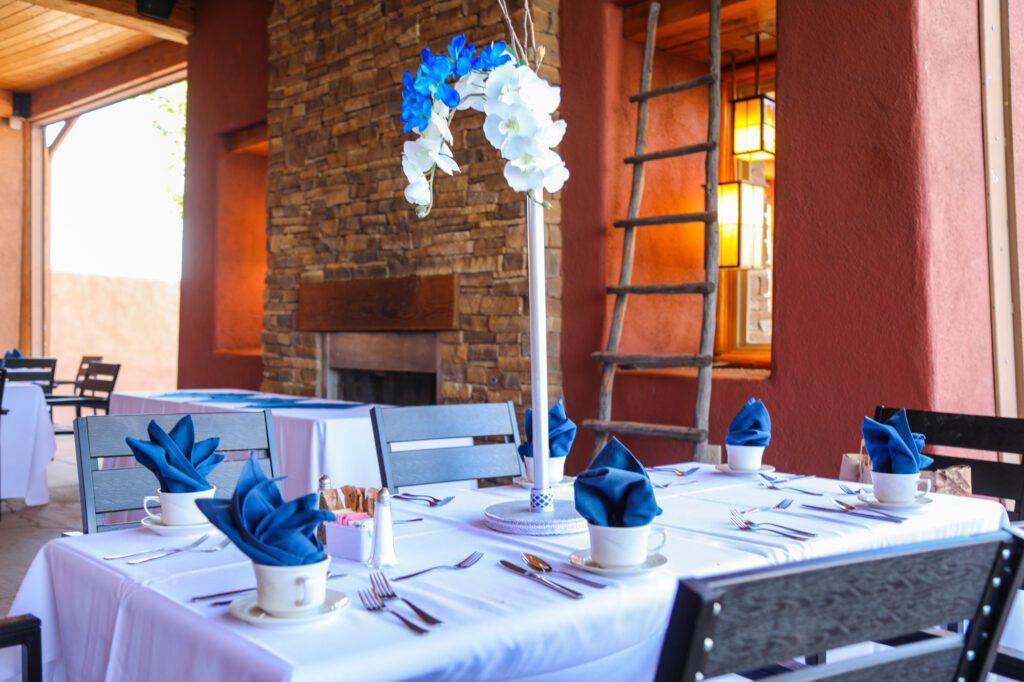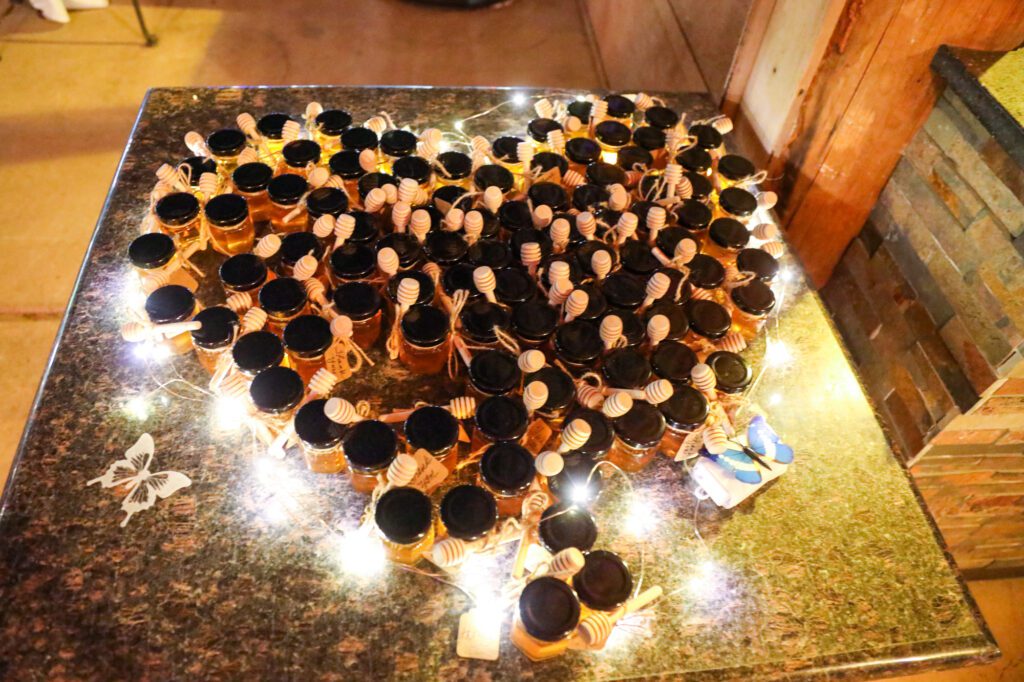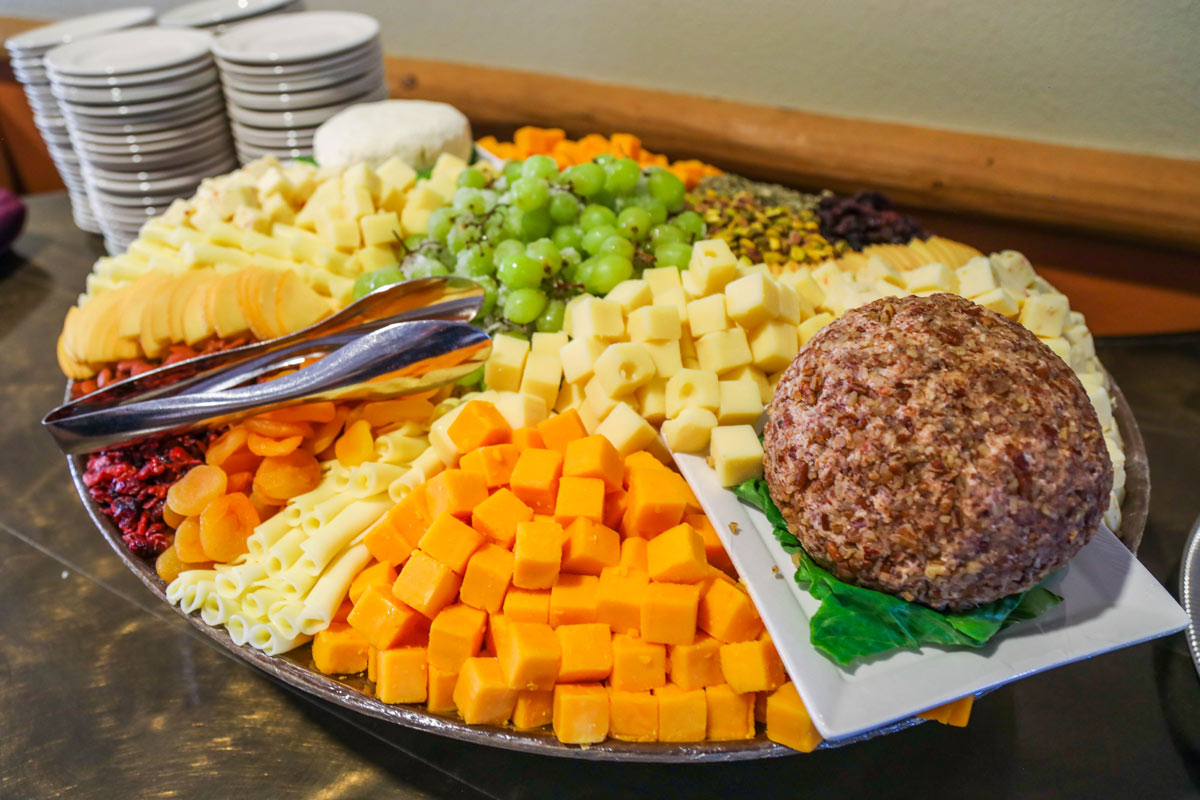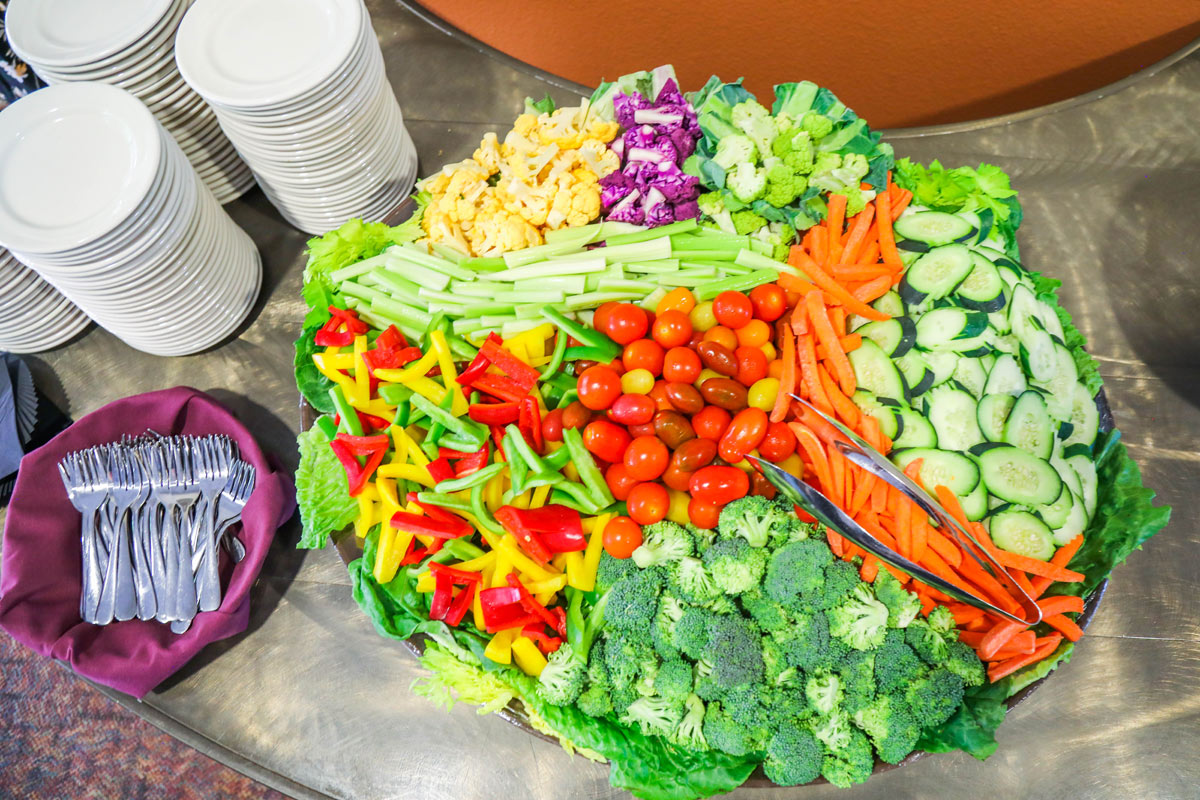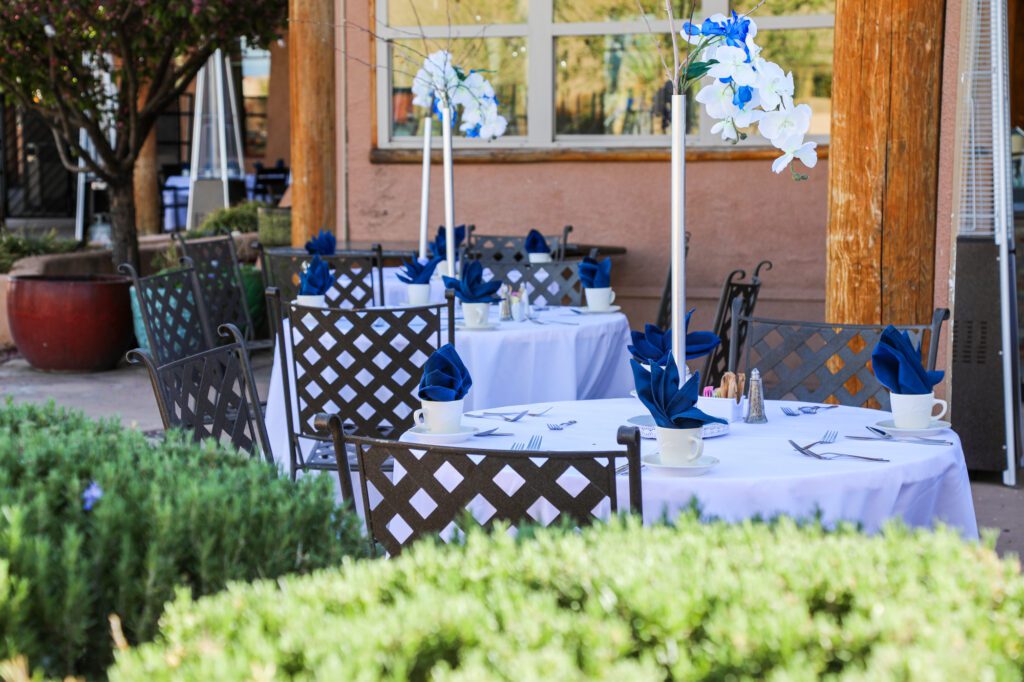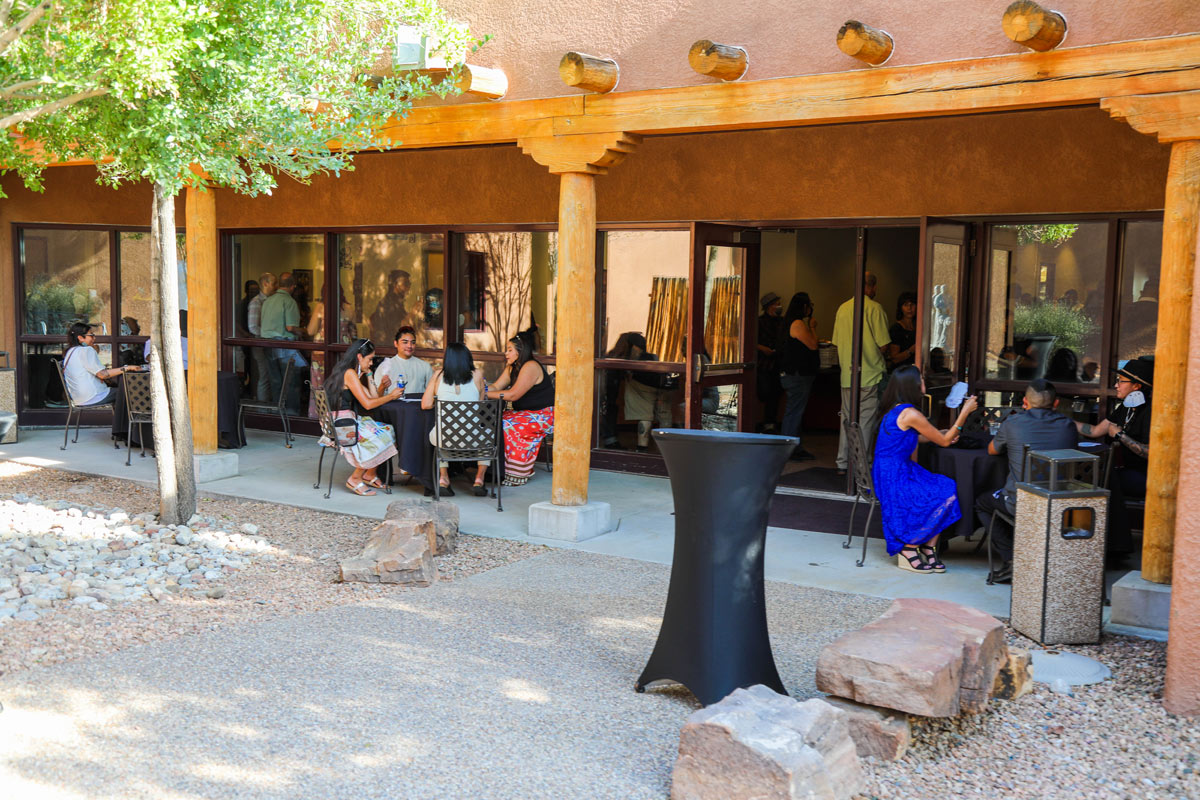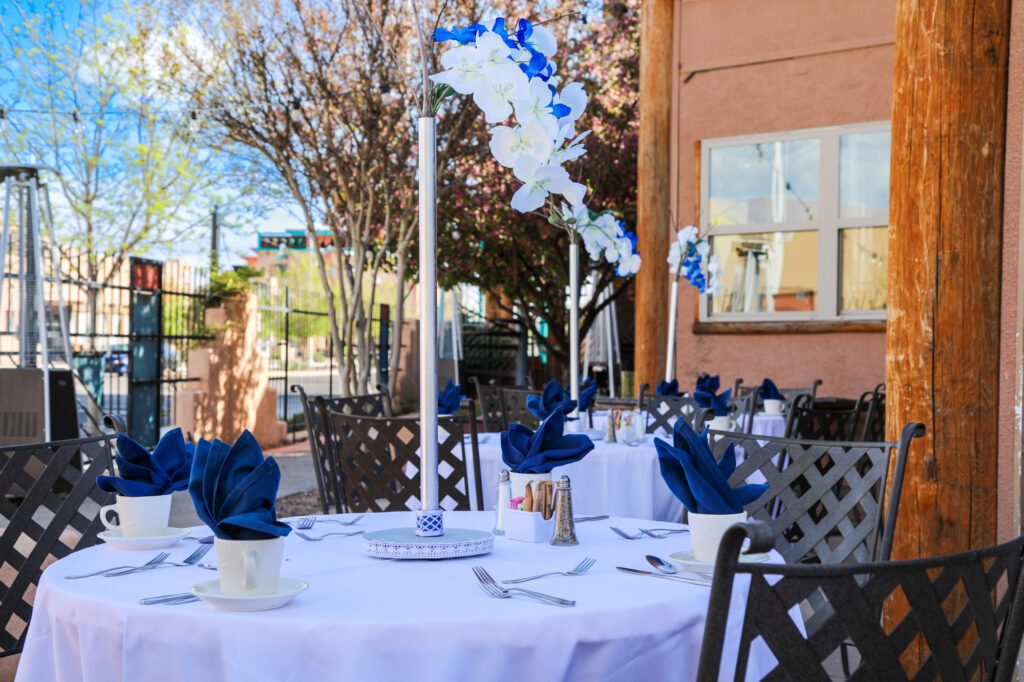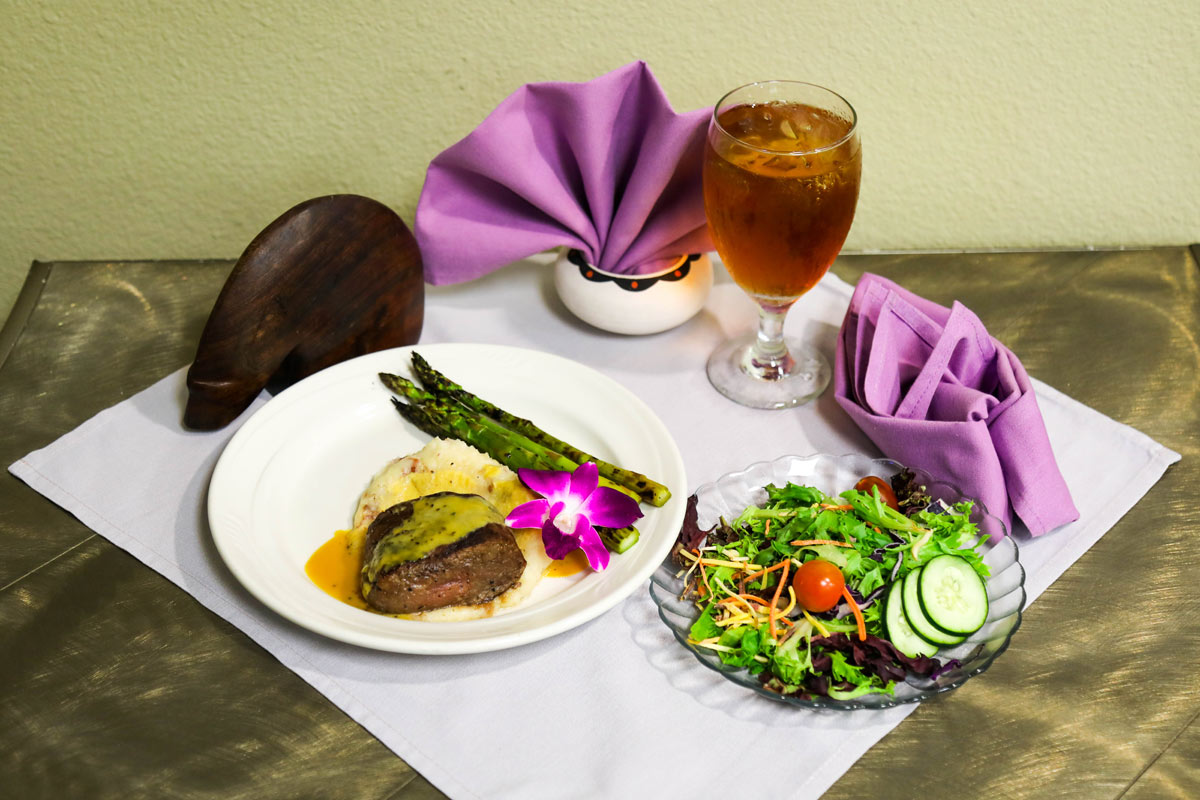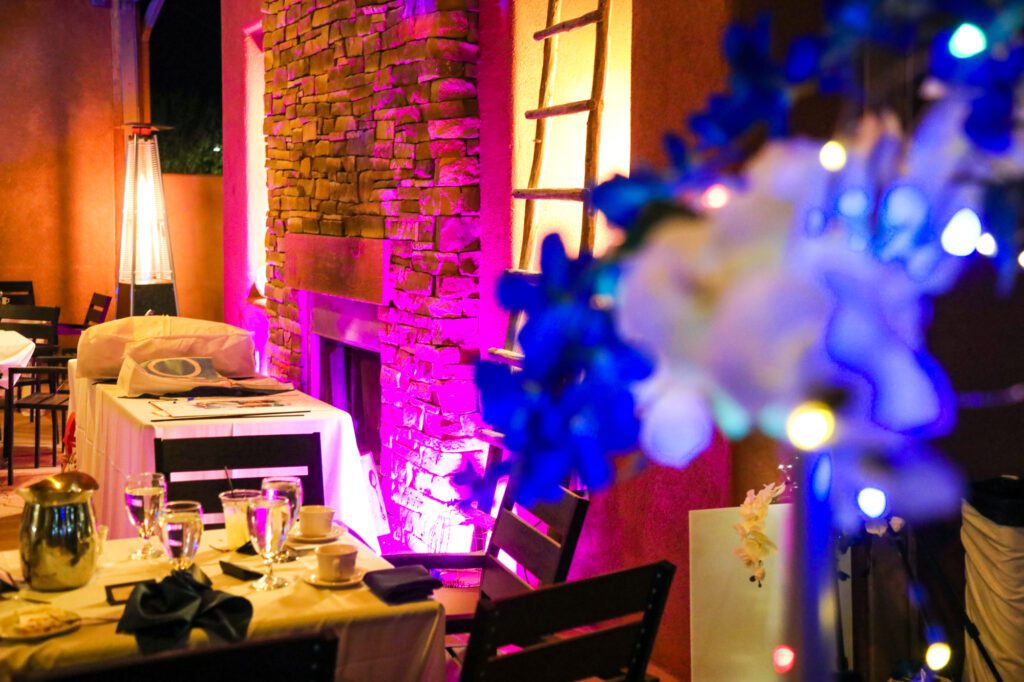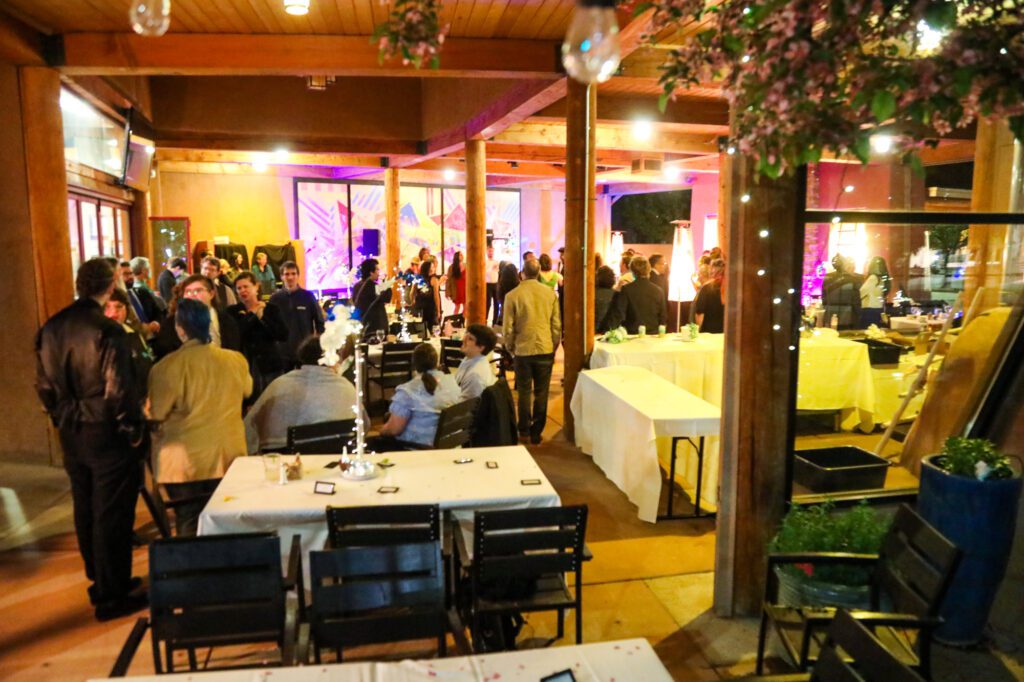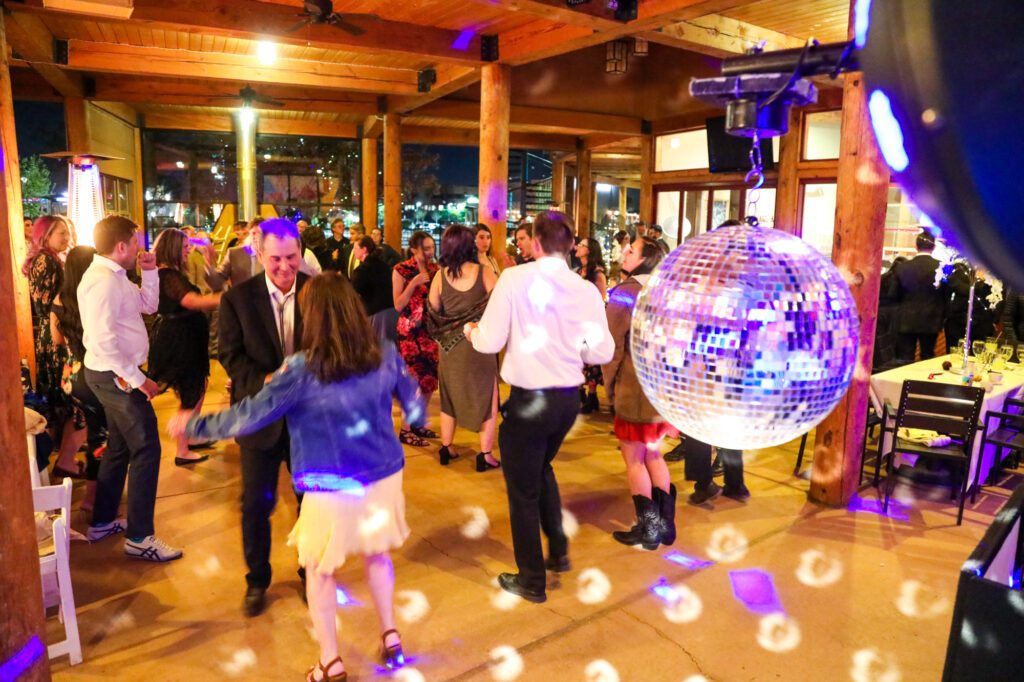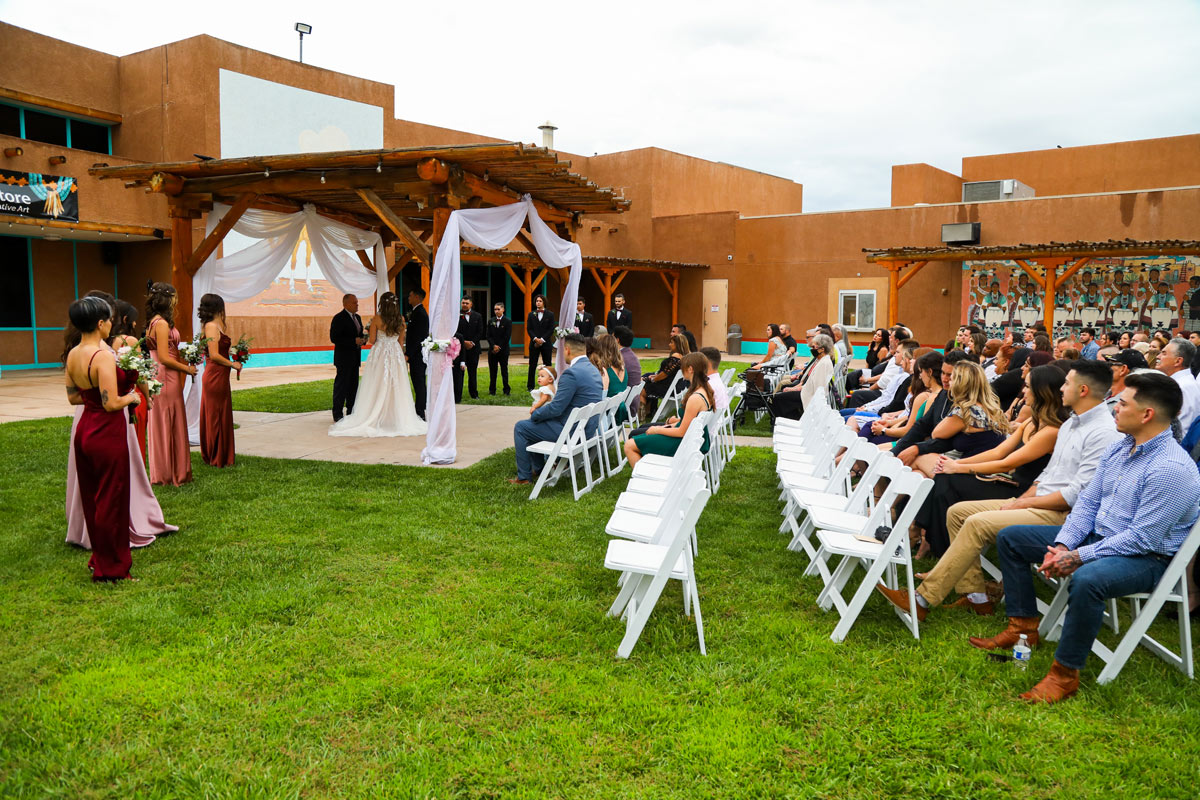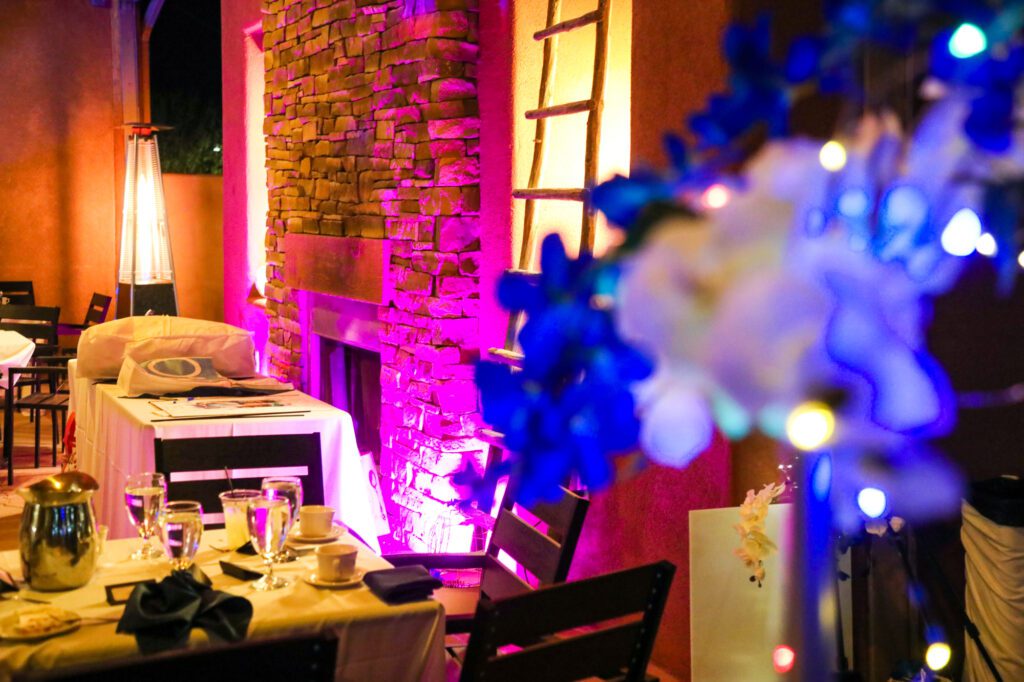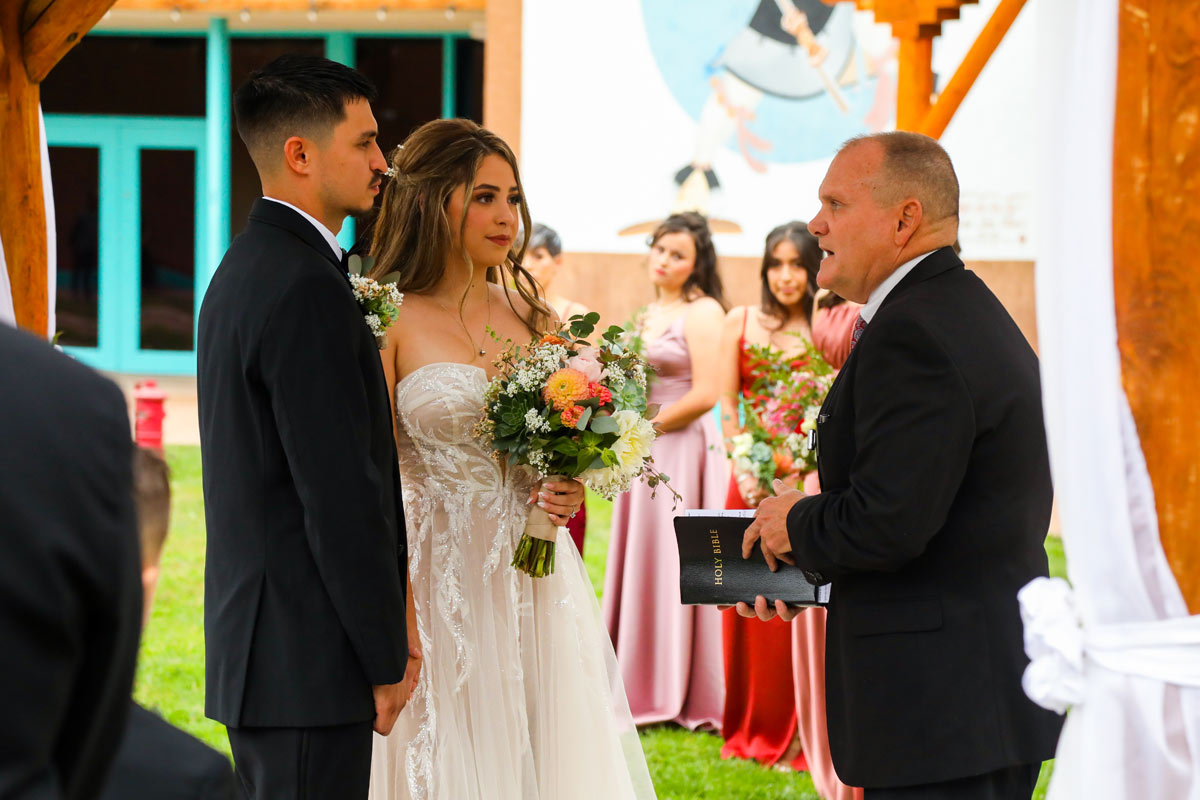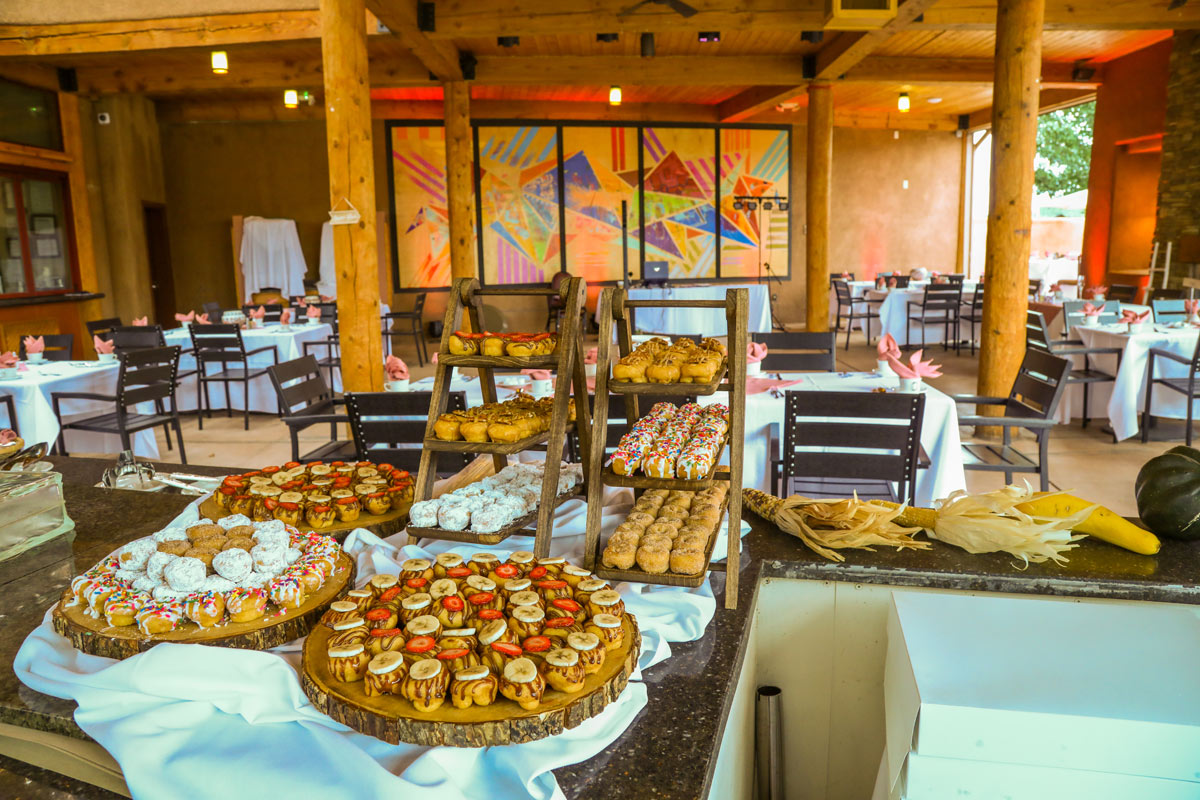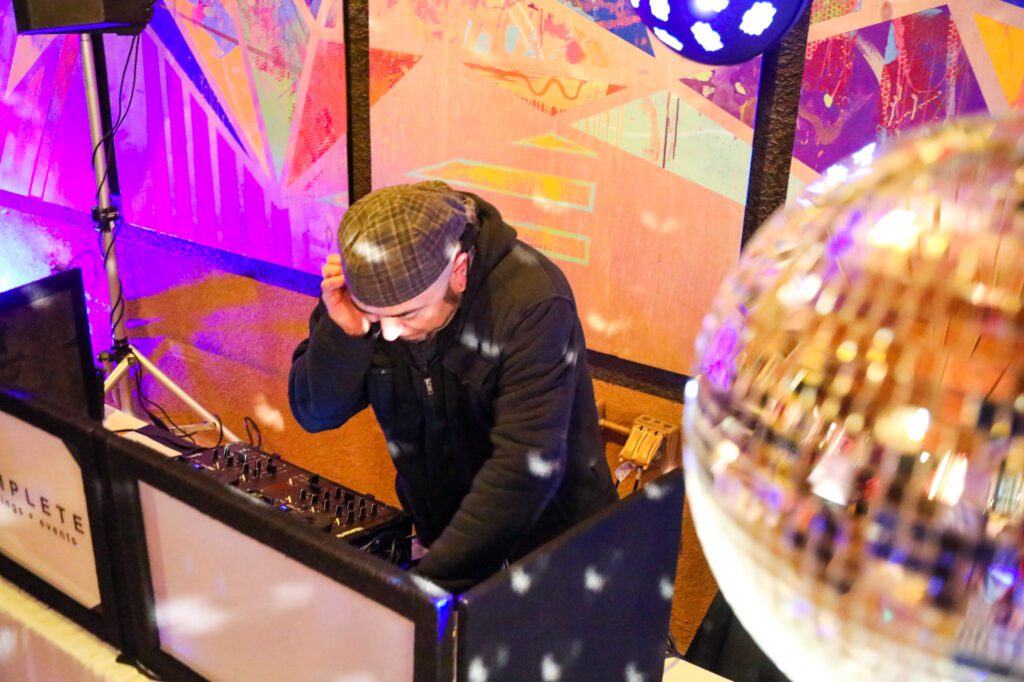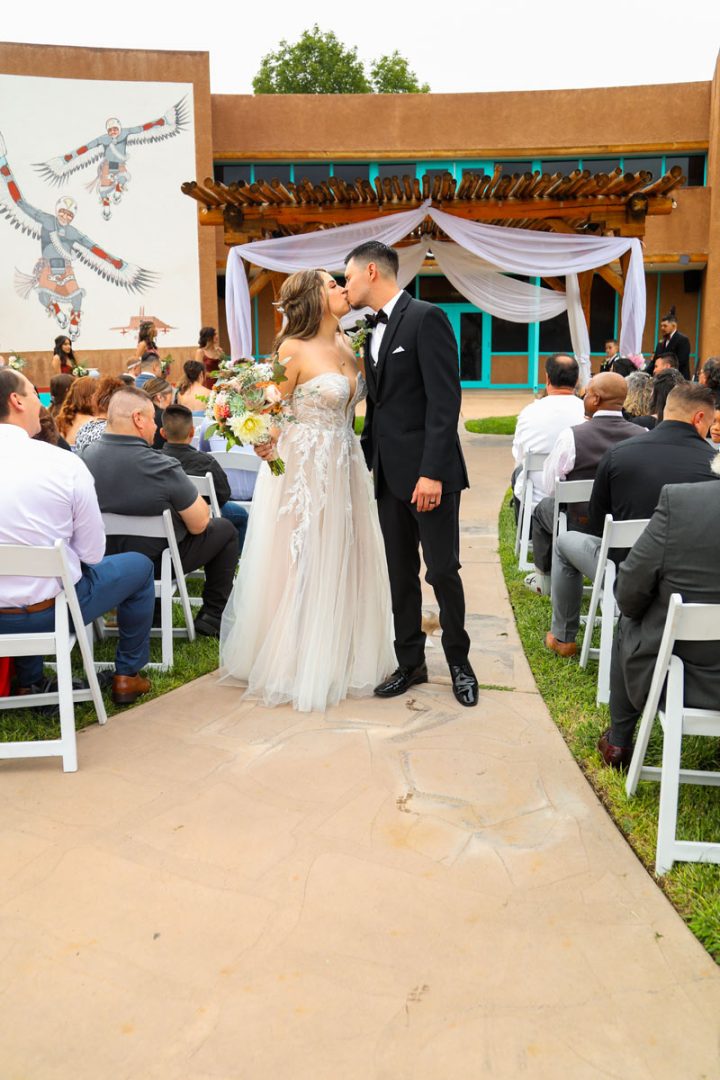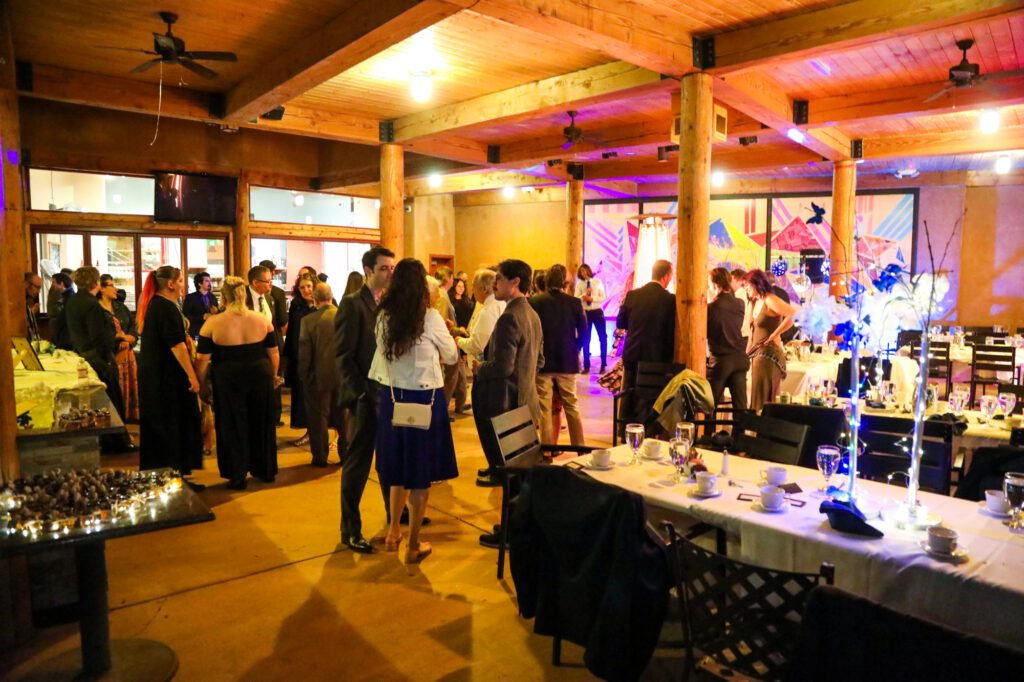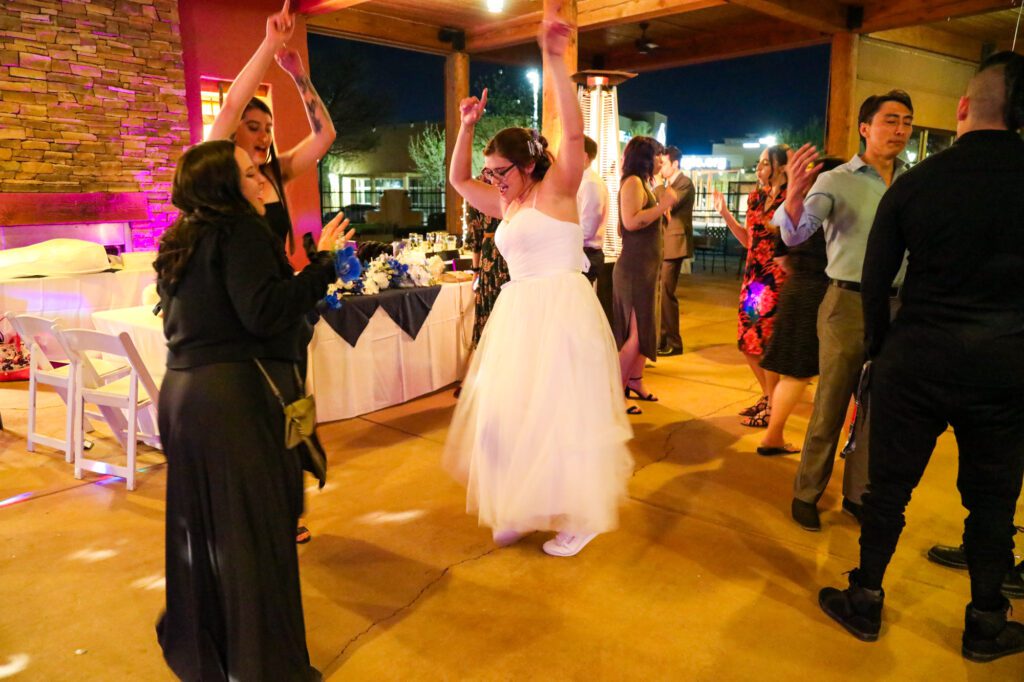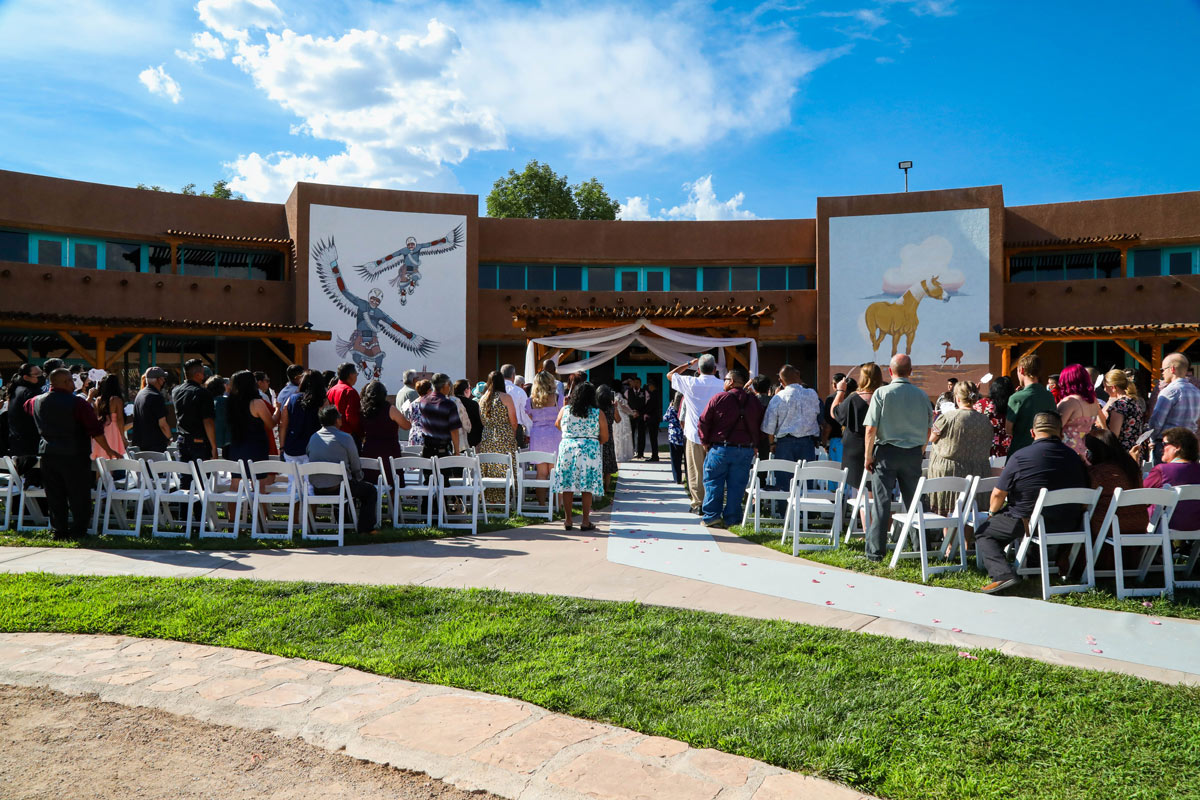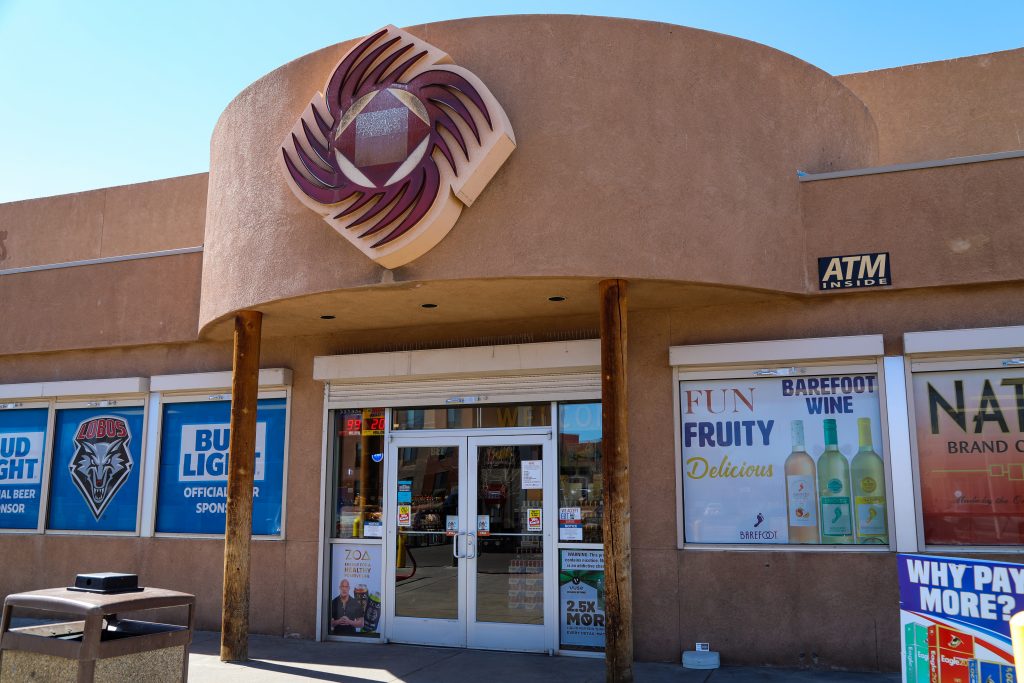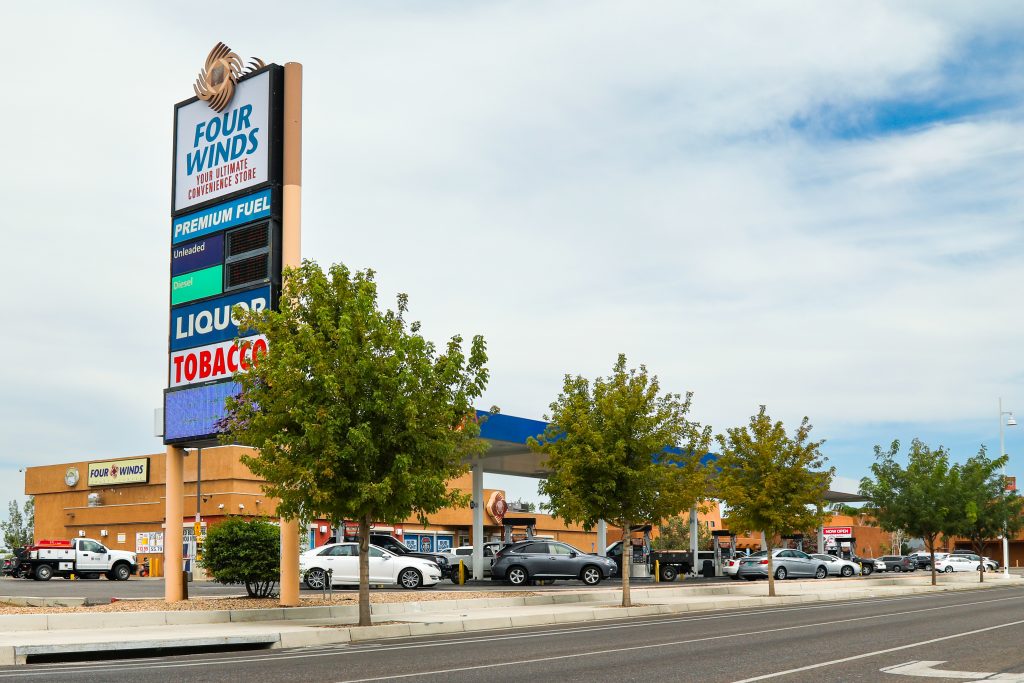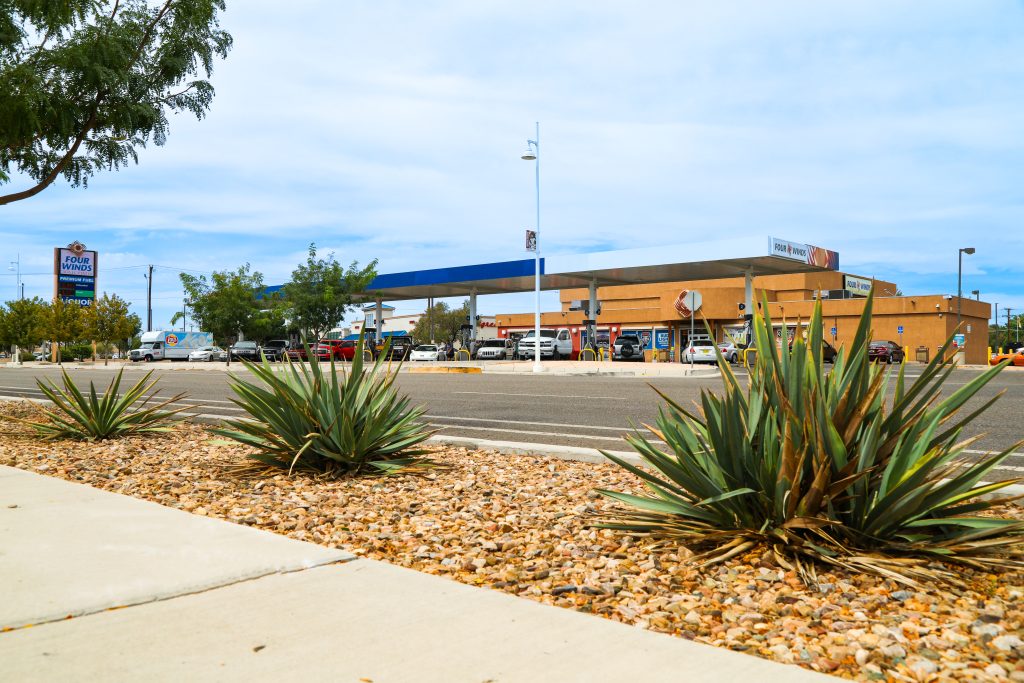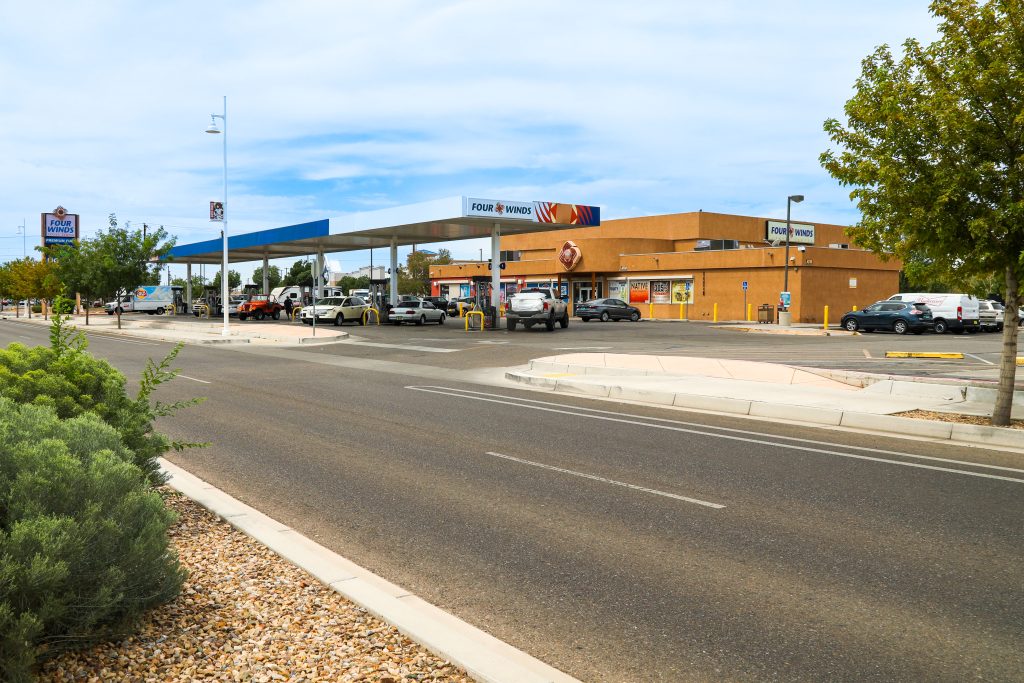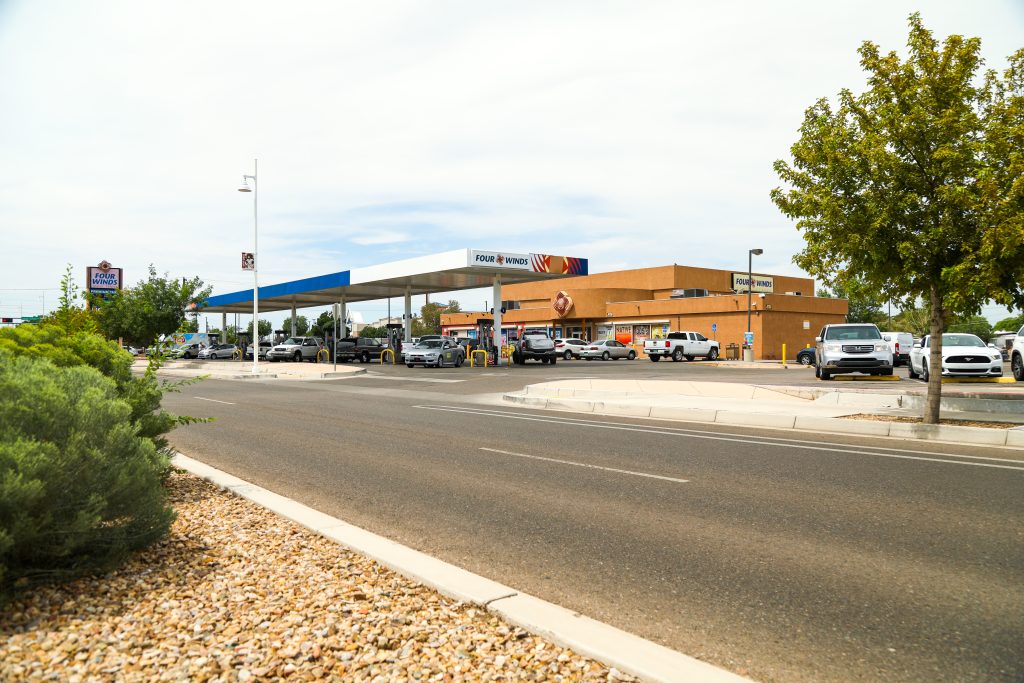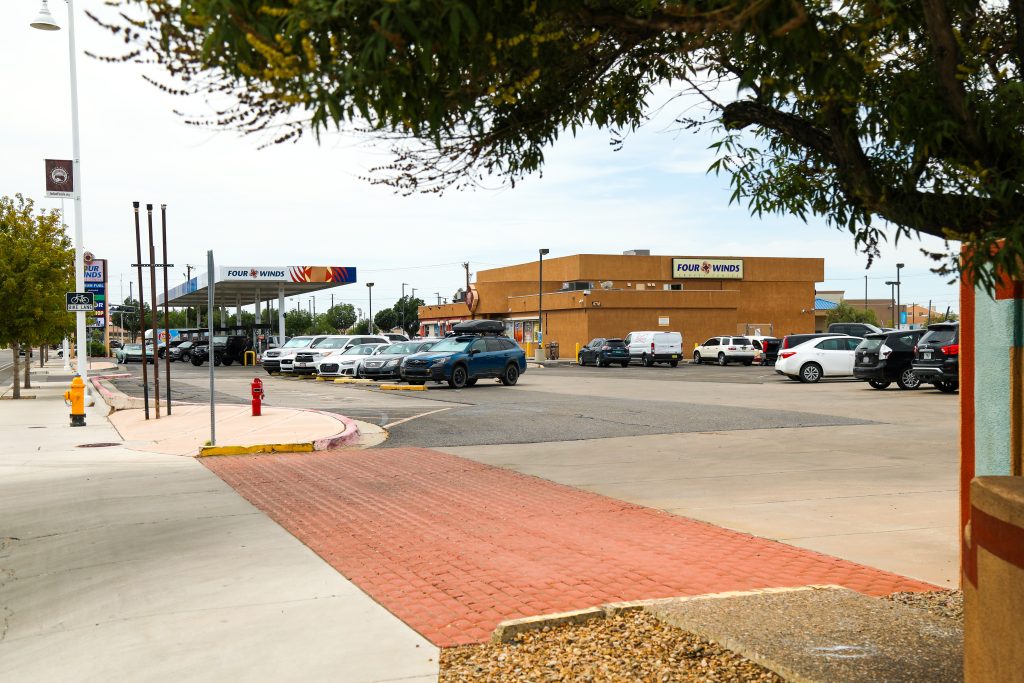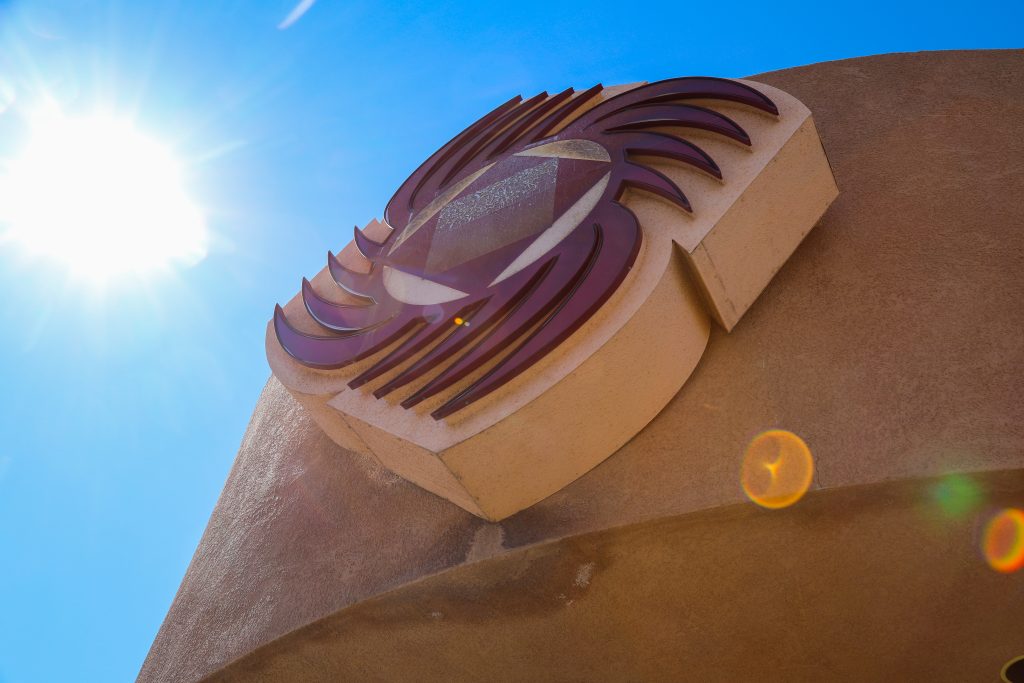Storytelling 2021
December 2, 2021
As the months grow colder and the days shorter, people take to indoor activities. Traditionally, winter is when storytelling occurred. Intergenerational family members had more time together, as well as community gatherings.
Indigenous storytelling is often oral – stories, songs, chants, and prayers – and suffused with rituals and spiritual nature. It is the oldest form of knowledge transfer from generation to generation. Visual storytelling takes the form of sculptures, pottery, paintings, petroglyphs, and physical movement.
Stories are a timeline that connects the past, present, and future. Stories are about identity – who you are in relation to your clan and community – and the continuity of that identity. Stories are tied to place – from how you got here to how to use natural resources for survival and what dangerous places to avoid.
In some cultures, storytellers are born into the responsibility of properly learning the stories and passing the knowledge to succeeding generations. Those chosen to be storytellers are trained and apprenticed and are given the right to know and share the traditional knowledge.
Contemporary storytelling has expanded to various forms like comics and digital storytelling. These stories are told to raise awareness of social problems. It can be a source of healing and a testimony of resilience.
Pueblo Storytelling
Indigenous storytelling is more than entertainment and something to pass the time. History, values, beliefs, origins, and identity are embedded in Indigenous stories. Stories teach about life, relationships, and interconnections.
Emmett “Shkeme” Garcia (Tamaya/Santa Ana and Walatowa/Jemez) is an award-winning children’s author and storyteller. He tells creation stories, coyote trickster tales, and how the animals came to be. What goes around, comes around, is a recurring theme, but all stories end on a positive note. (Rio Grande Sun)
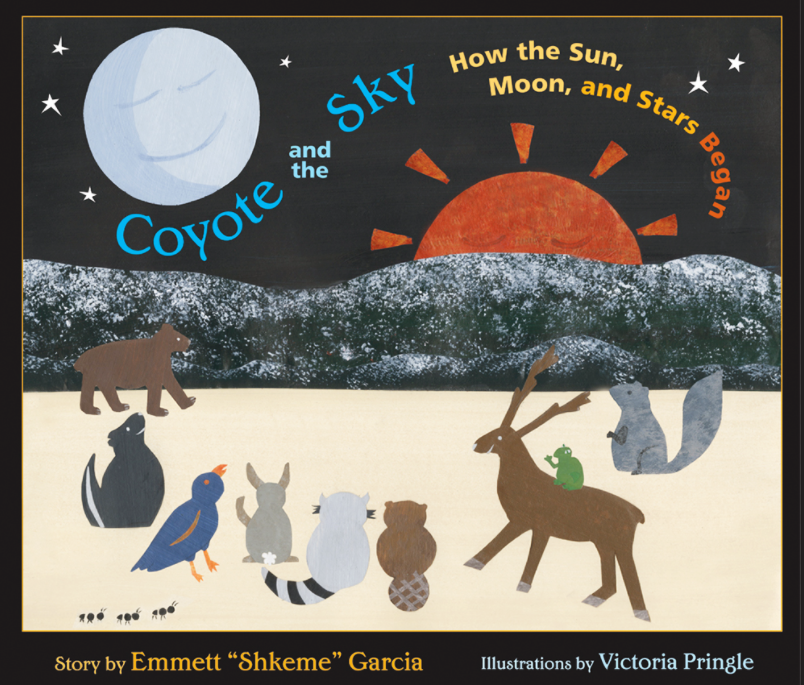
Coyote and the Sky: How the Sun, Moon, and Stars Began
This tale of squirrel, rabbit, badger, and coyote shares the Sana Ana Pueblo story of how the sun, moon, and stars came to be, but also teaches us an important lesson of what happens to animals, or people, when they refuse to obey instructions.
Age range 8-12 years; Grades 4-6
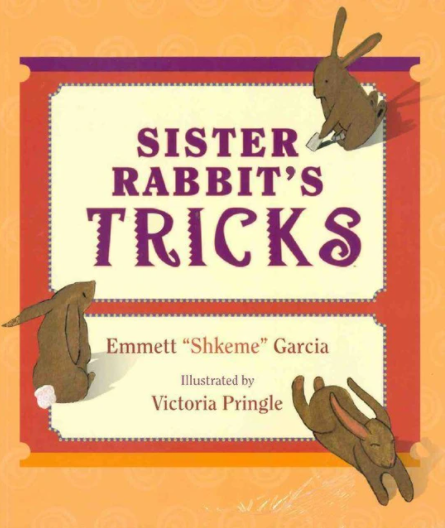
Sister Rabbit enjoys visiting her friends and relatives in the forest. She also enjoys playing tricks on the other animals and sometimes Sister Rabbit’s tricks get her into trouble.
Inspired by the many rabbit stories from the Pueblos of New Mexico, this story of Sister Rabbit and her antics show us that a trickster animal, wily and lovable, can fool her friends but also needs to learn lessons about how to get along in life.
Grade: Preschool – 2
Watch Stories by the Fireside online December 4, 11, and 25. Join us in person on December 18 from 5-7 pm. More details.
Indigenous Australian Storytelling
Traditional cultural knowledge is passed through Indigenous Australian storytelling. The oral representation of storytelling is Dreamtime and can take the acoustic form of music, visual in various forms of art, geographical in land formations and locations, and in spiritual and ritual customs. These stories are handed down through generations and belong to a community. Stories are the basis of identity – a connection to land and place.
ReTold (State Library of Queensland) is a collection of six online stories gathered in partnership with Torres Strait Islander language speakers and community members living in mainland Queensland, Australia. Reclaimed and retold from the perspective of the story owners, the stories are from Myths and Legends of Torres Strait (1970). Each story is told in the traditional language with transcriptions and translations.
VIDEO: The story of Biw told by Harriet Ober in Kalaw Kawaw Ya, a dialect of Kala Lagaw Ya, a Western Torres Strait language.
Biw, the mangrove pod, and Githalay, the crab trigger, create a chain of events that end in the sea becoming salty.
VIDEO: The story of Gelam told by Elimo Tapim in Meriam Mir, an Eastern Torres Strait language.
A mother’s trickery and lies cause Gelam, a skillful hunter, to fell his island in a wooden dugong and travel eastward – a journey that eventuates in the creation of the islands of Mer, Waier, and Dauar.
More stories here: Storytelling in Aboriginal and Torres Strait Islander cultures
Western Africa
Griots are oral historians trained to recite the history, myths, and cultural beliefs of a given kingdom or village. The duty of the griot in African society centered on identity; they tell the people who they are, where they came from, and where they are supposed to go. (Audible)
Griots were attached to the royal court to recount tribal history, composing commemorative songs, and perform in tribal ceremonies such as weddings or the naming of a child. To be a griot, one must be born into a family of griot. Contemporary life – education and jobs – can interfere with succession because decisions can disrupt tradition causing the children to not learn and inherit the tradition.
Female griot roles are singing and dancing with the music. The songs are epic narratives that recount the history of clans or tribes, people, places, and events that happened within a society.
Alhaji Papa Susso (Republic of The Gambia, West Africa) performs a traditional griot song on the kora, a 21-string long-necked harp-lute. Accompanied on the balafon by Wuye Jassey.
Helen Cordero Storyteller Figurines
As an alternative to creating leather and beadwork pieces, Helen Cordero (Cochiti Pueblo, 1915-1994) begin to make bowls and pitchers. Her cousin suggested she try pottery figures instead, birds, animals, and eventually, people. Helen begins to create the traditional figurine of a female holding a child known as the Singing Mother. As she shaped the forms, she kept seeing her grandfather, Santiago Quintana. He was a good storyteller, always surrounded by his many grandchildren as he told them stories.
Using the traditional design, she turned the figurine male and attached various numbers of children to him. She named him Storyteller. “His eyes are closed because he is thinking; his mouth is open because he is singing.” (National Endowment for the Arts)
Helen’s storyteller figurines have won numerous awards and been exhibited in museums across the United States and Canada. In 1985, she was honored as a Santa Fe (NM) Living Treasure. The following year, she was awarded a National Heritage Fellowship, the U.S. government’s highest honor in the folk and traditional arts. Helen Cordero Primary School in southwest Albuquerque (NM) is named for her.
__________
References
Artlandish Aboriginal Art Gallery. (n.d.) Aboriginal Dreamtime. https://www.aboriginal-art-australia.com/aboriginal-art-library/aboriginal-dreamtime/
Artlandish Aboriginal Art Gallery. (n.d.) Understanding Aboriginal Dreamings. https://www.aboriginal-art-australia.com/aboriginal-art-library/understanding-aboriginal-dreaming-and-the-dreamtime/
Audible. (2020, April 9) Interview with a griot. https://www.youtube.com/watch?v=d9wrTasaln8
IM Education. (2012, September) Joseph Bruchac – The Power of Stories. https://inspiredmindsedu.org/our-programs/servant-leadership-today/archived-episodes/joseph-bruchac-the-power-of-stories/
National Endowment for the Arts. (n.d.) Helen Cordero, Pueblo Potter. https://www.arts.gov/honors/heritage/helen-cordero
Rio Grande Sun. (2016, March 10) Storyteller Weaves Traditional Tales. http://www.riograndesun.com/news/education/storyteller-weaves-traditional-tales/article_8bc36df7-5d45-54f4-bb82-ddabbe6fa328.html
*The term Indigenous is used broadly to include those labeled Native American, American Indian, Alaska Native, Hawaiian, First Nations, Aboriginal, and others such as the Sami (Finland) and Ainu (Japan). Native American and American Indian are used interchangeably in this blog.
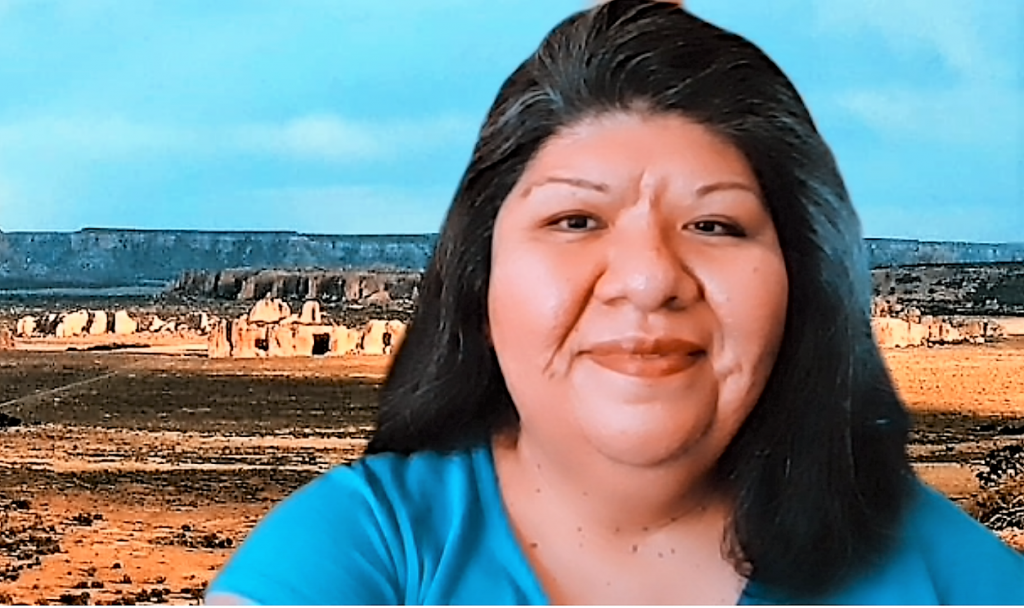
About the Author
Jonna C. Paden, Librarian and Archivist, is a tribally enrolled member of Acoma Pueblo. As part of the Circle of Learning cohort, she holds a Masters in Library and Information Science from San José State University where she focused on the career pathway of Archives and Records Management. She is also the archivist for the New Mexico Library Association (NMLA) and previous (2020) and current Chair for the New Mexico Library Association (NMLA) Native American Libraries – Special Interest Group (NALSIG).
